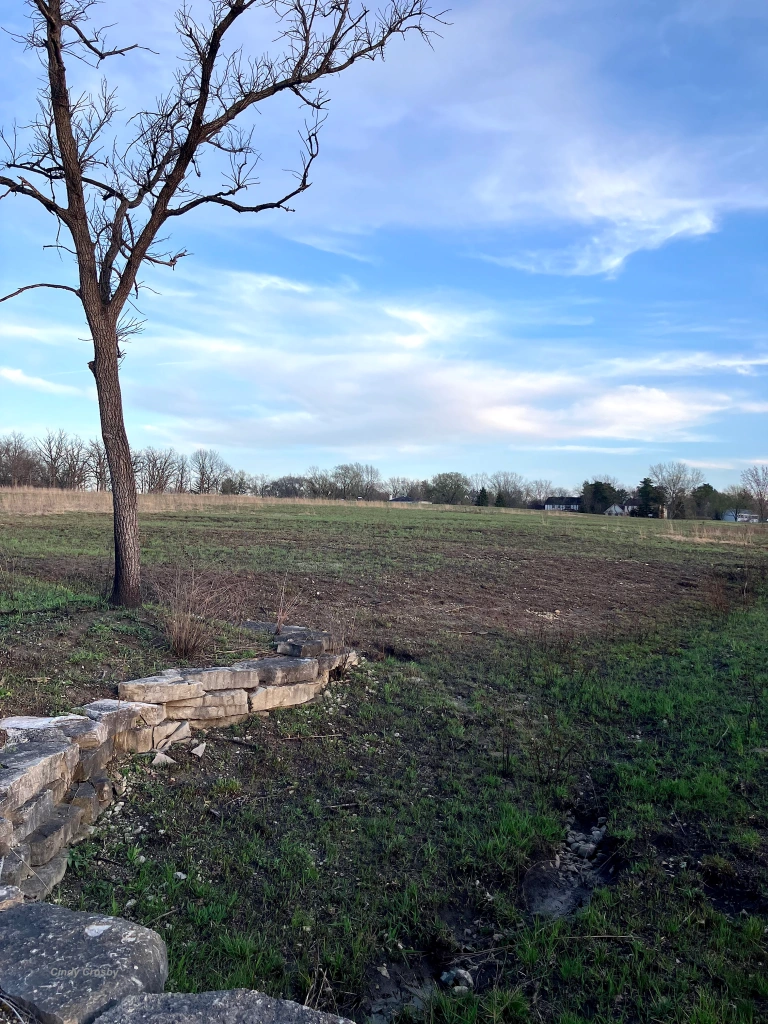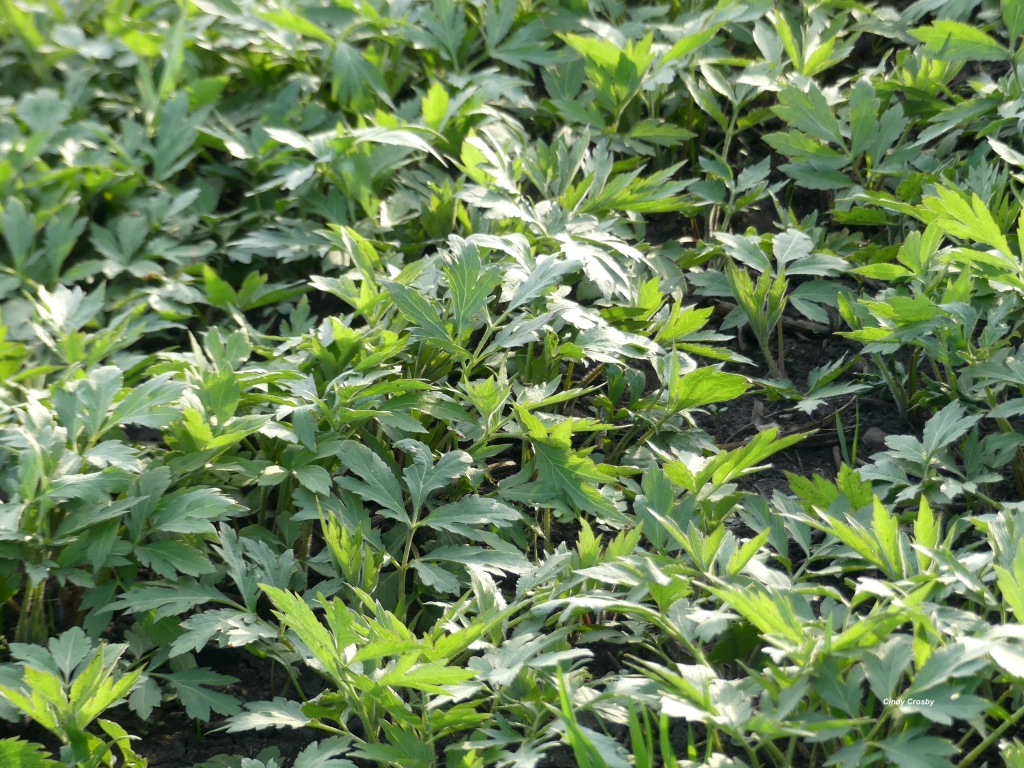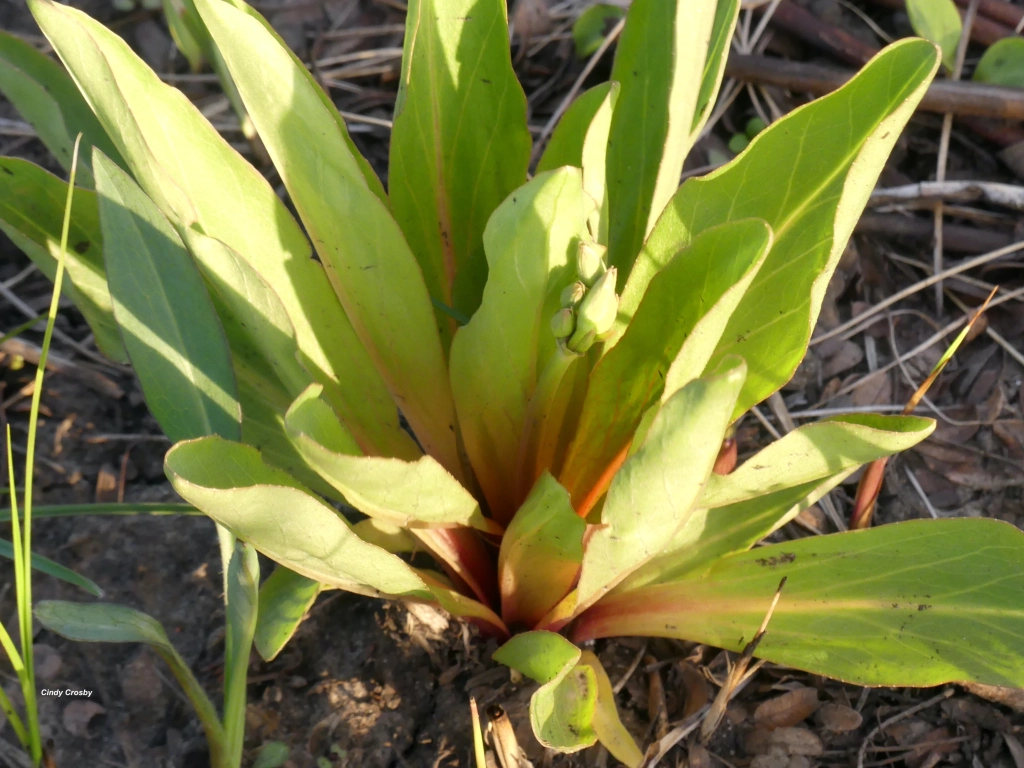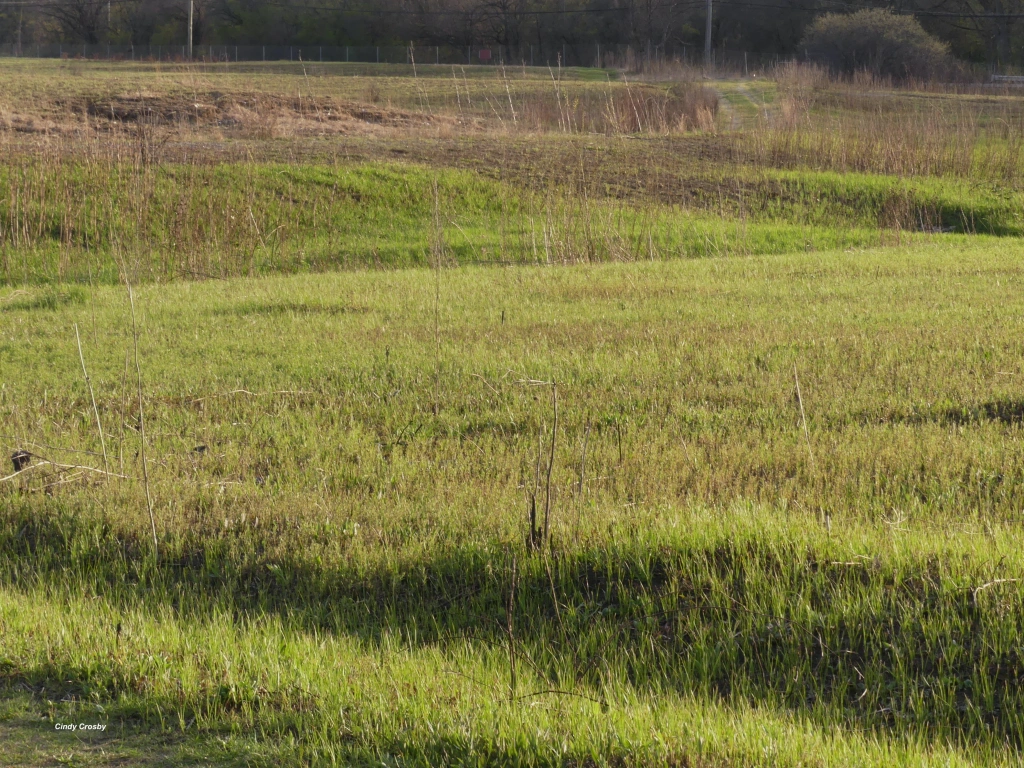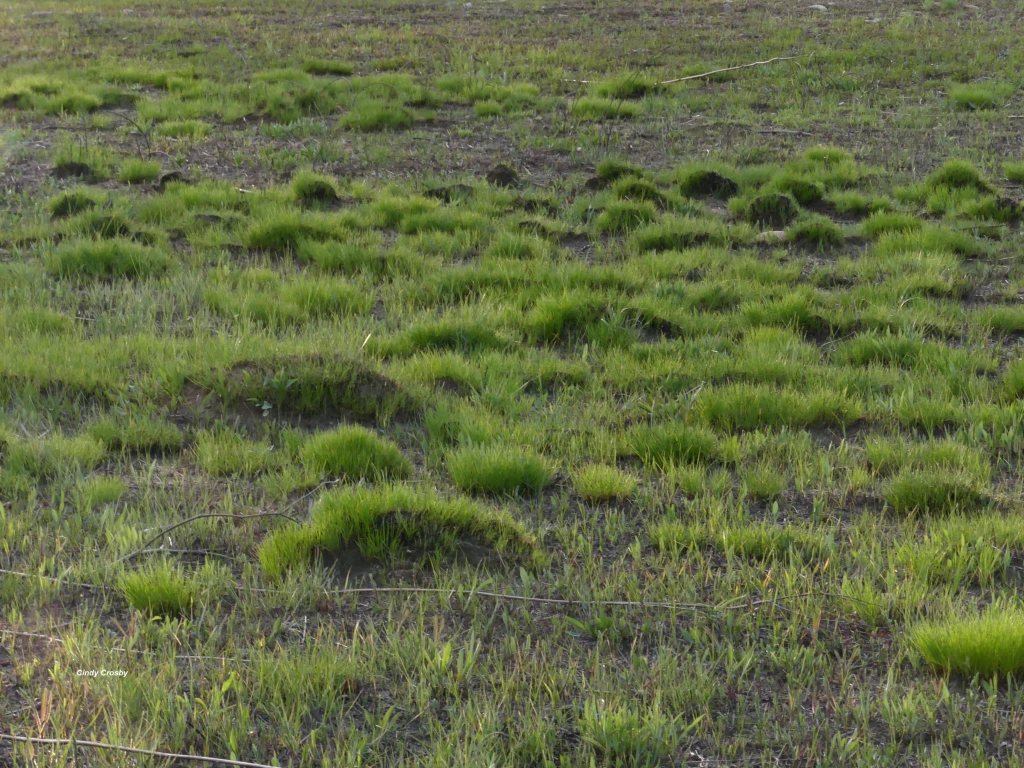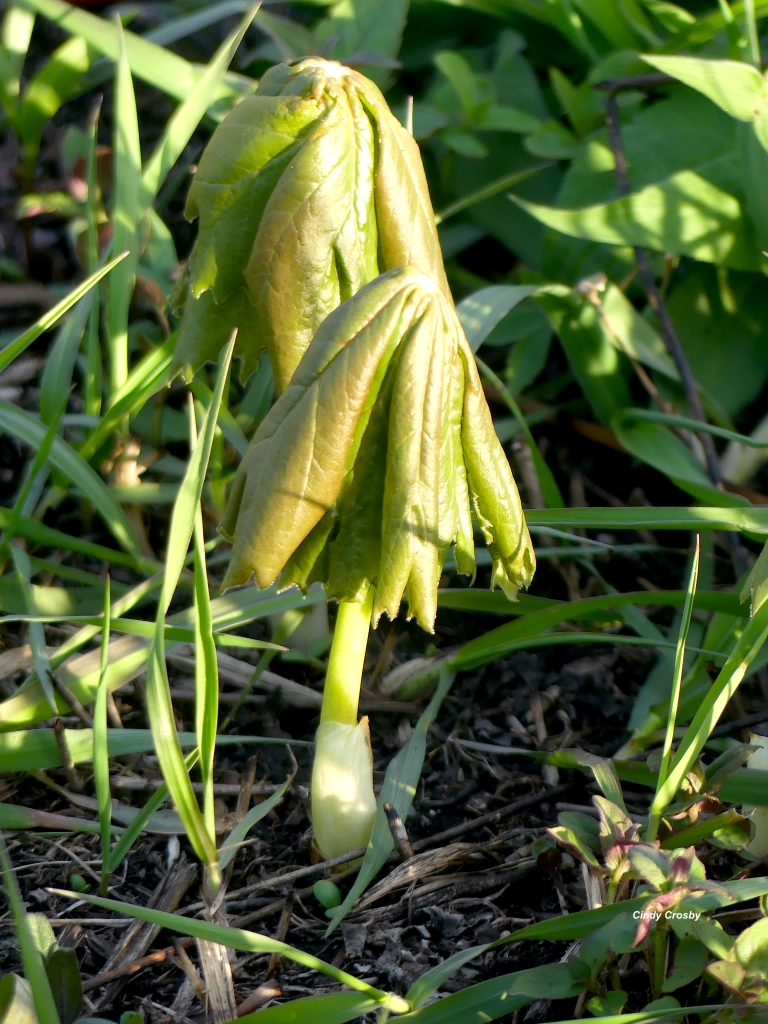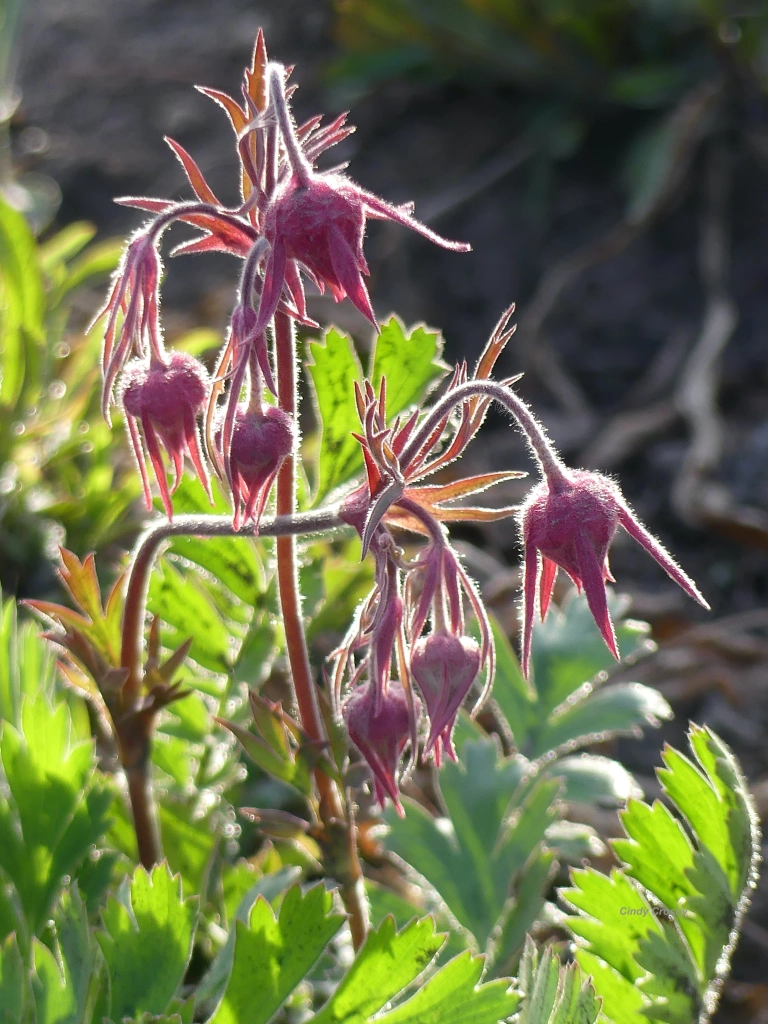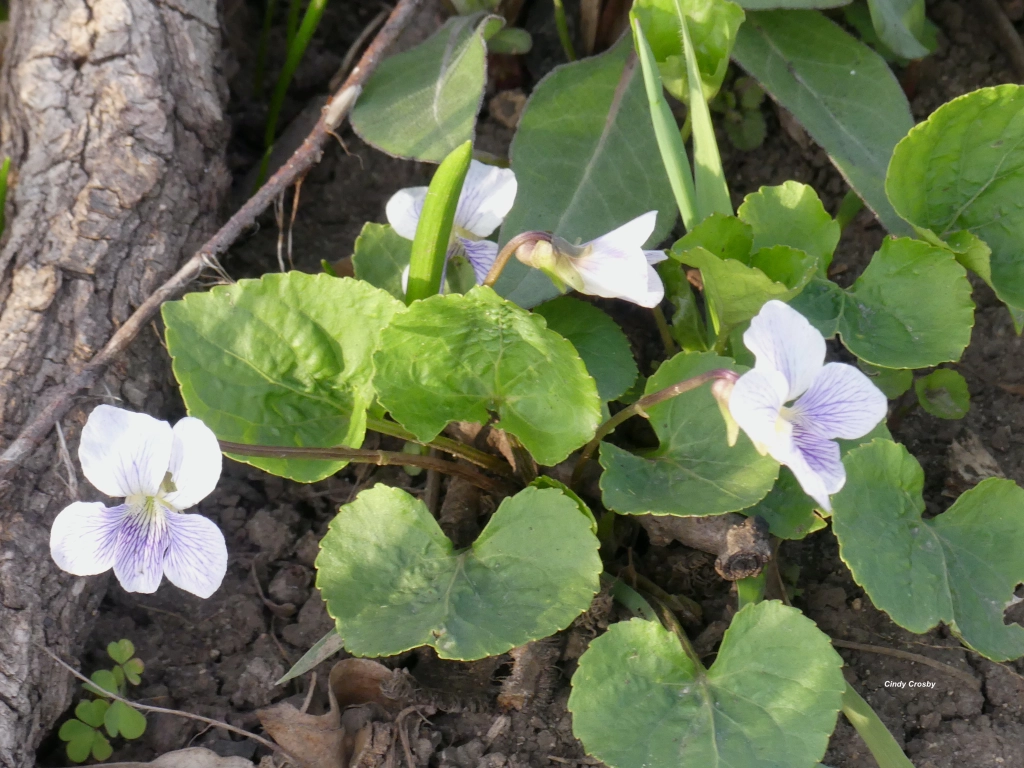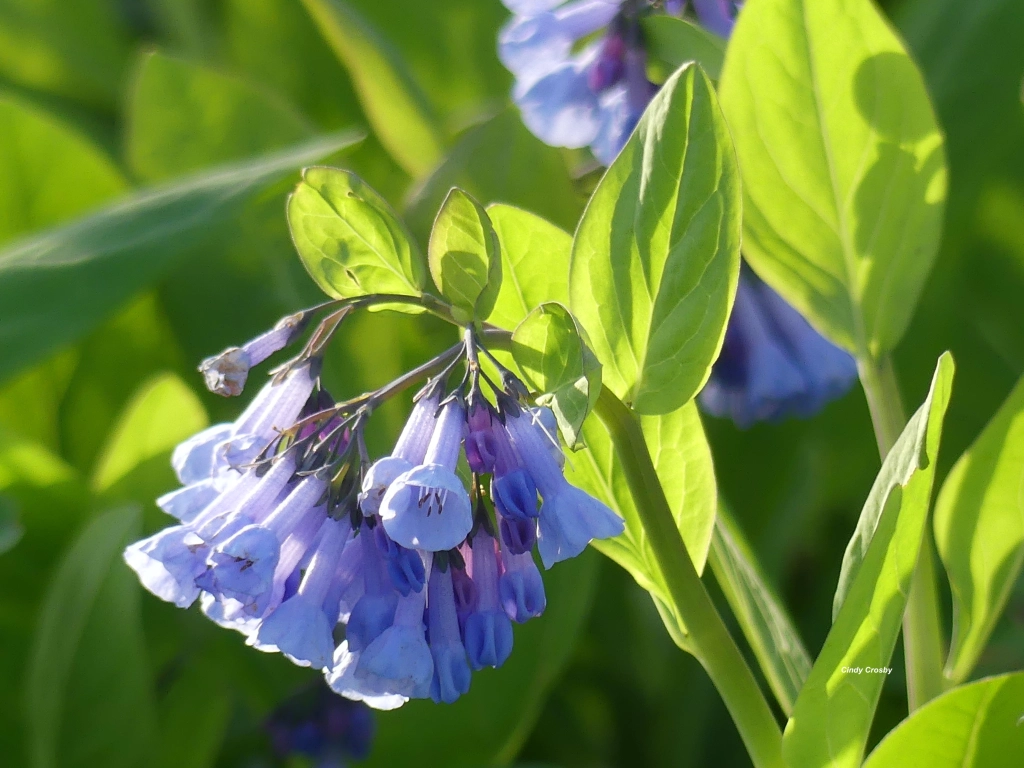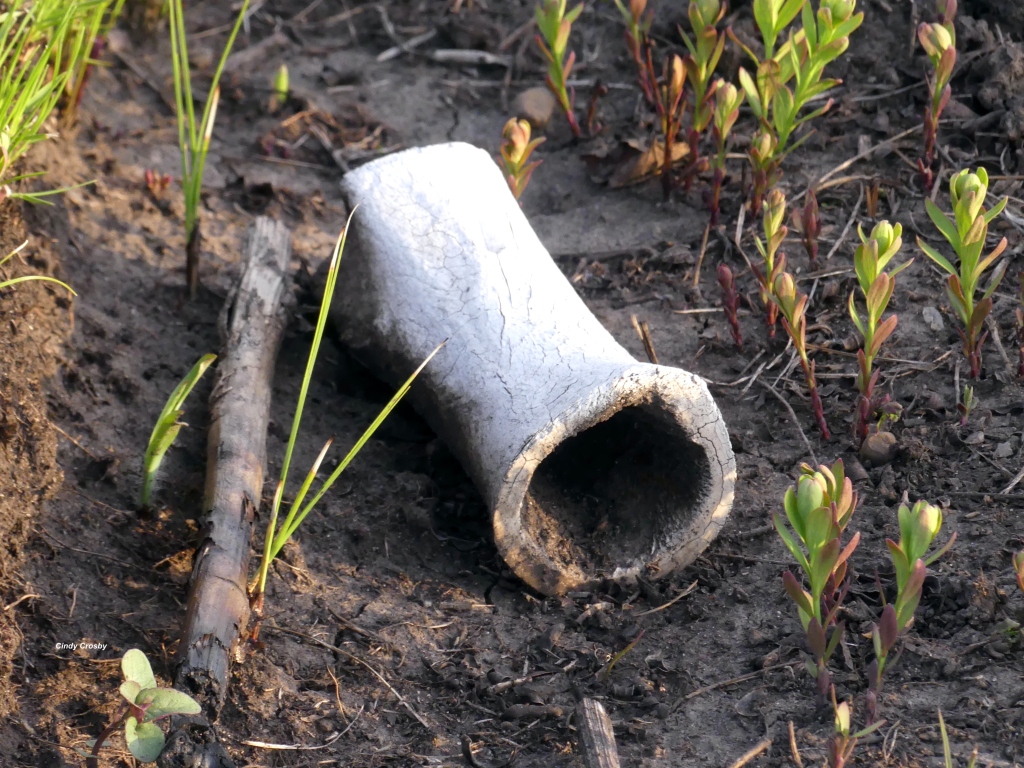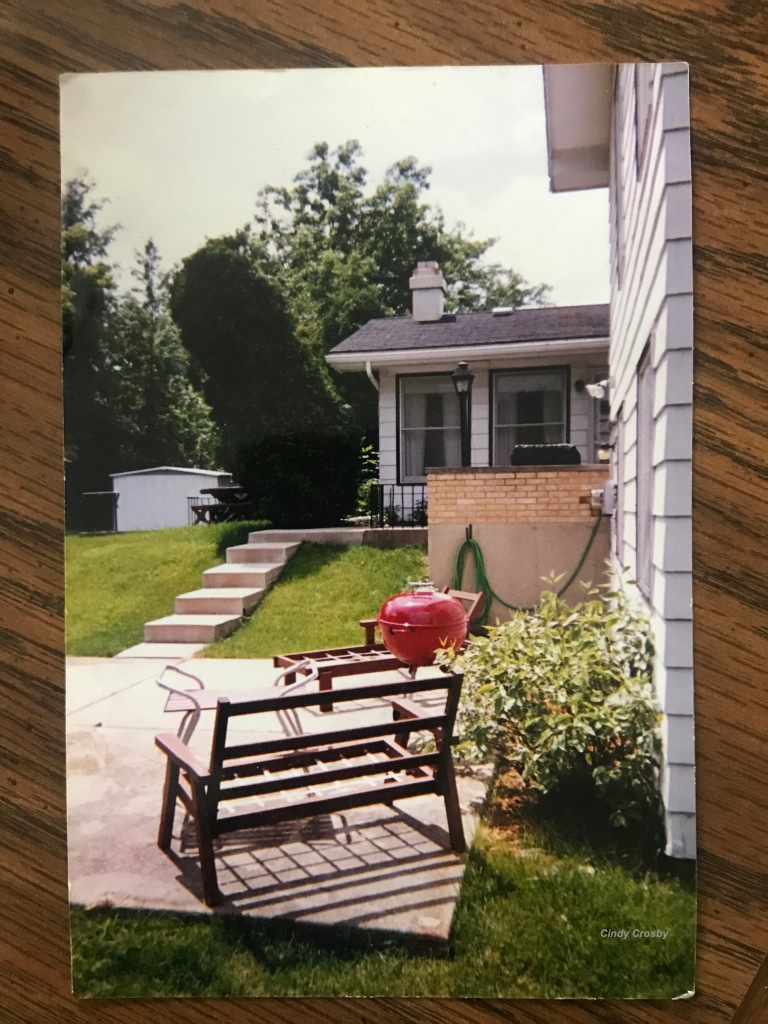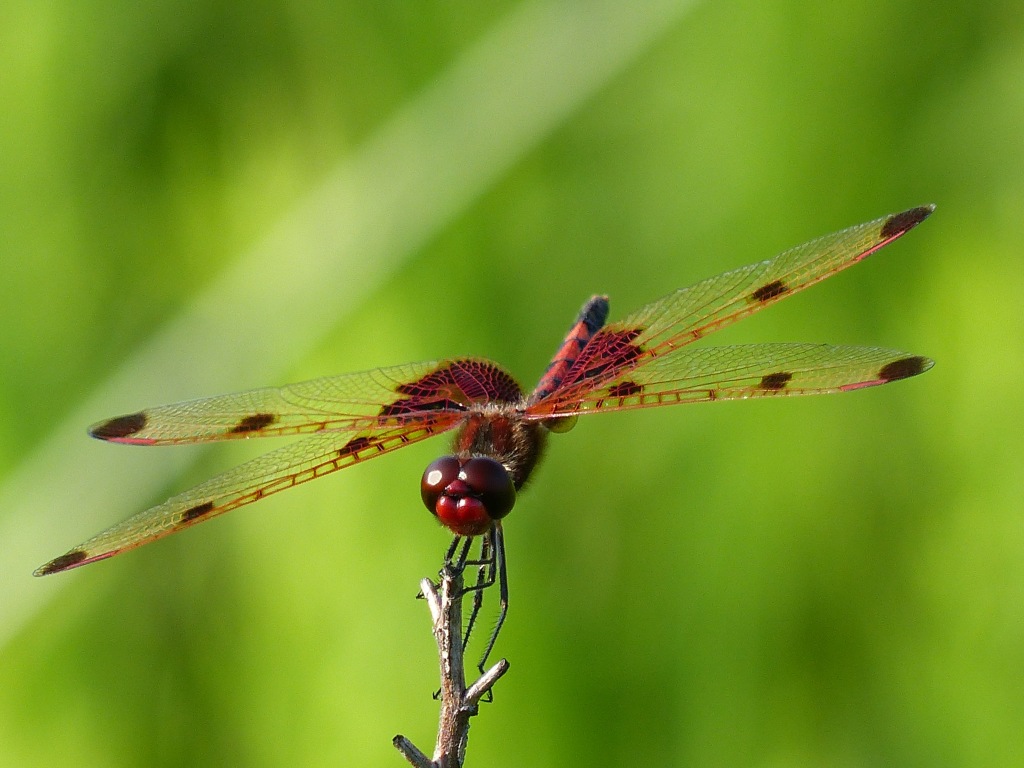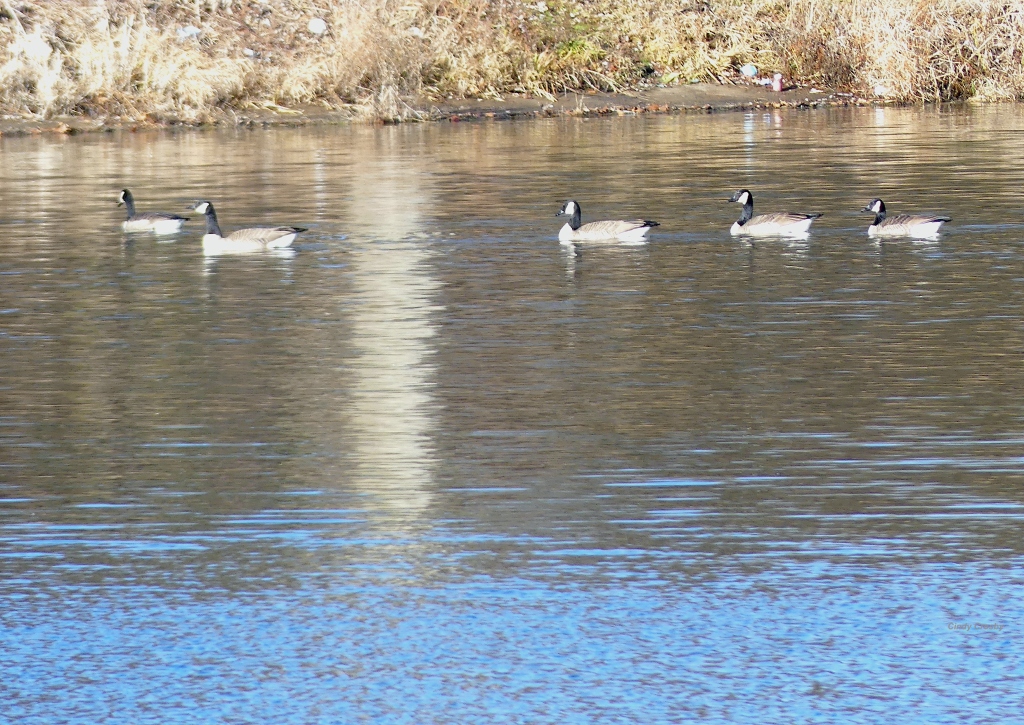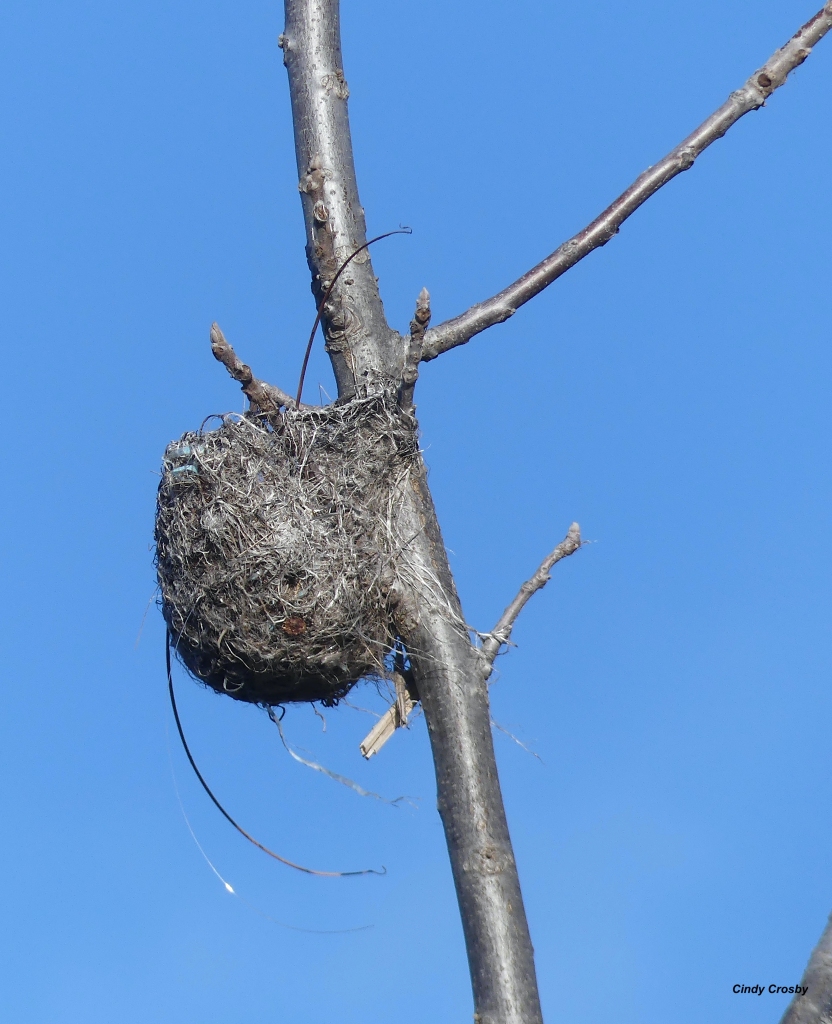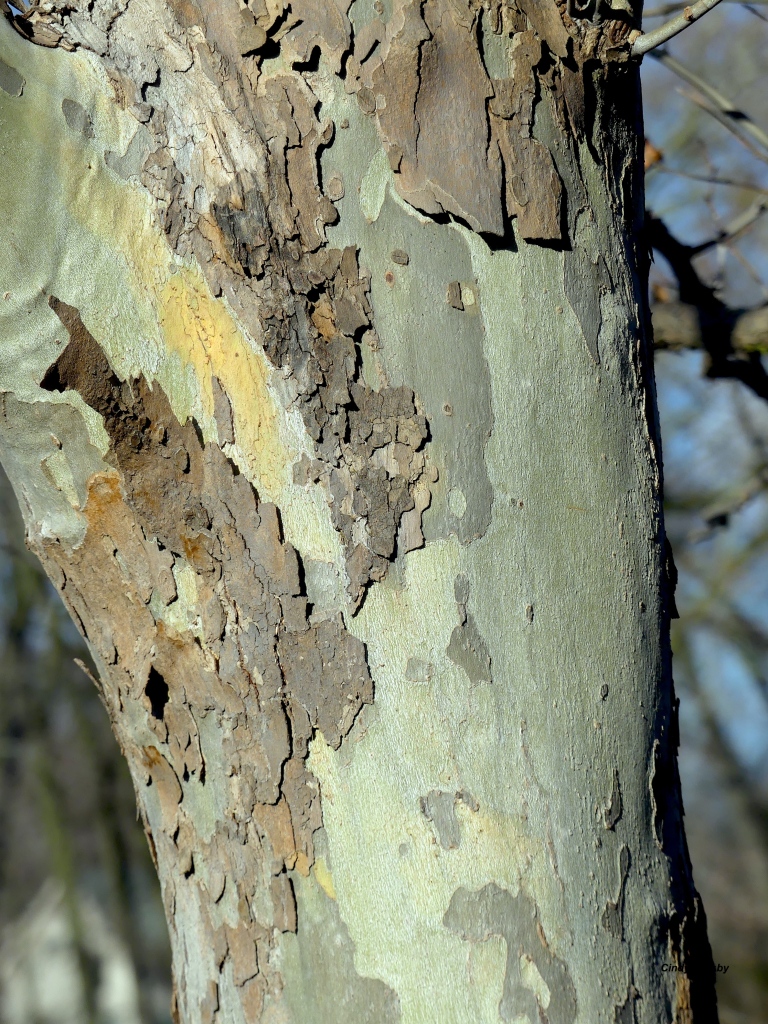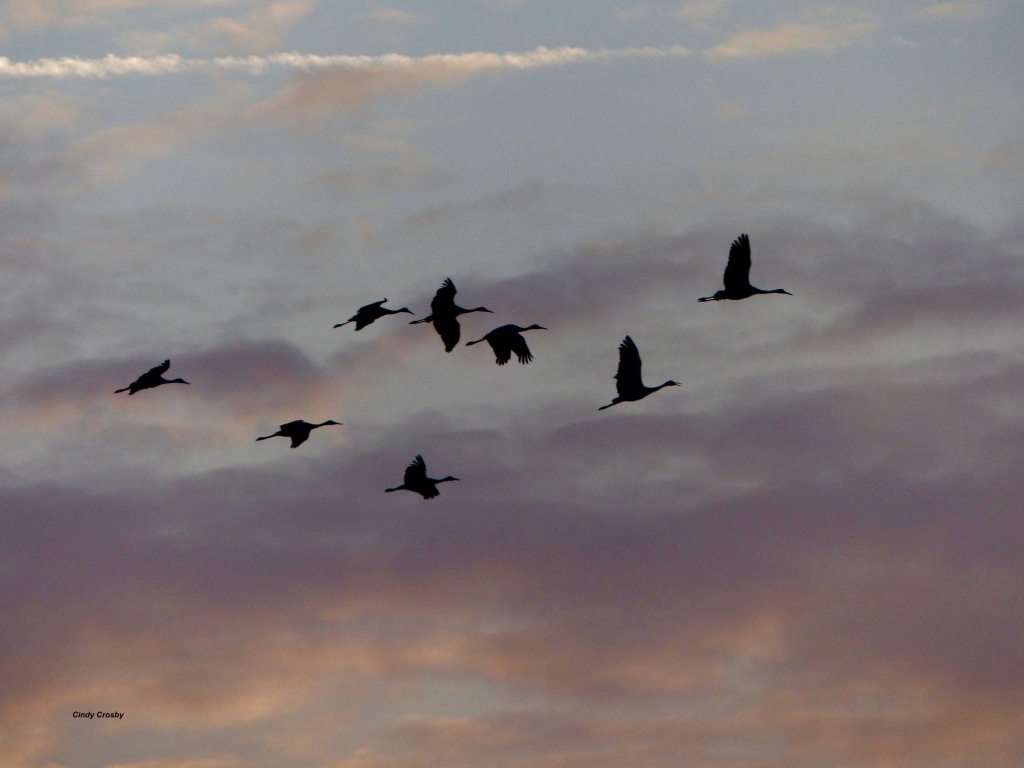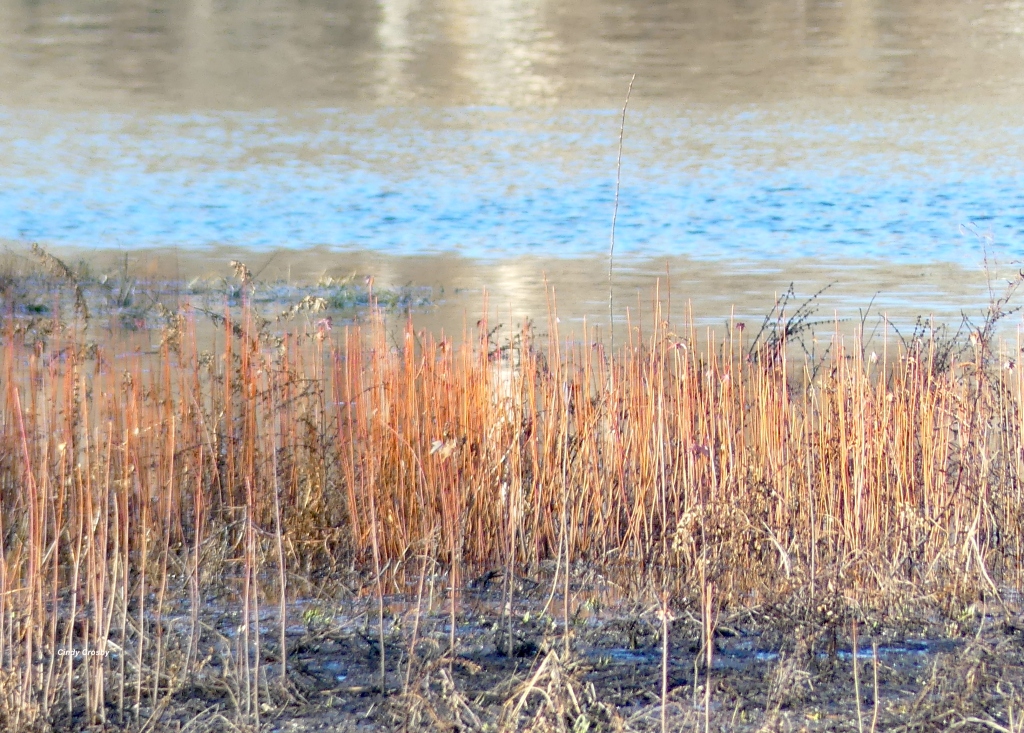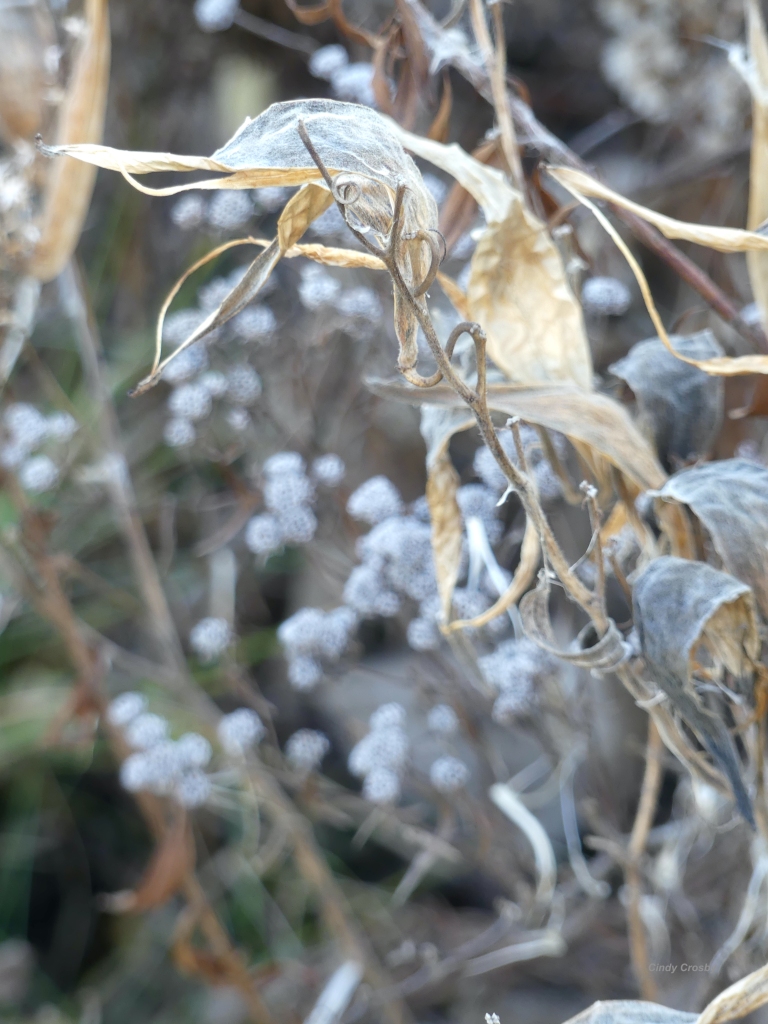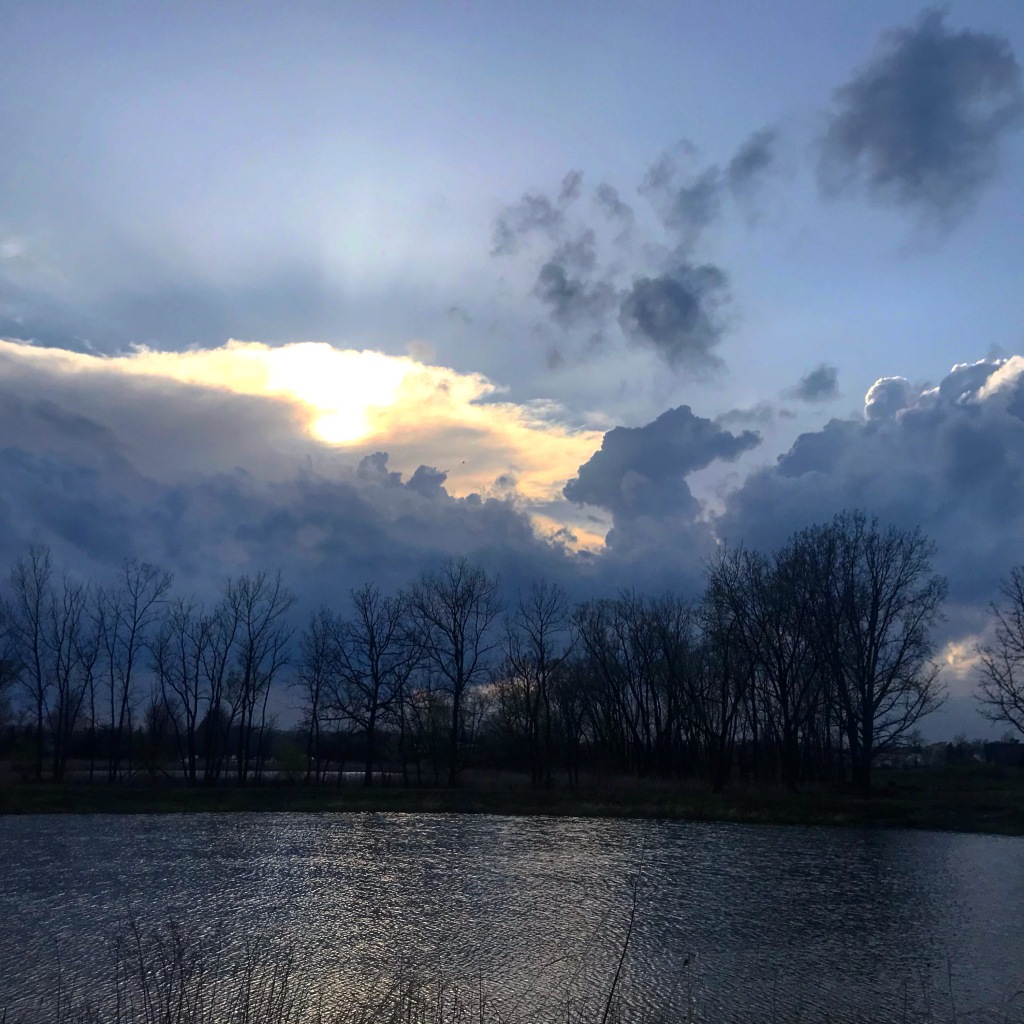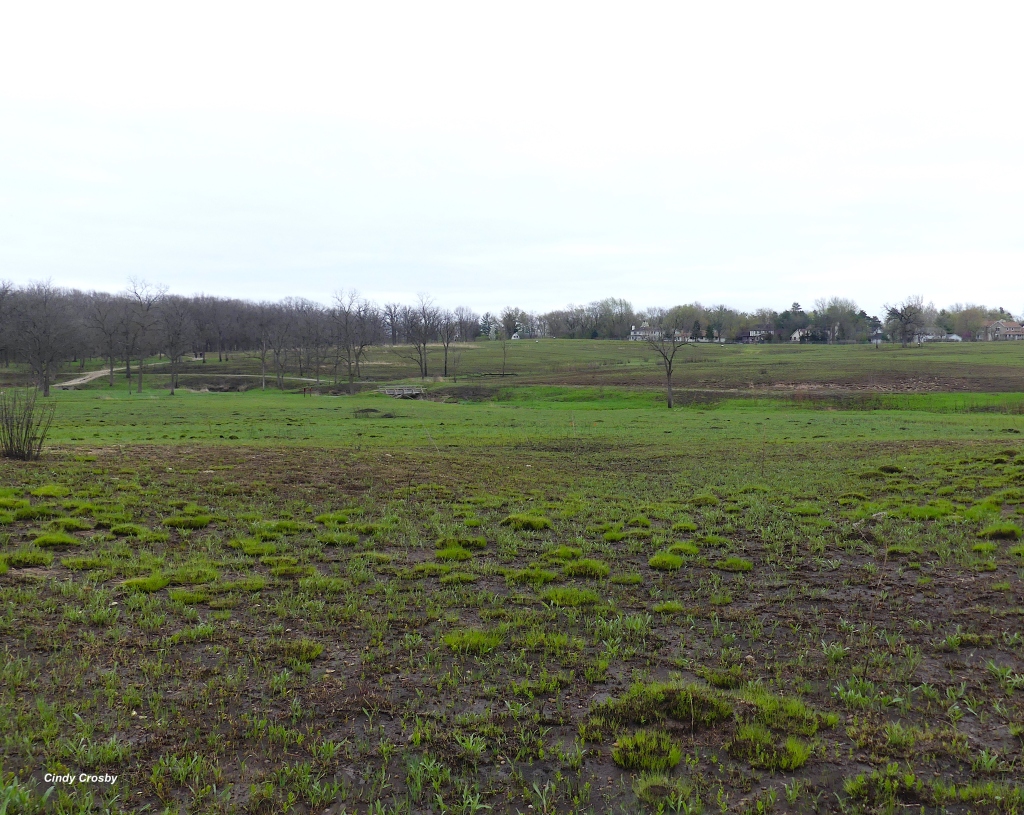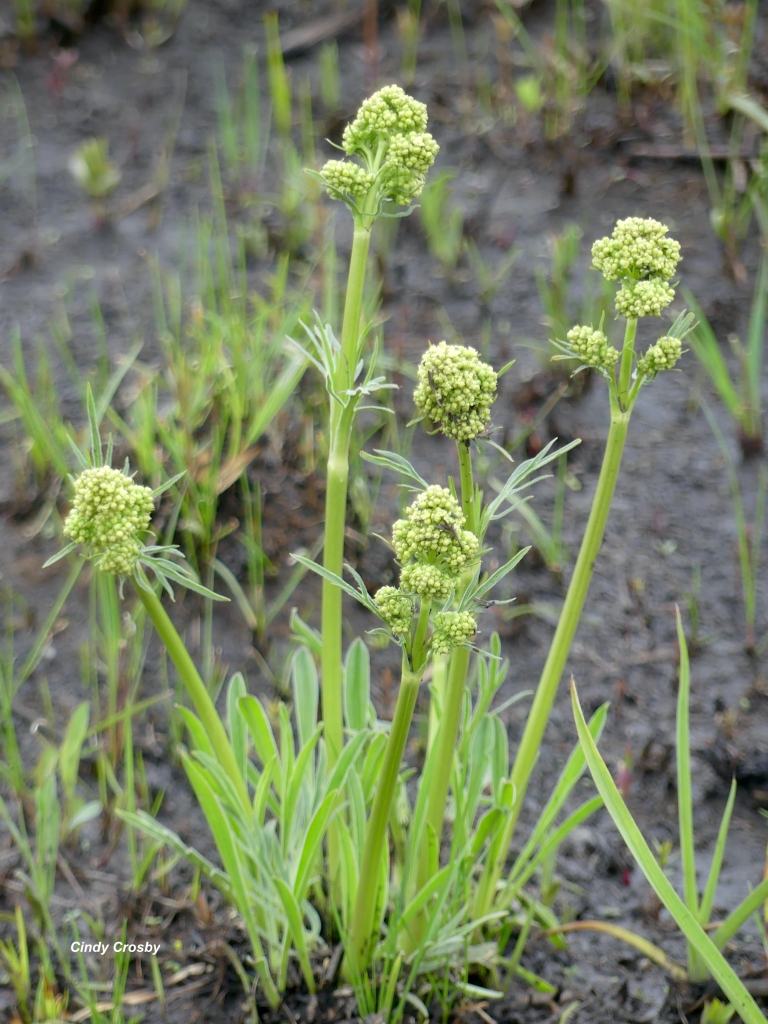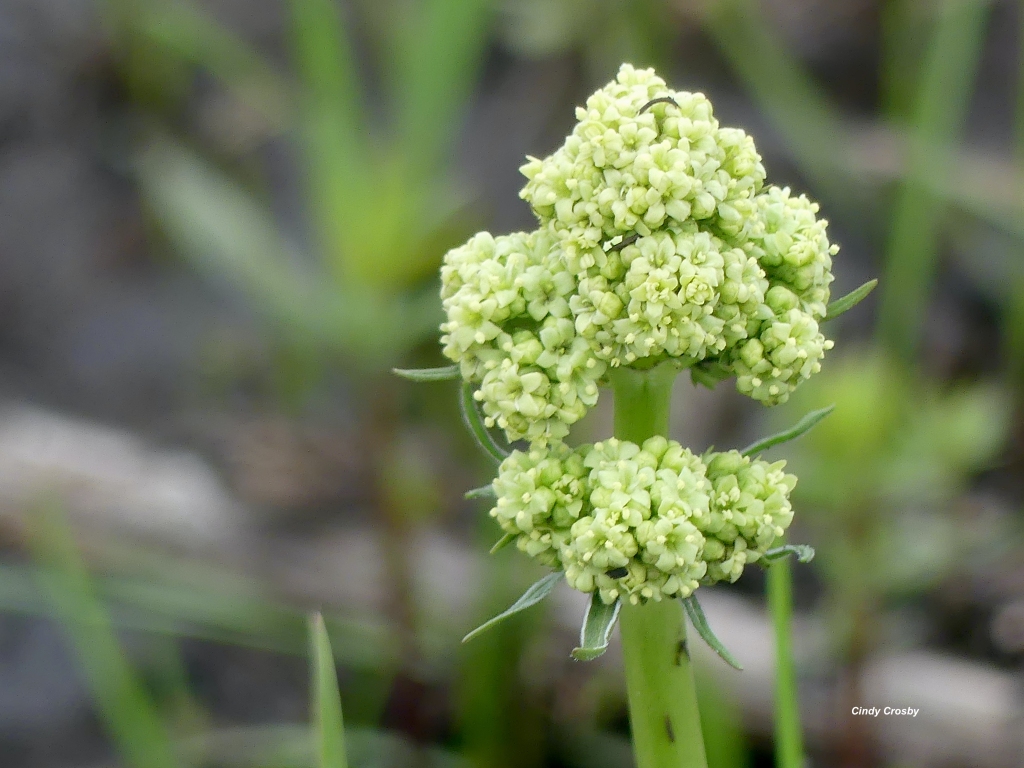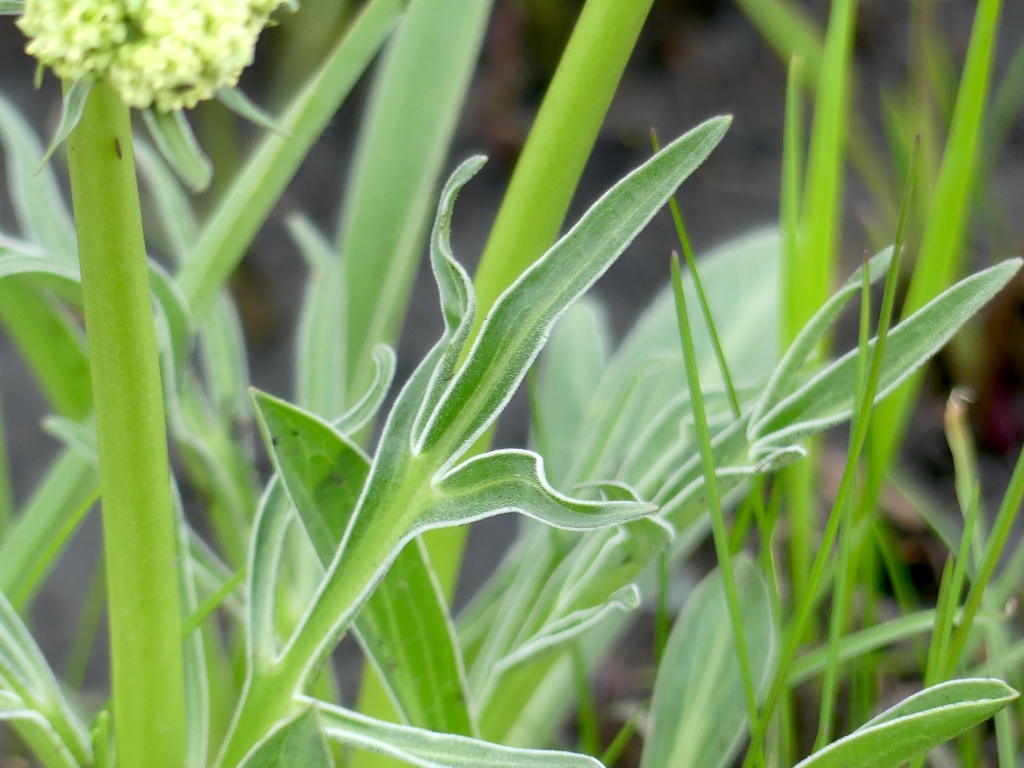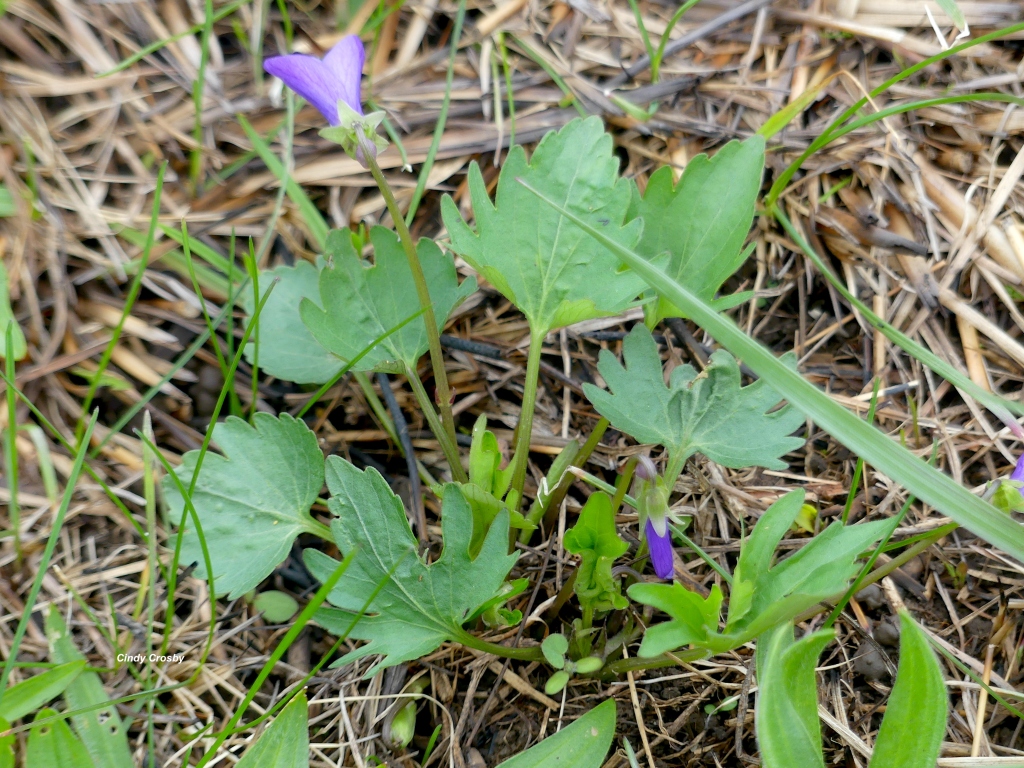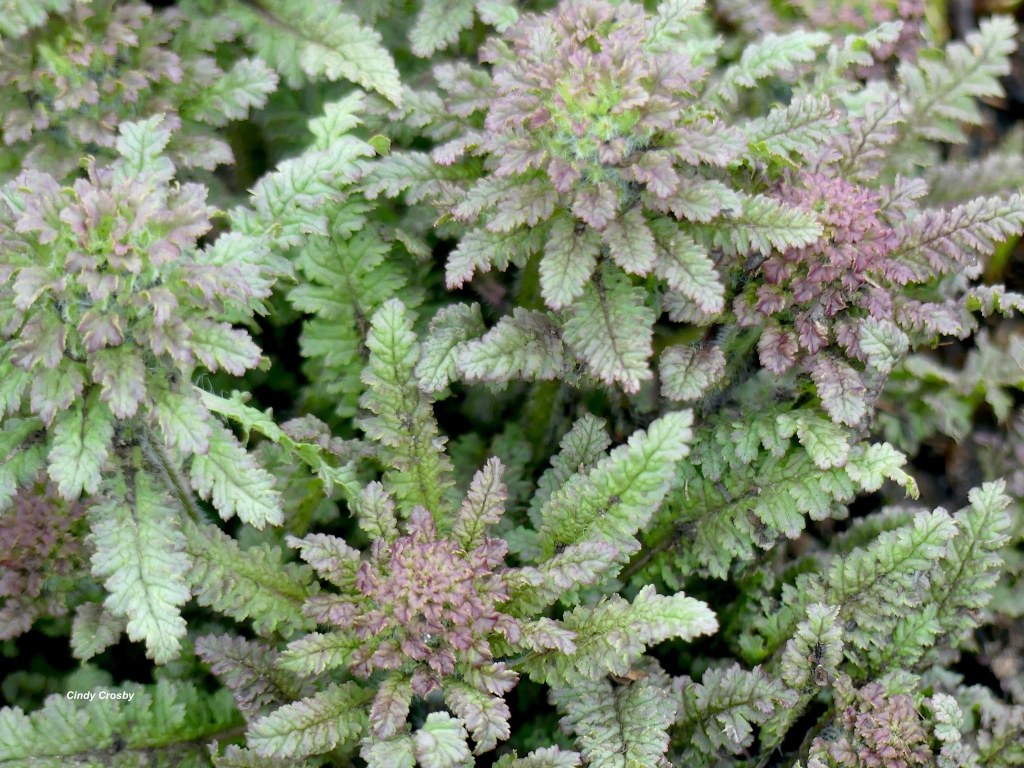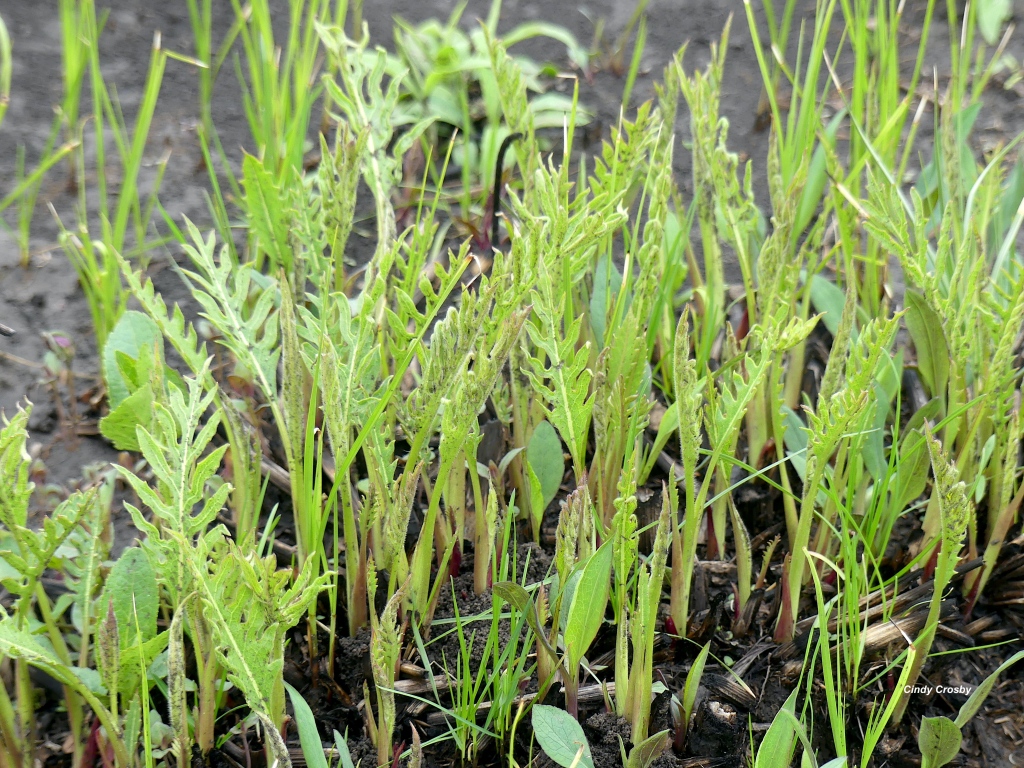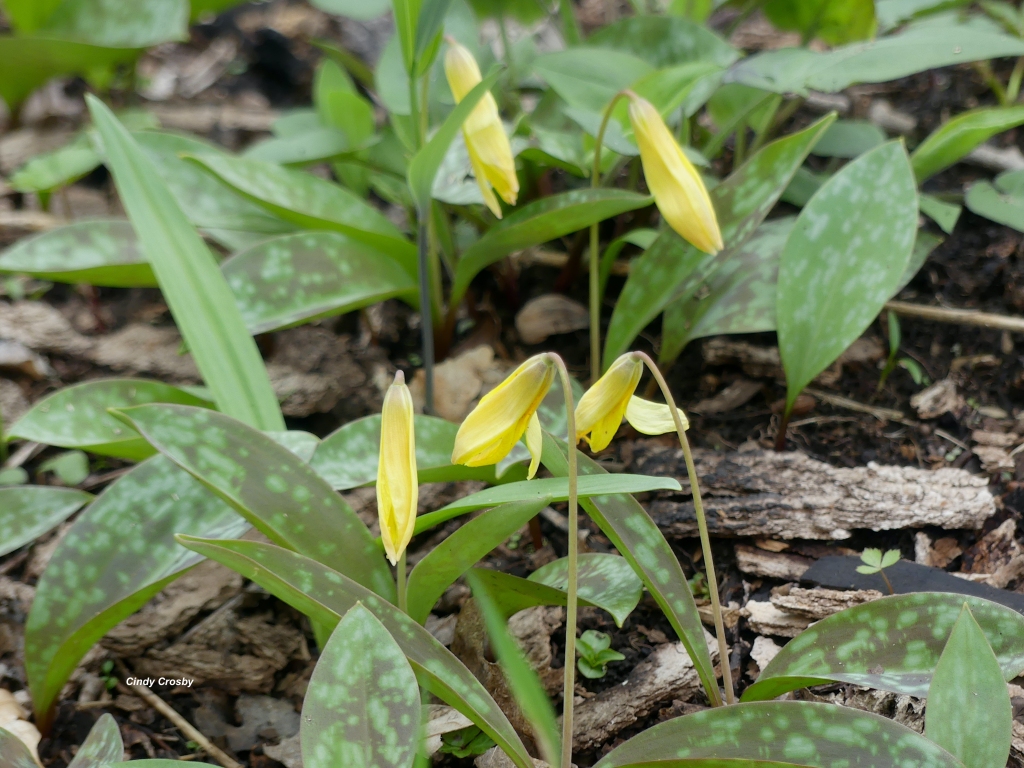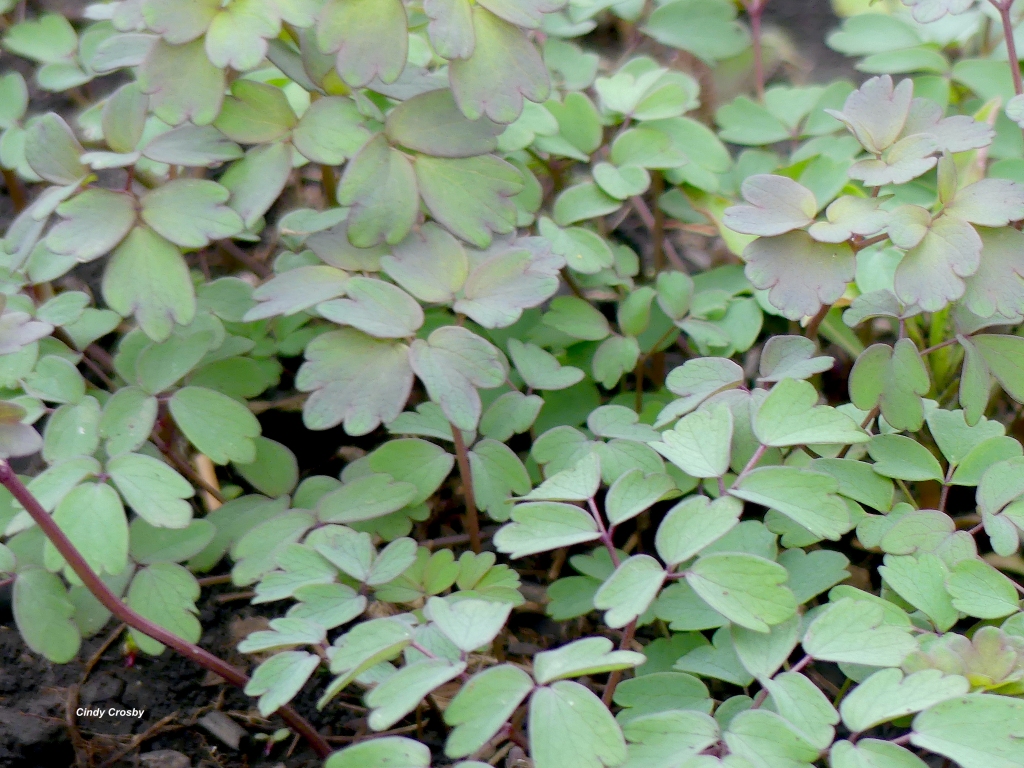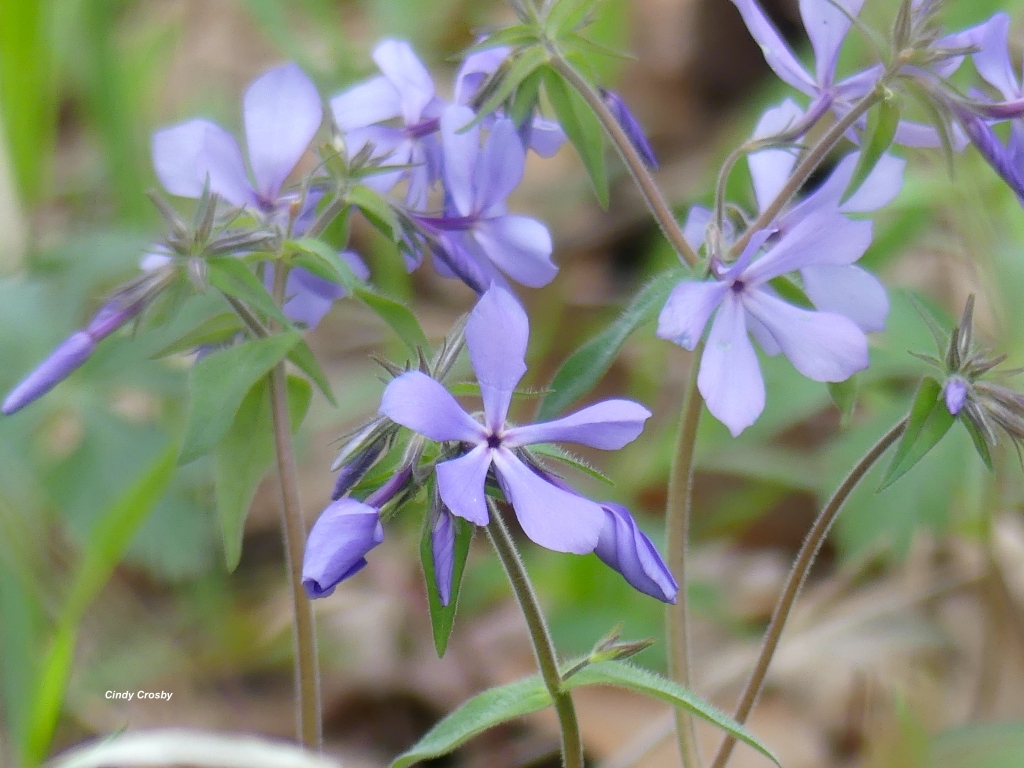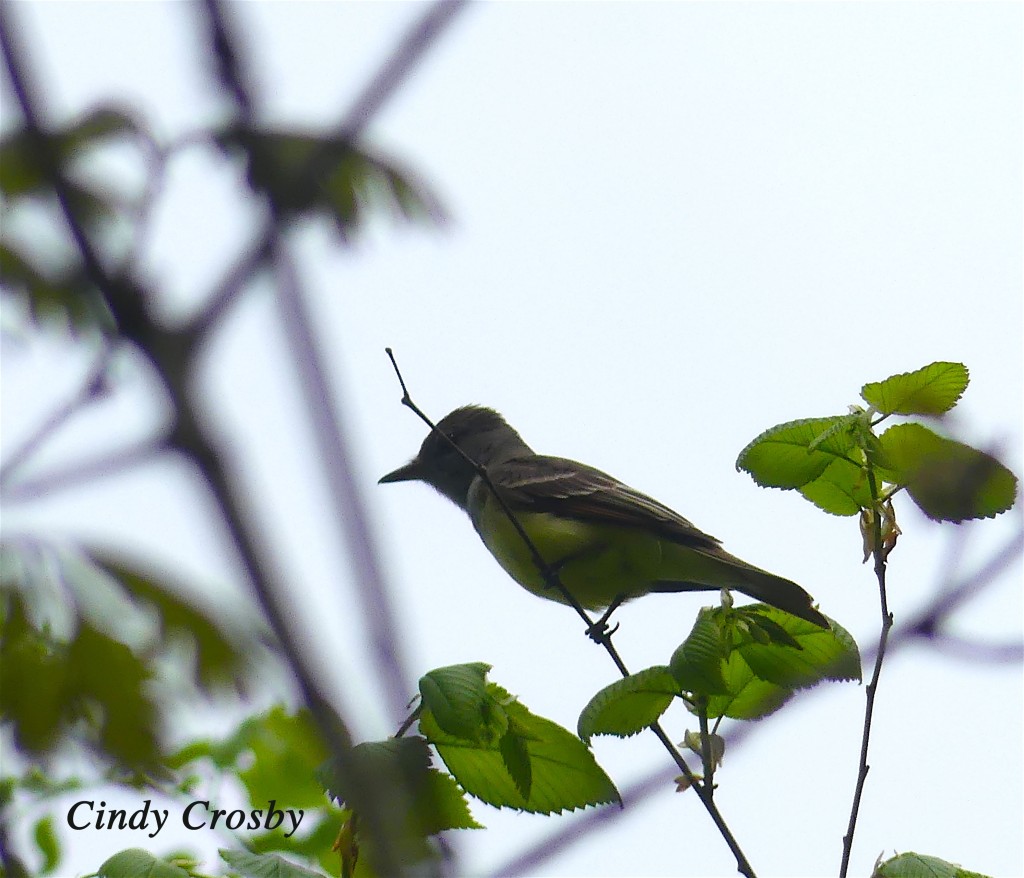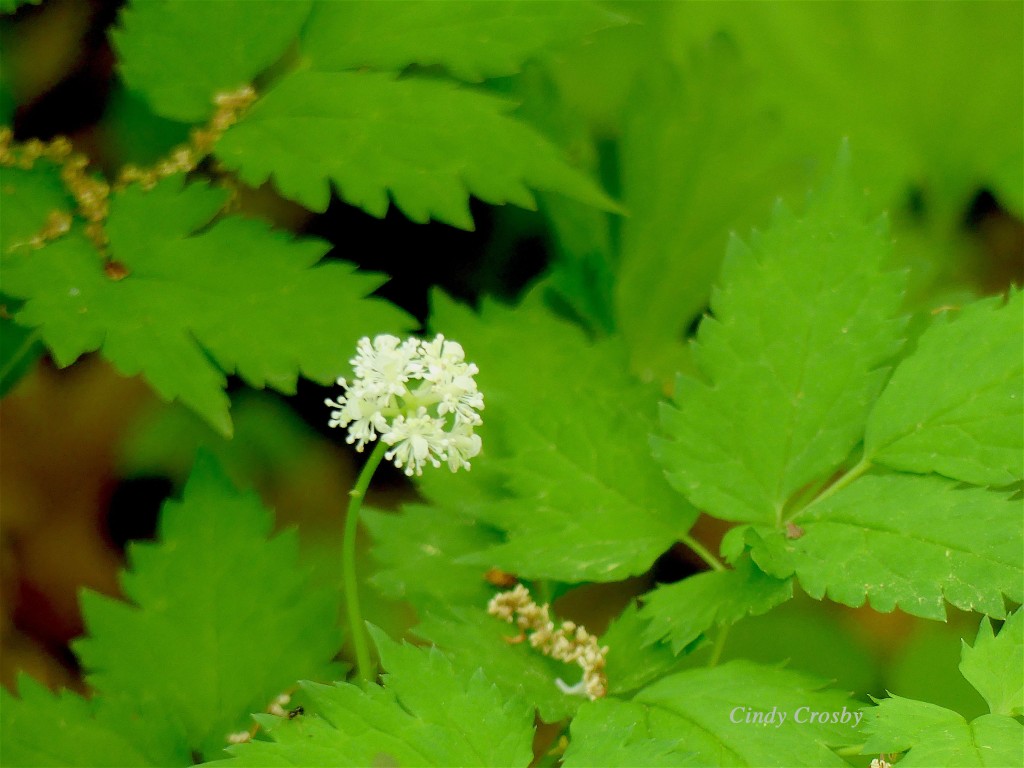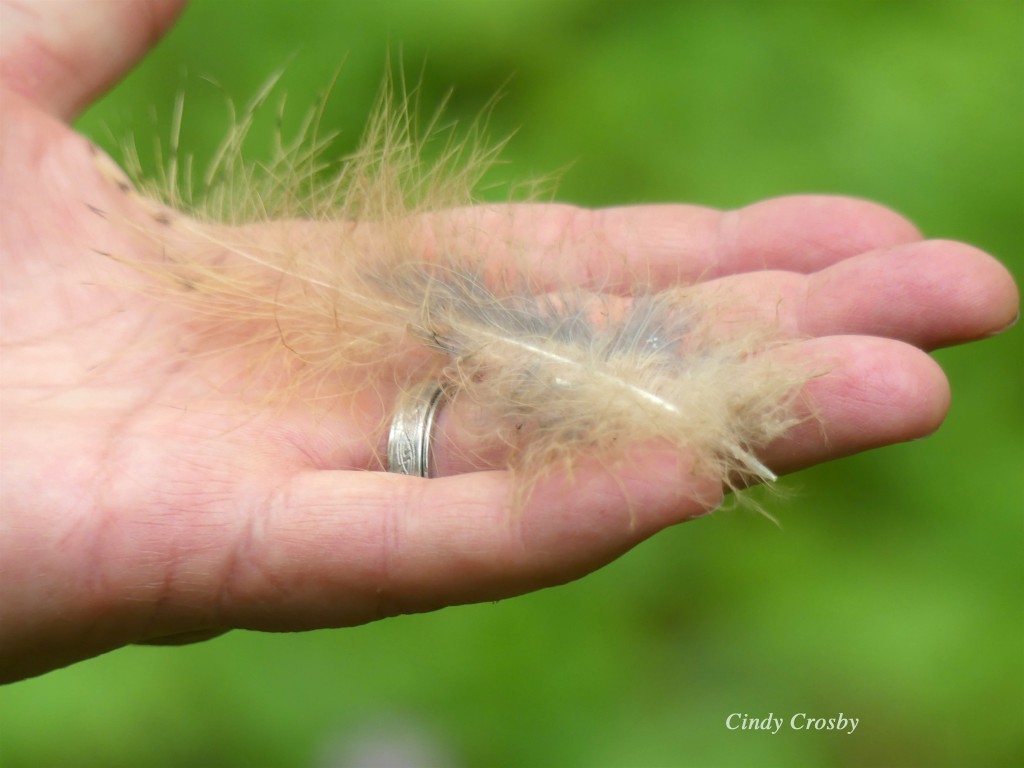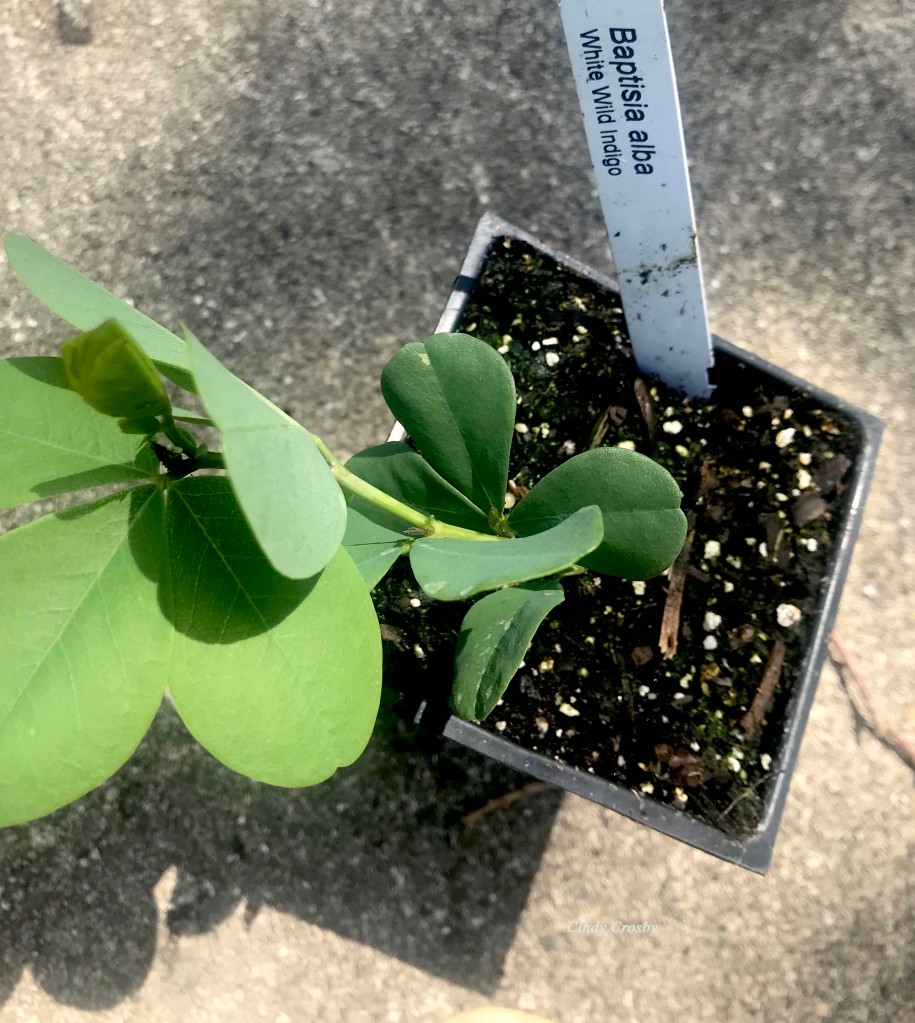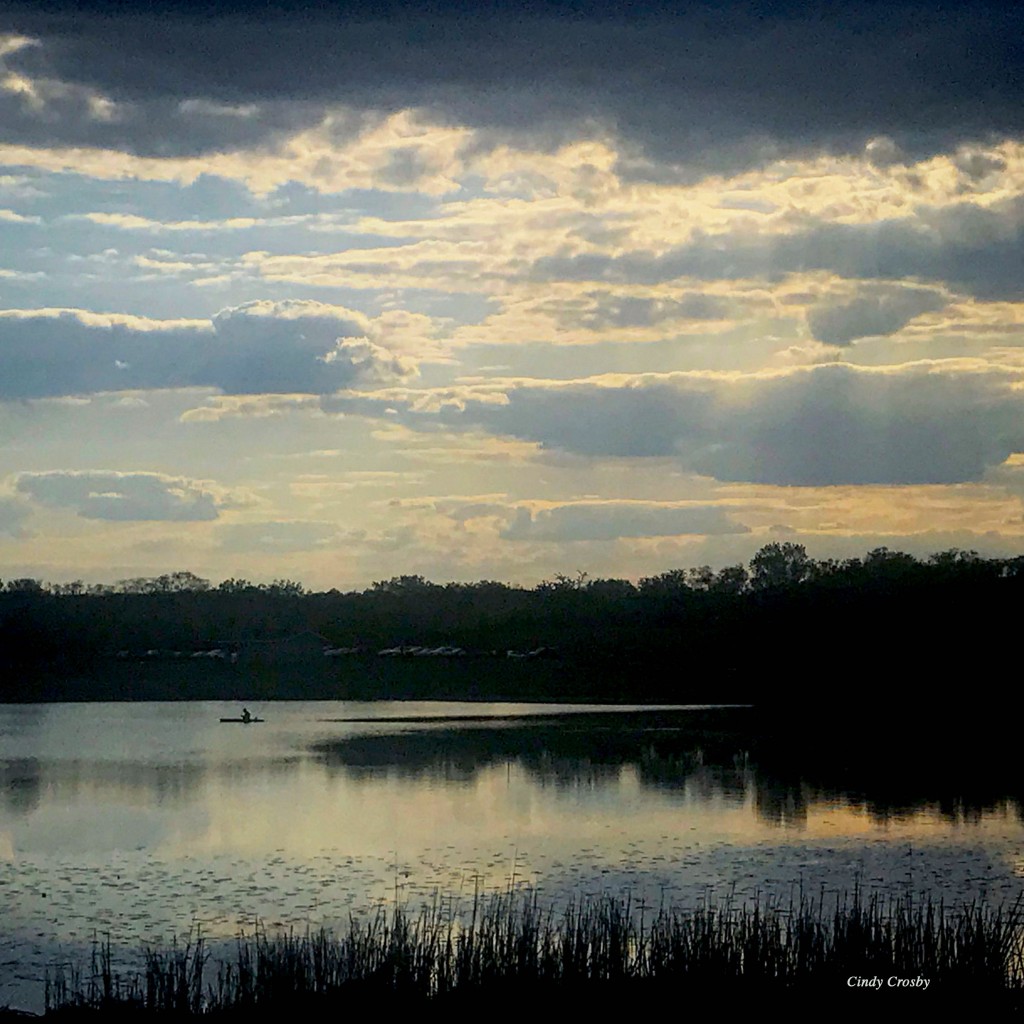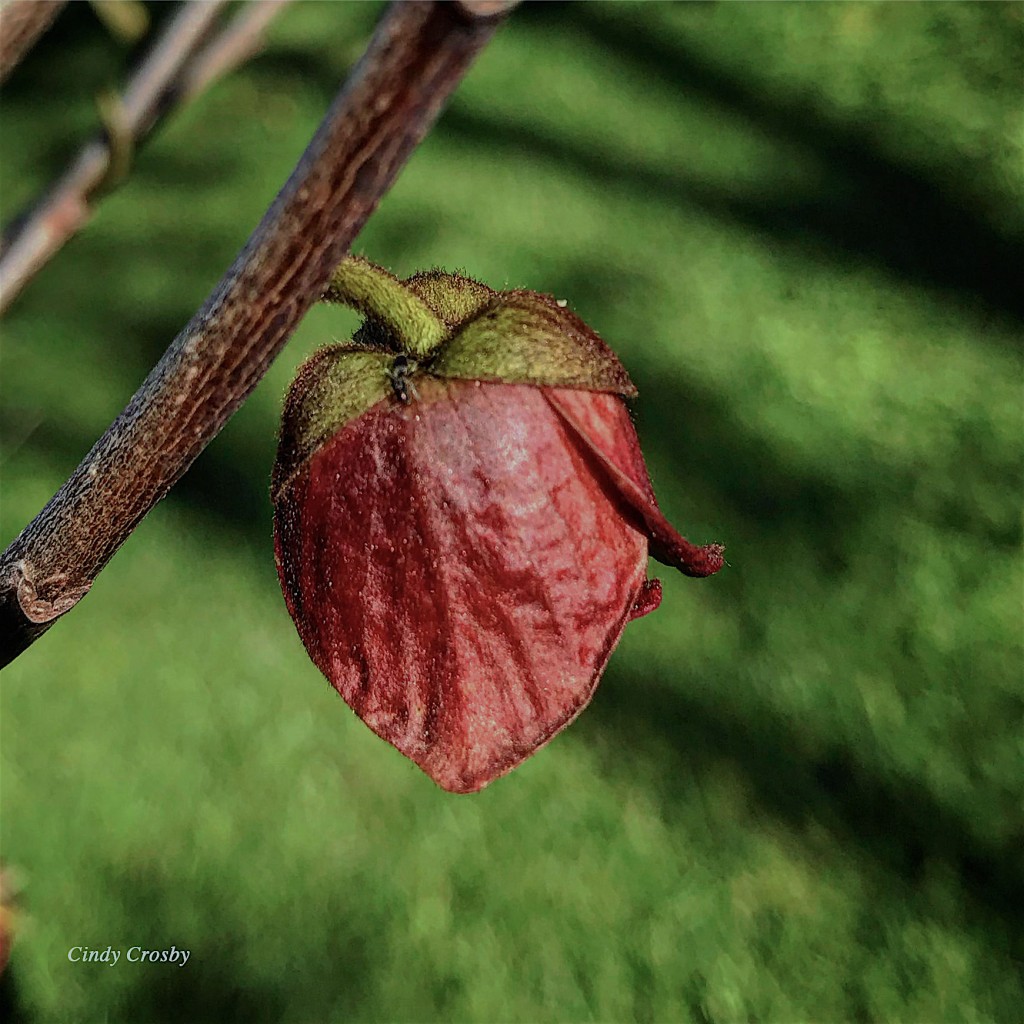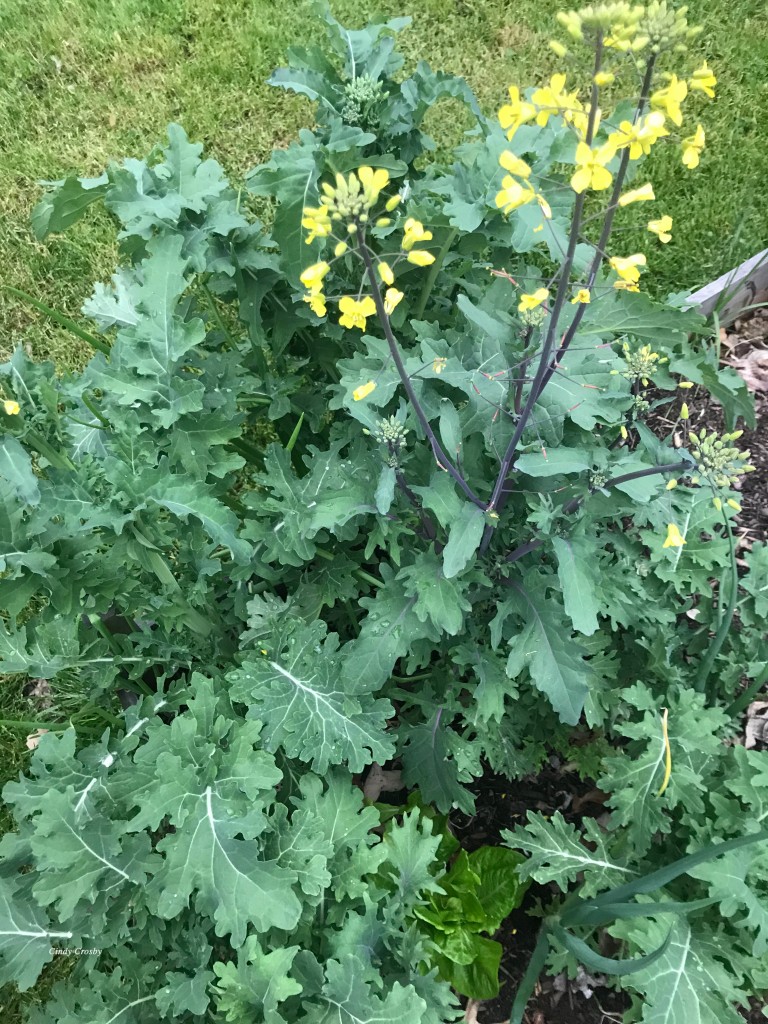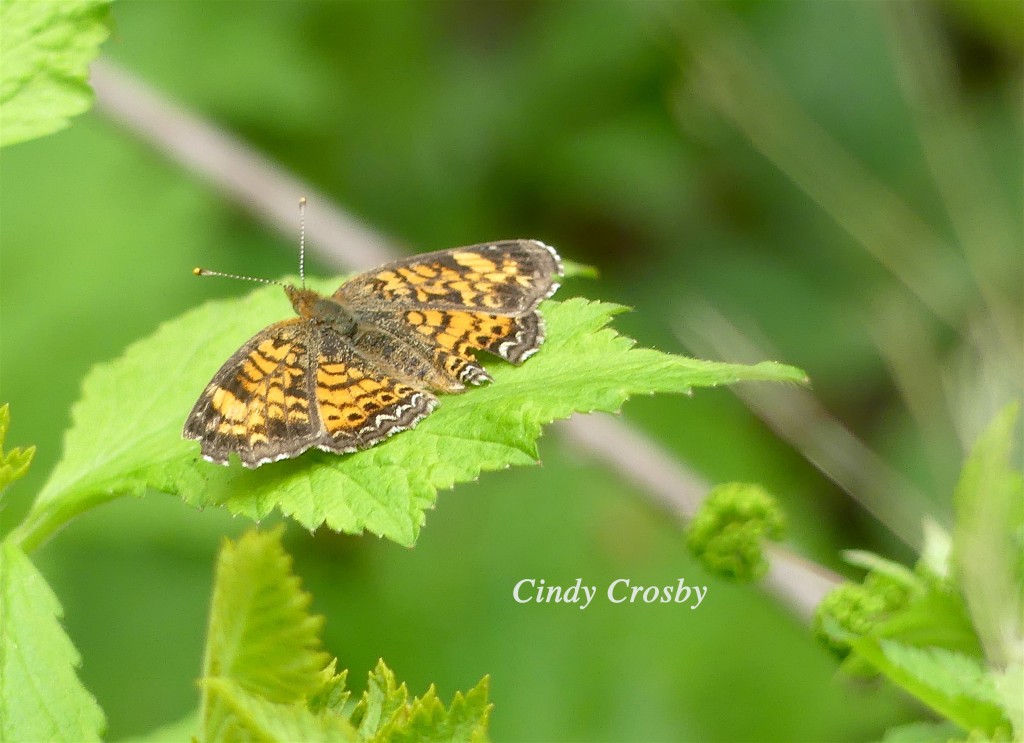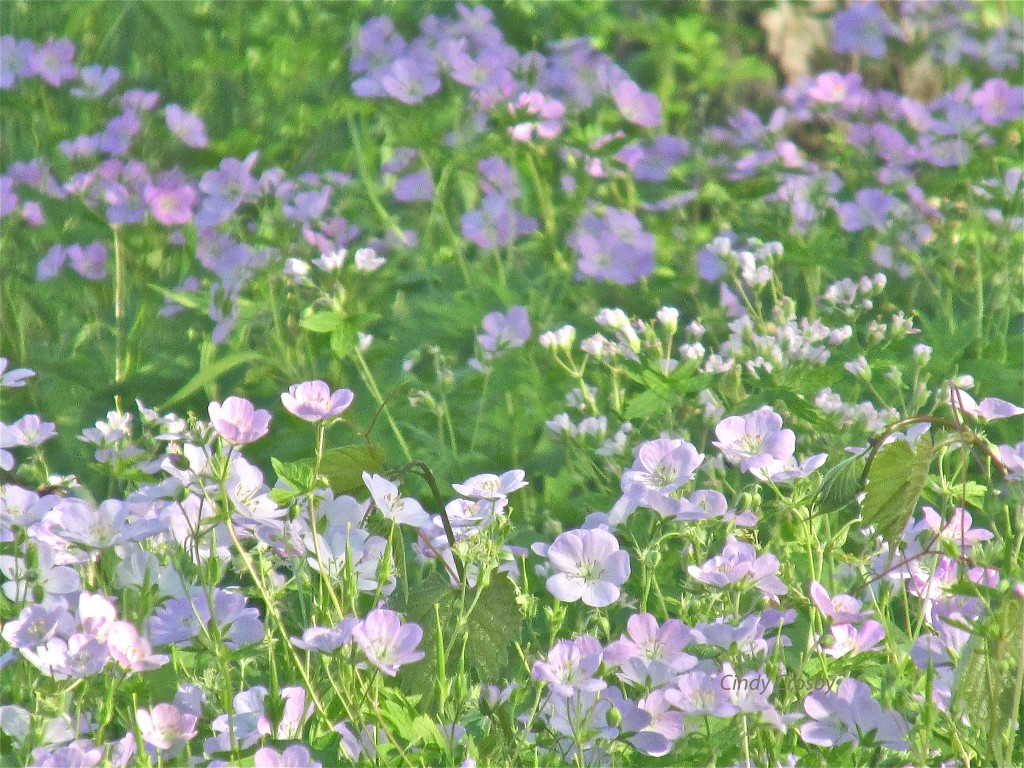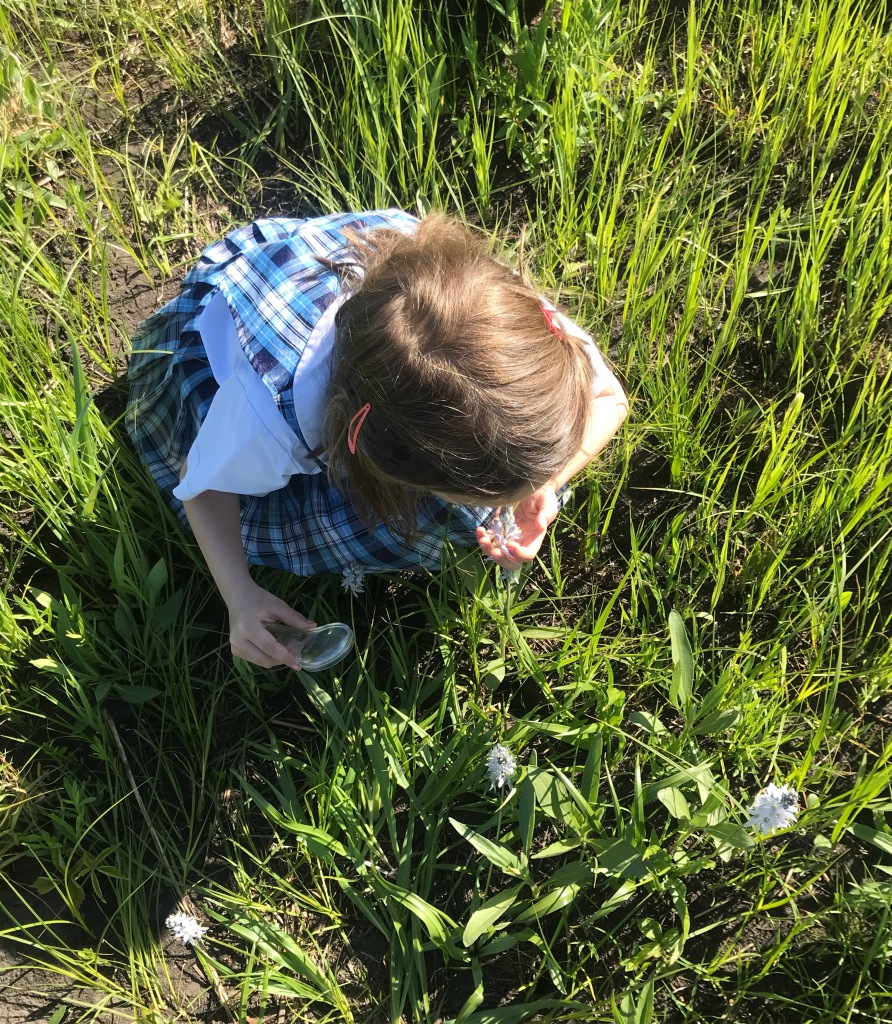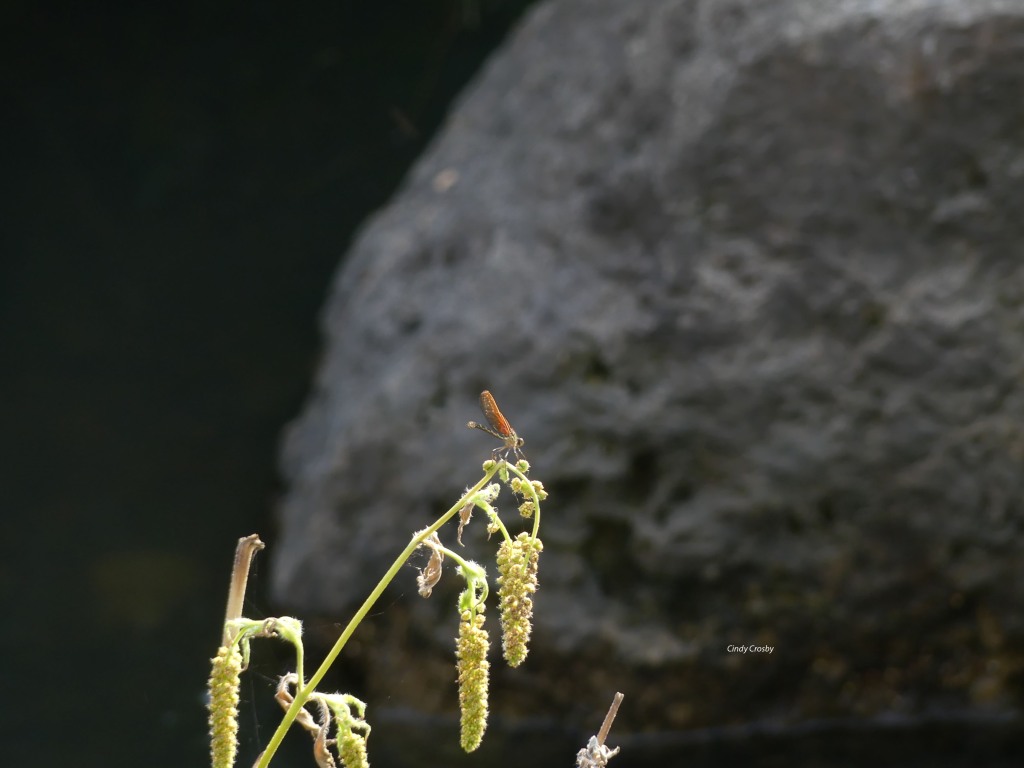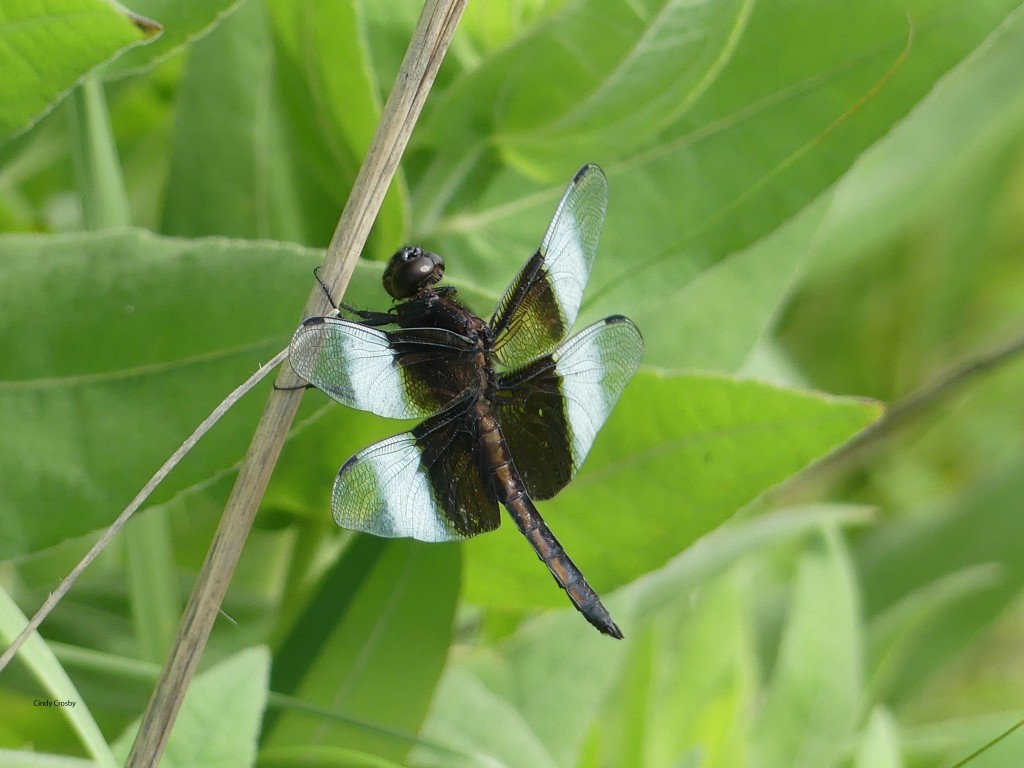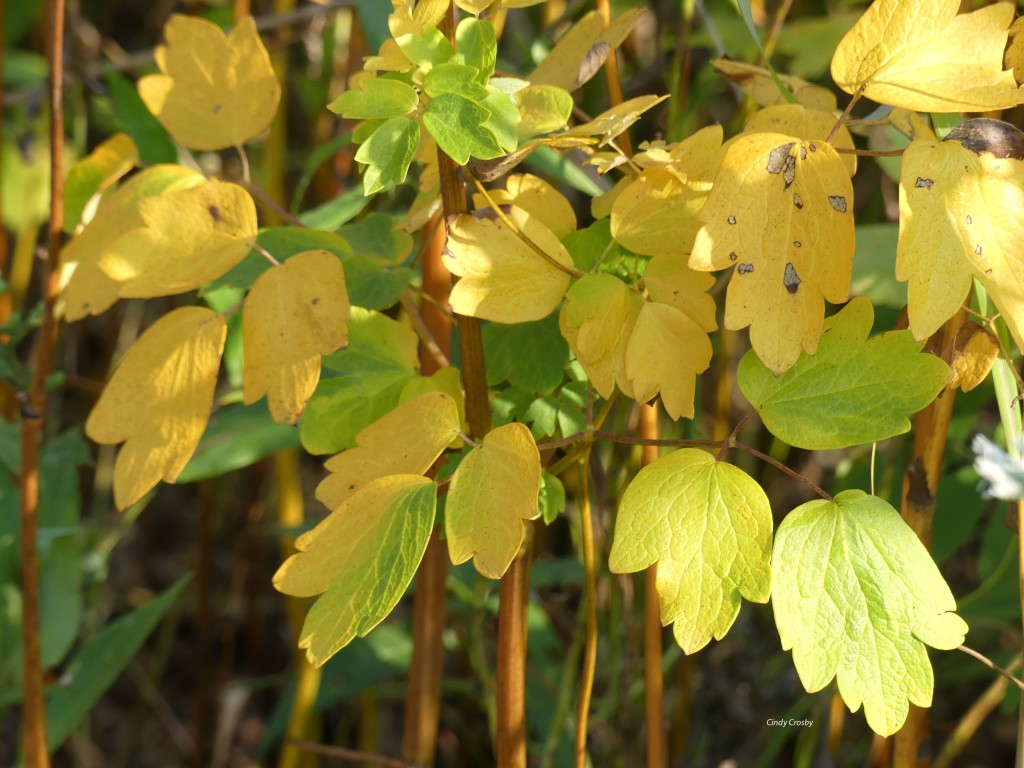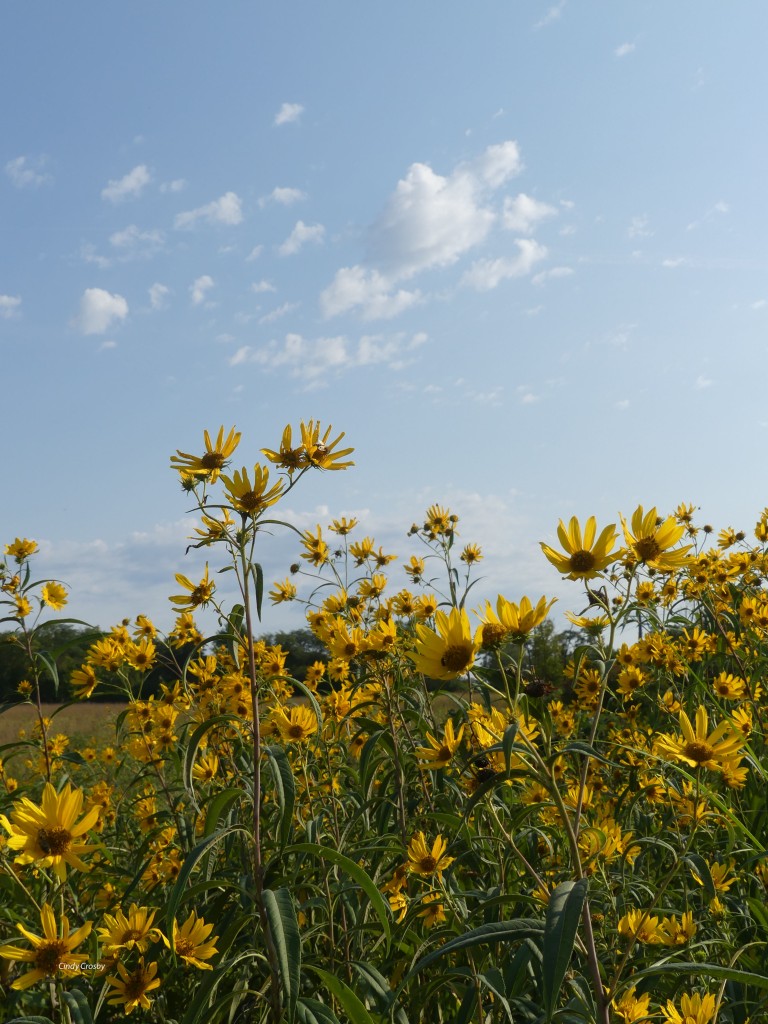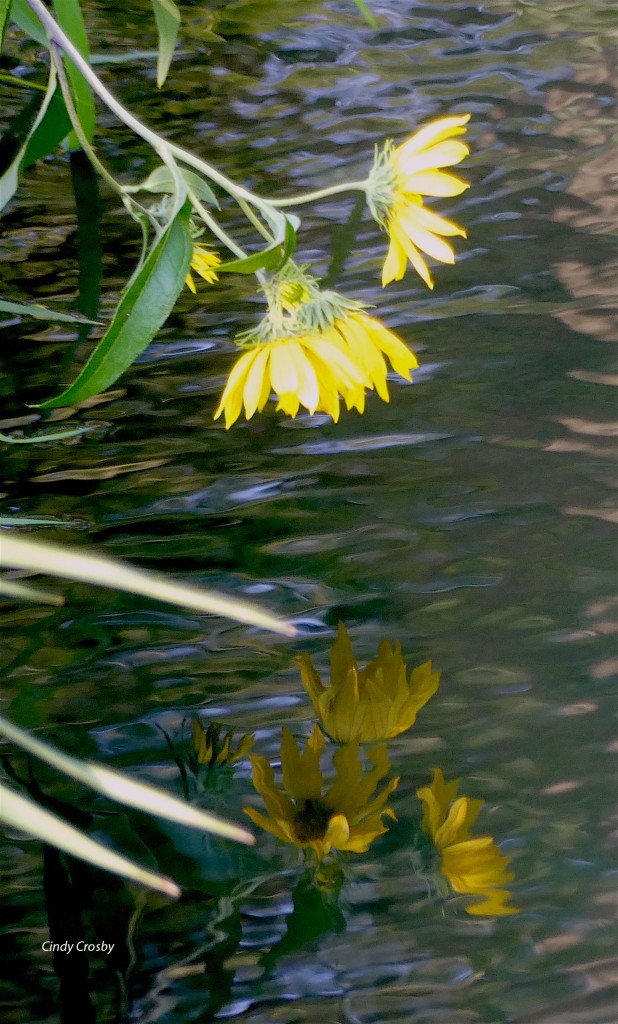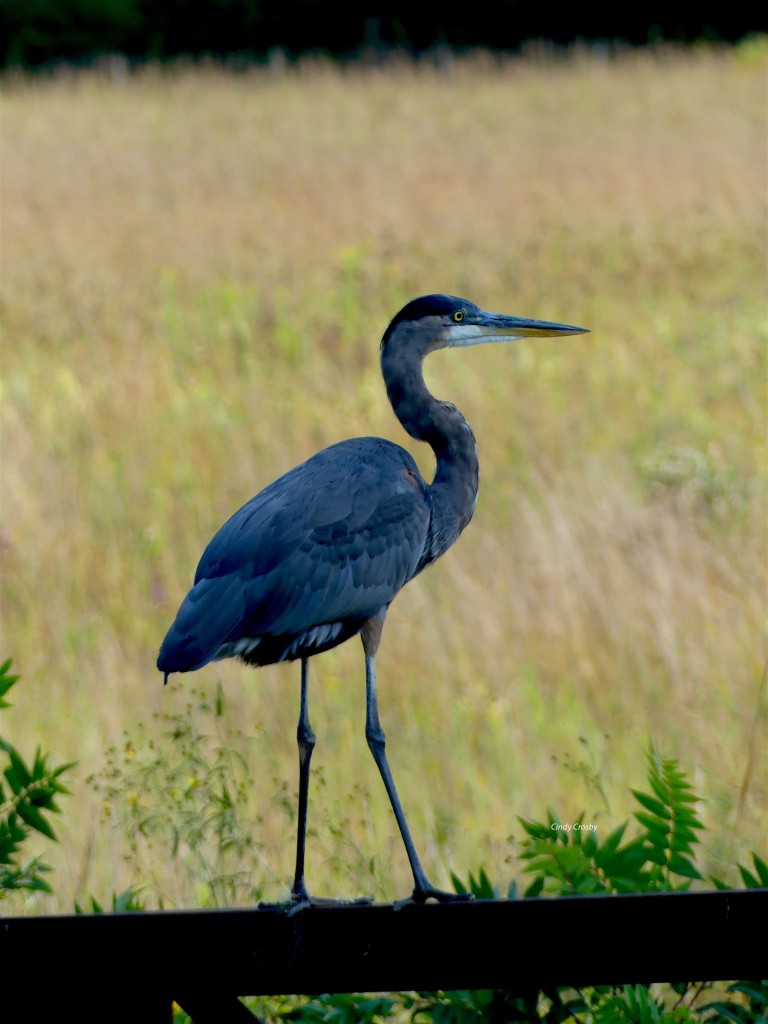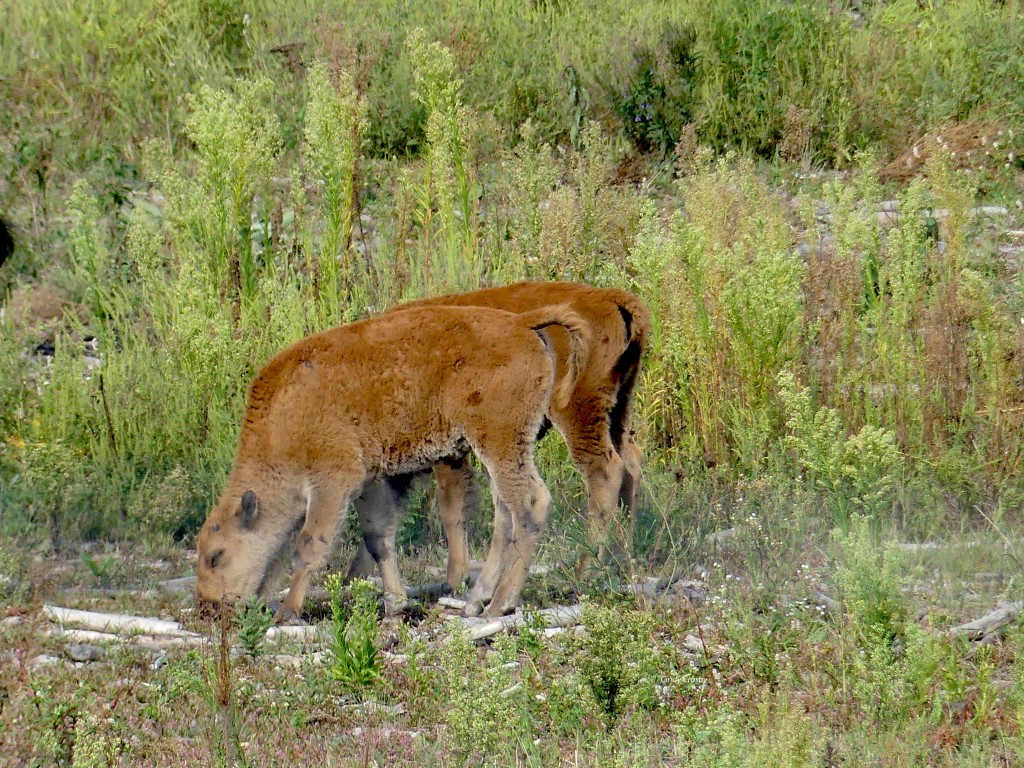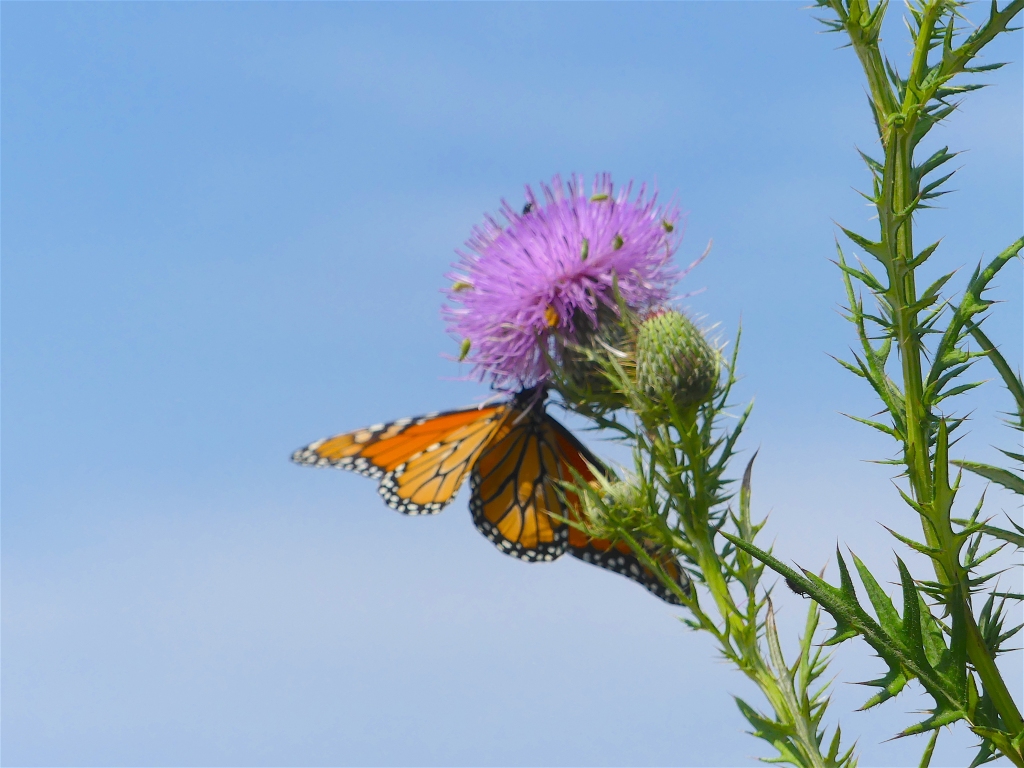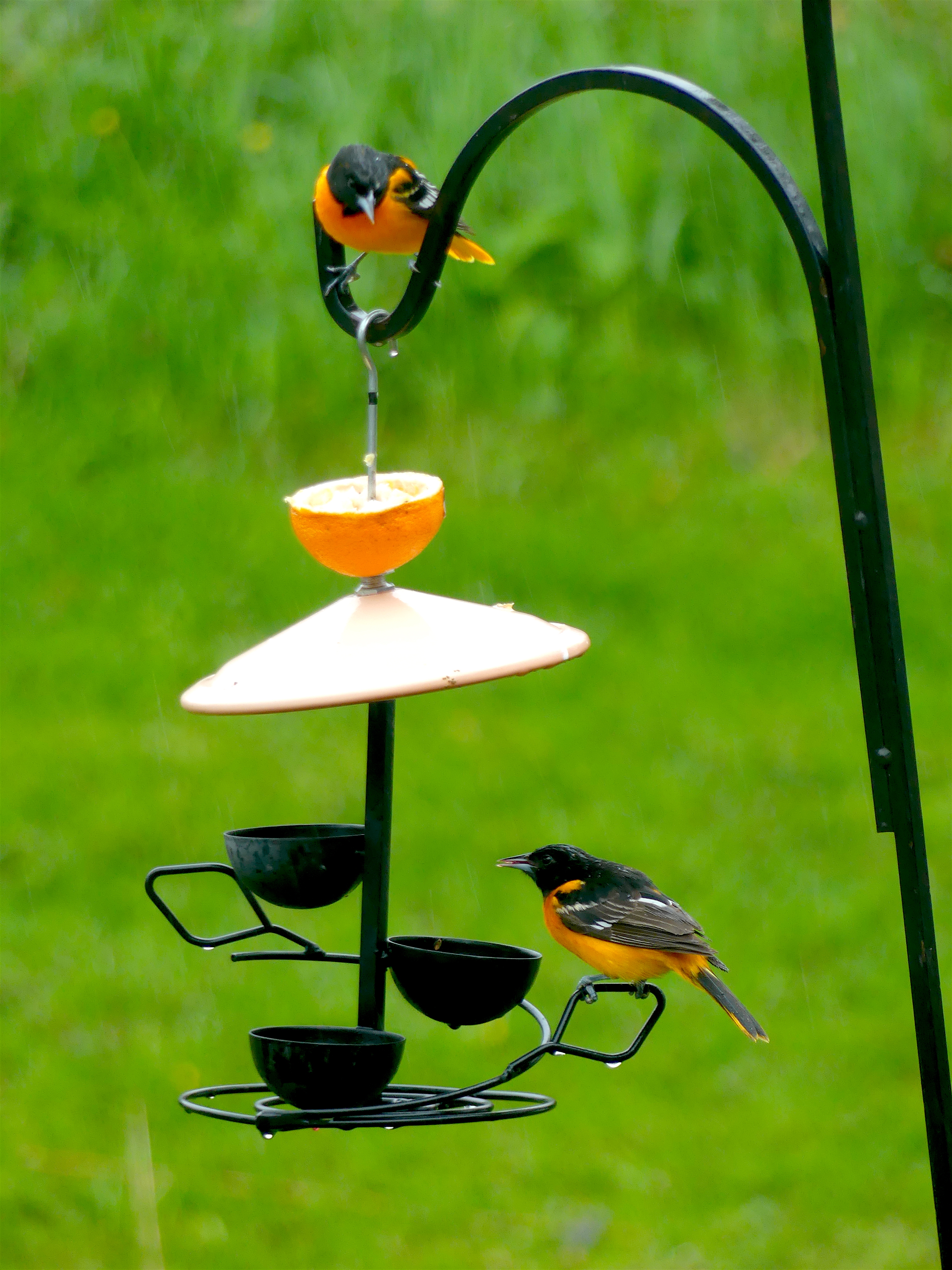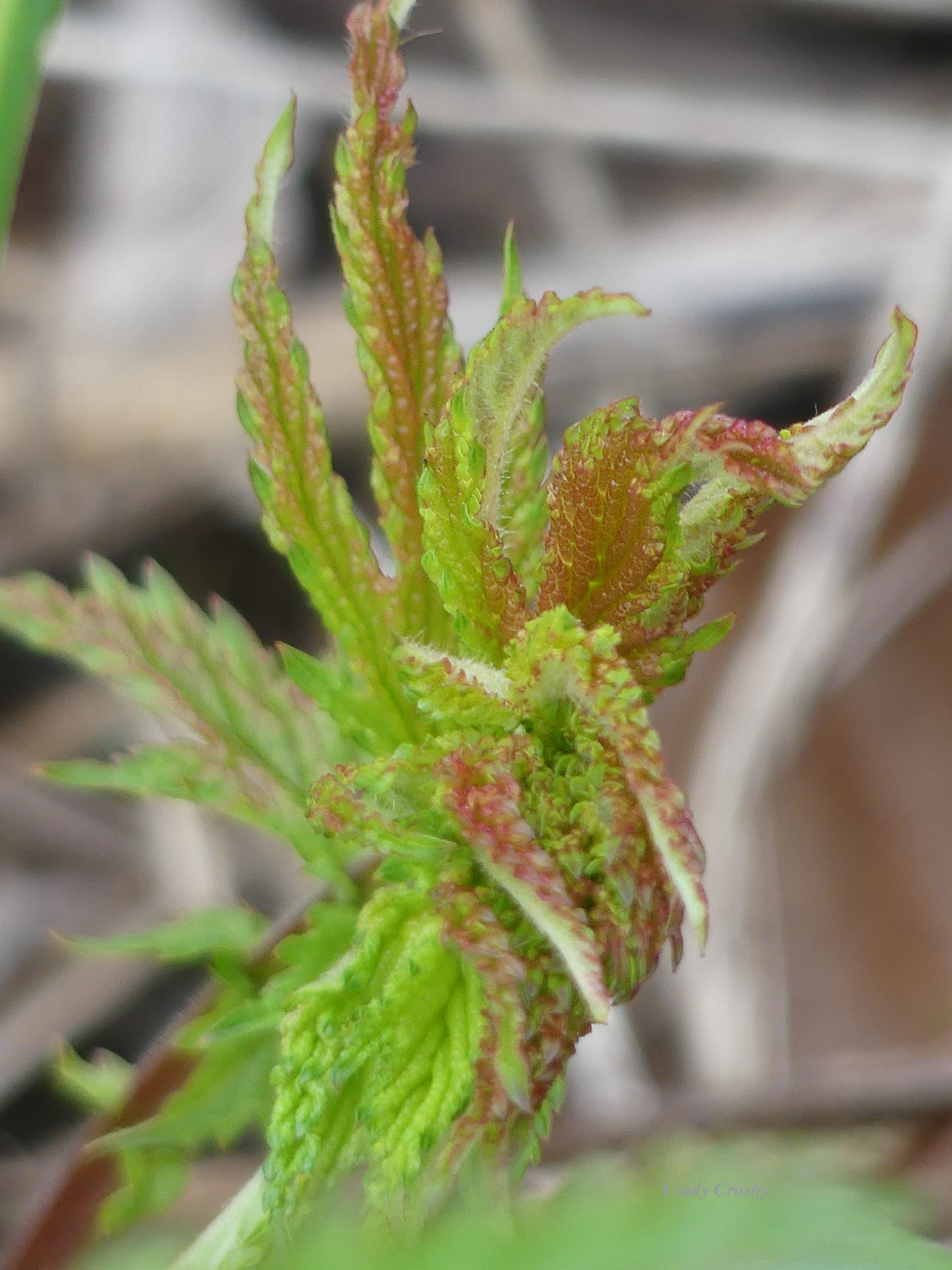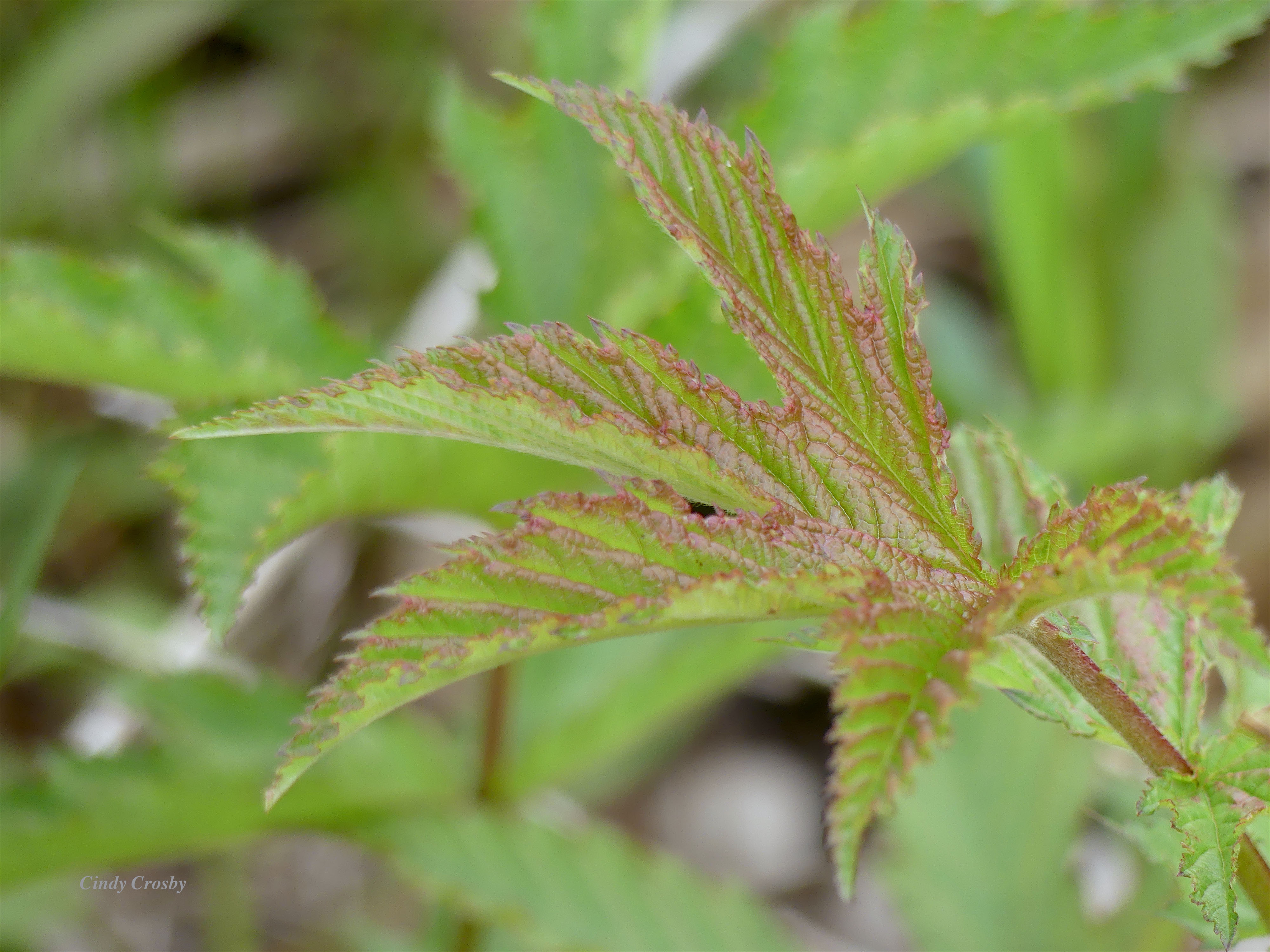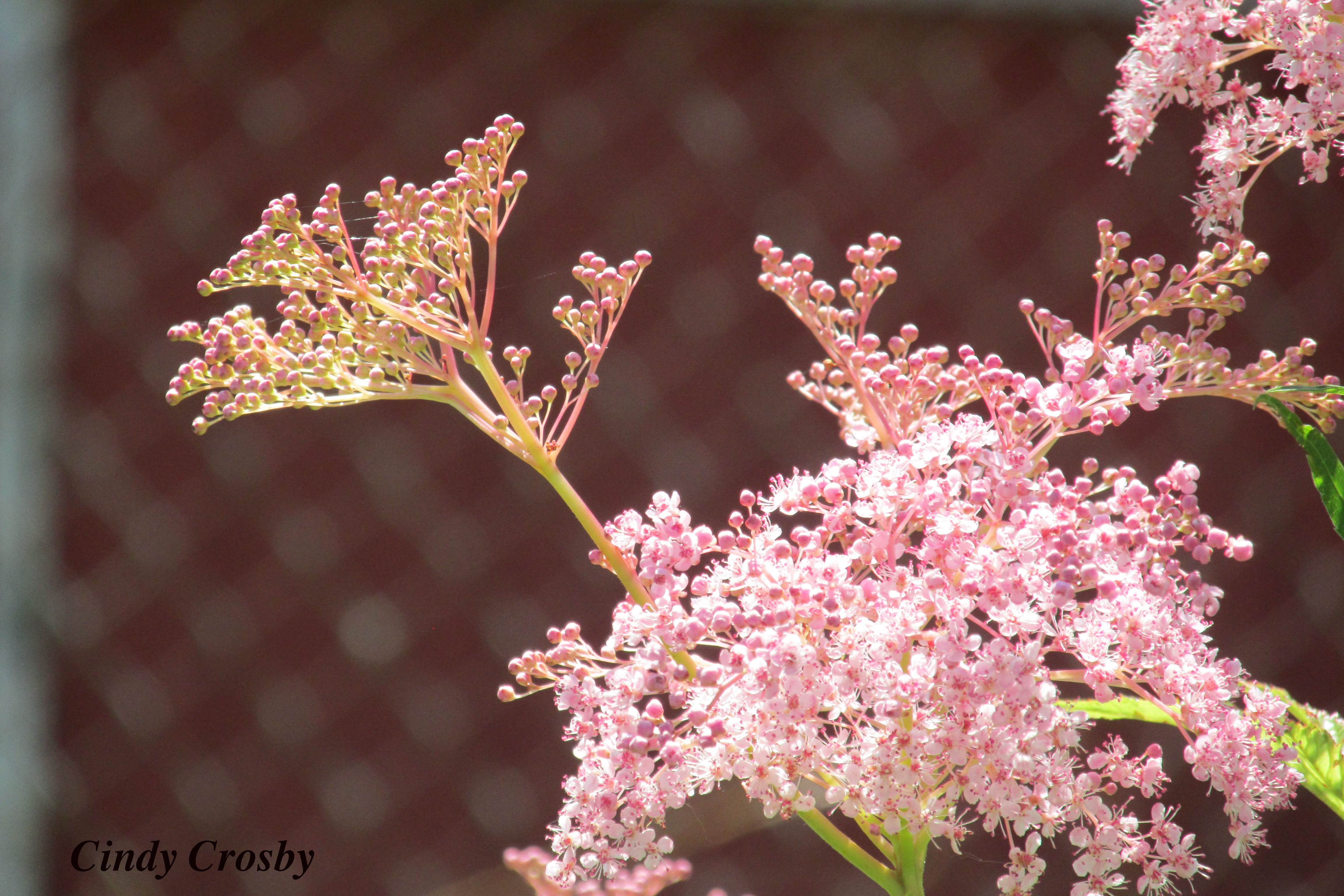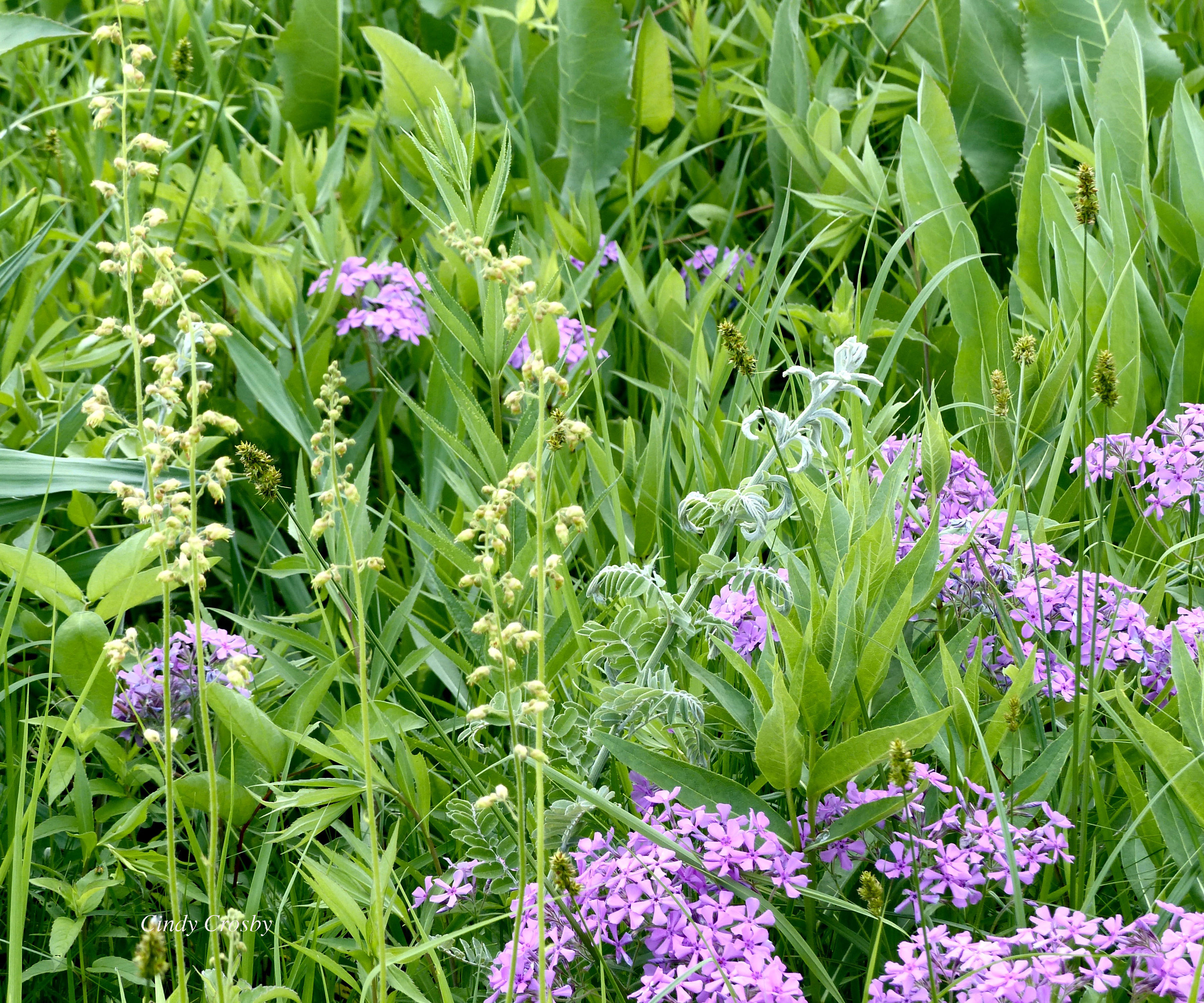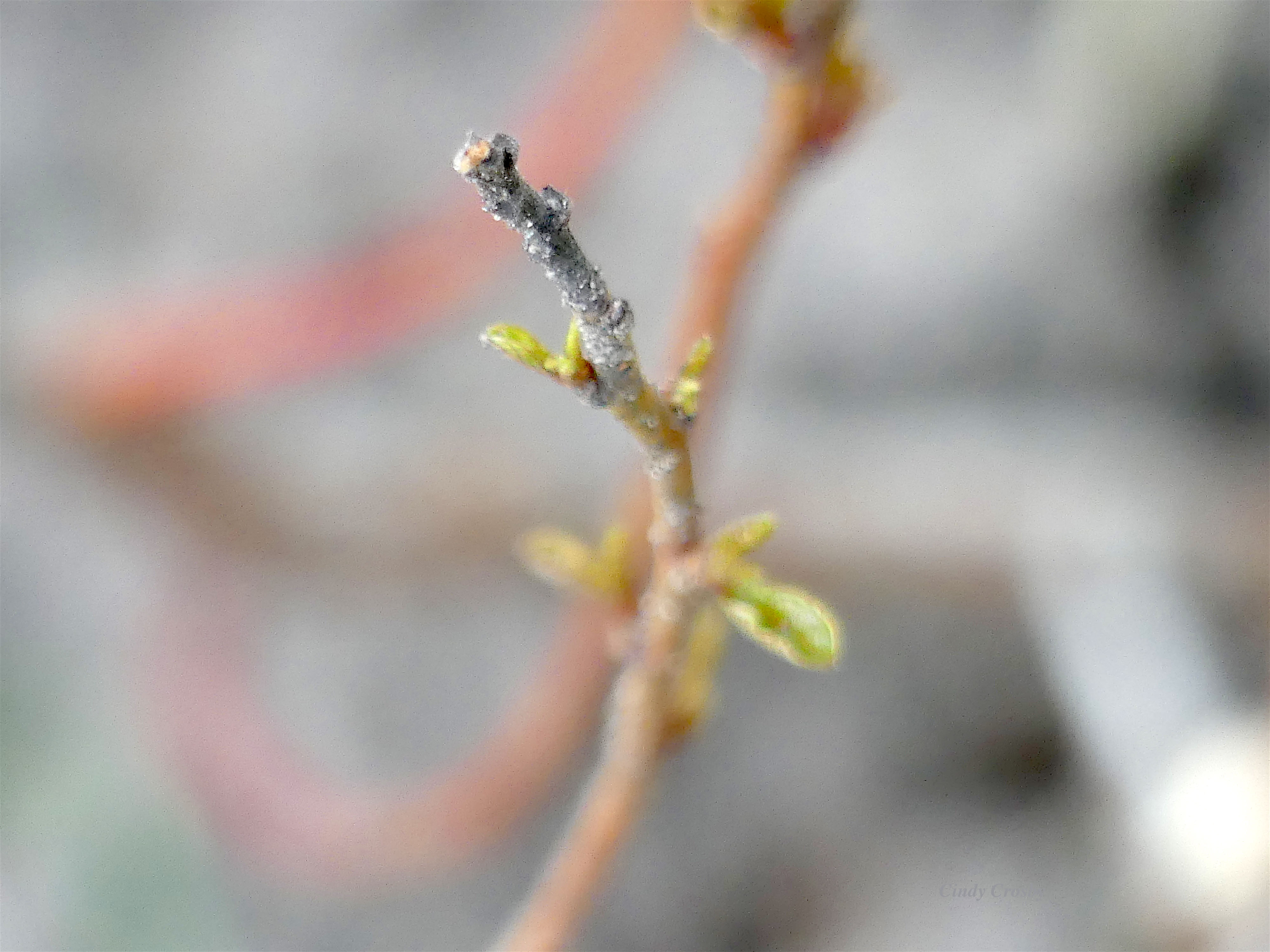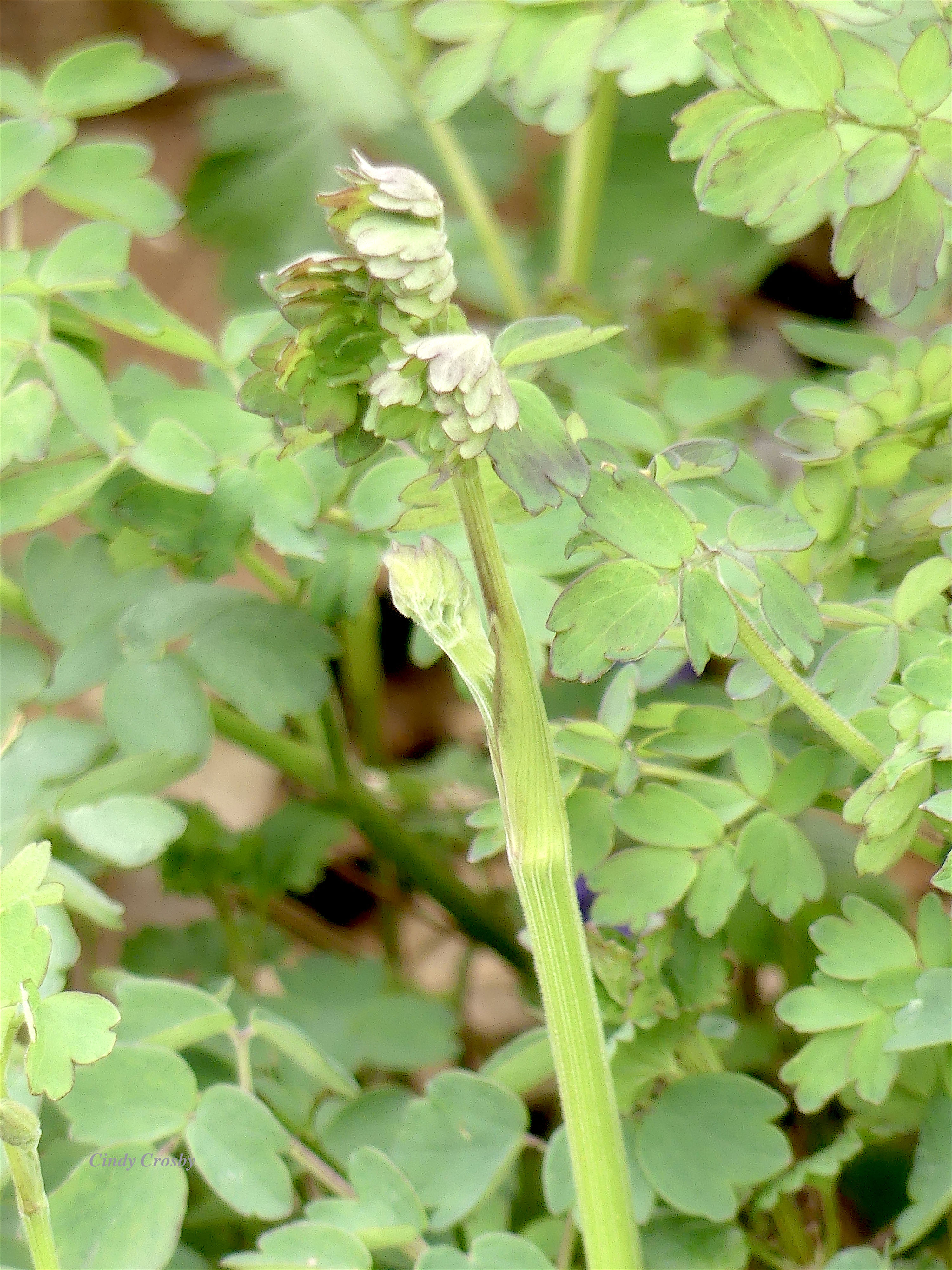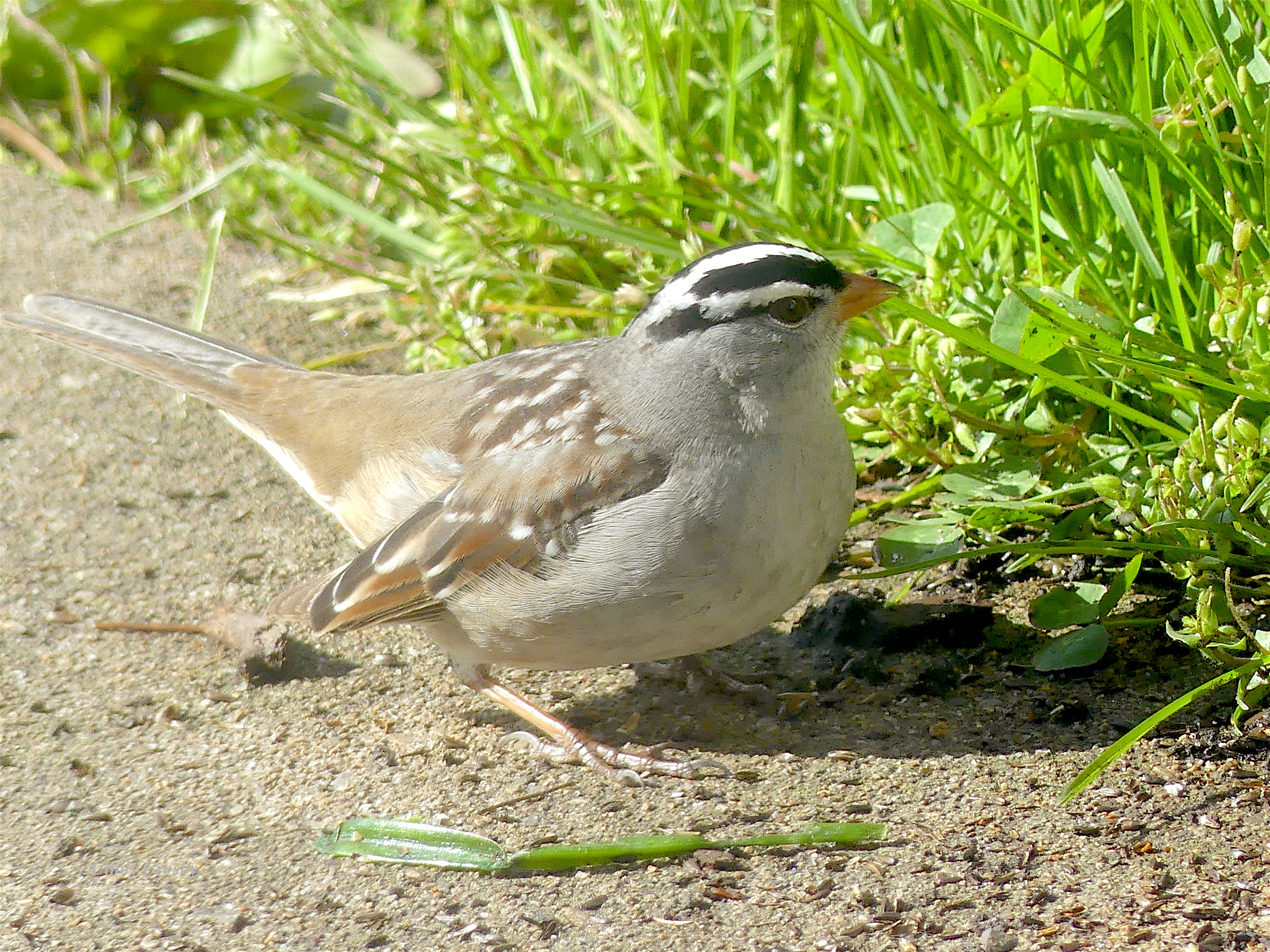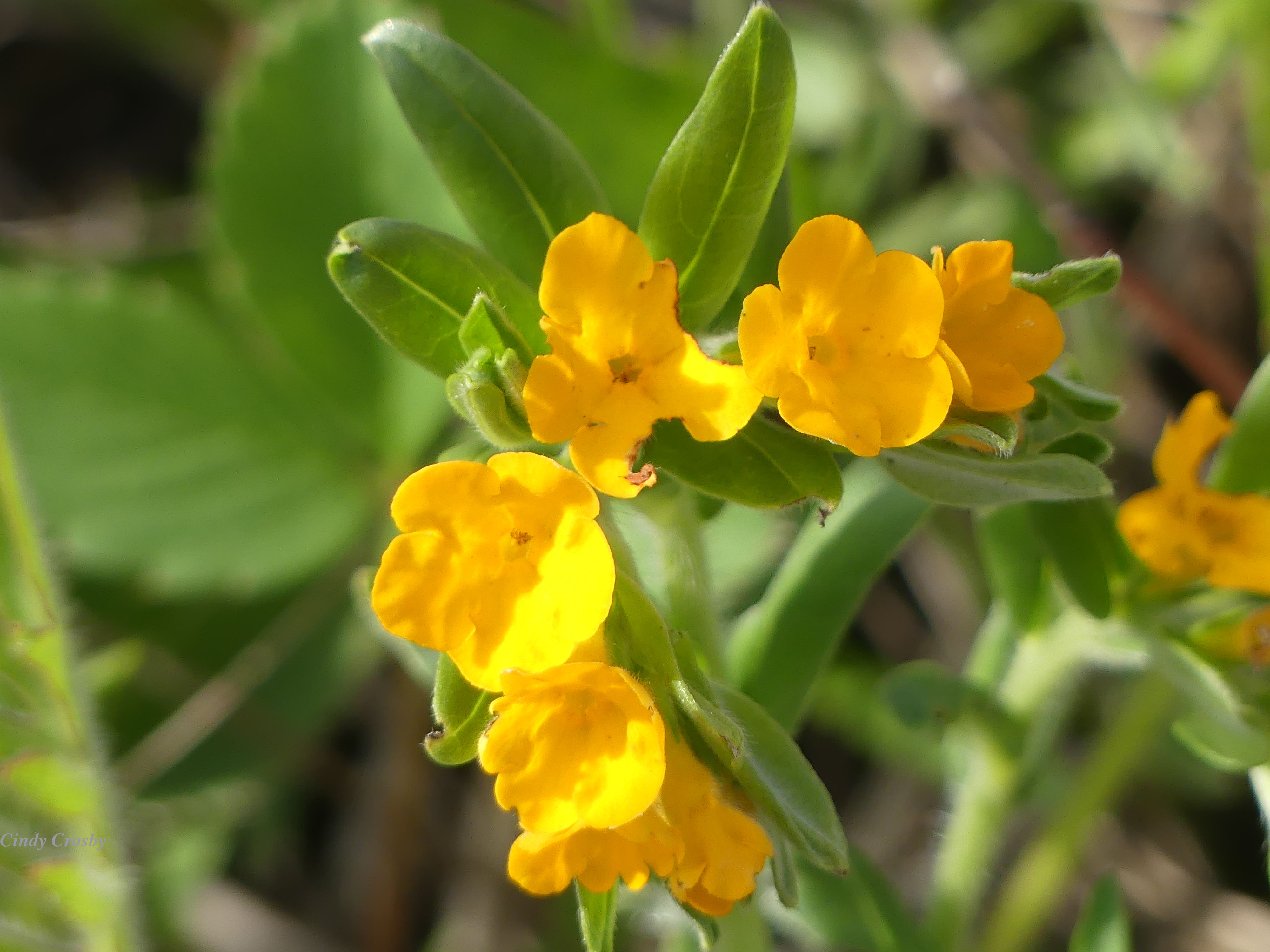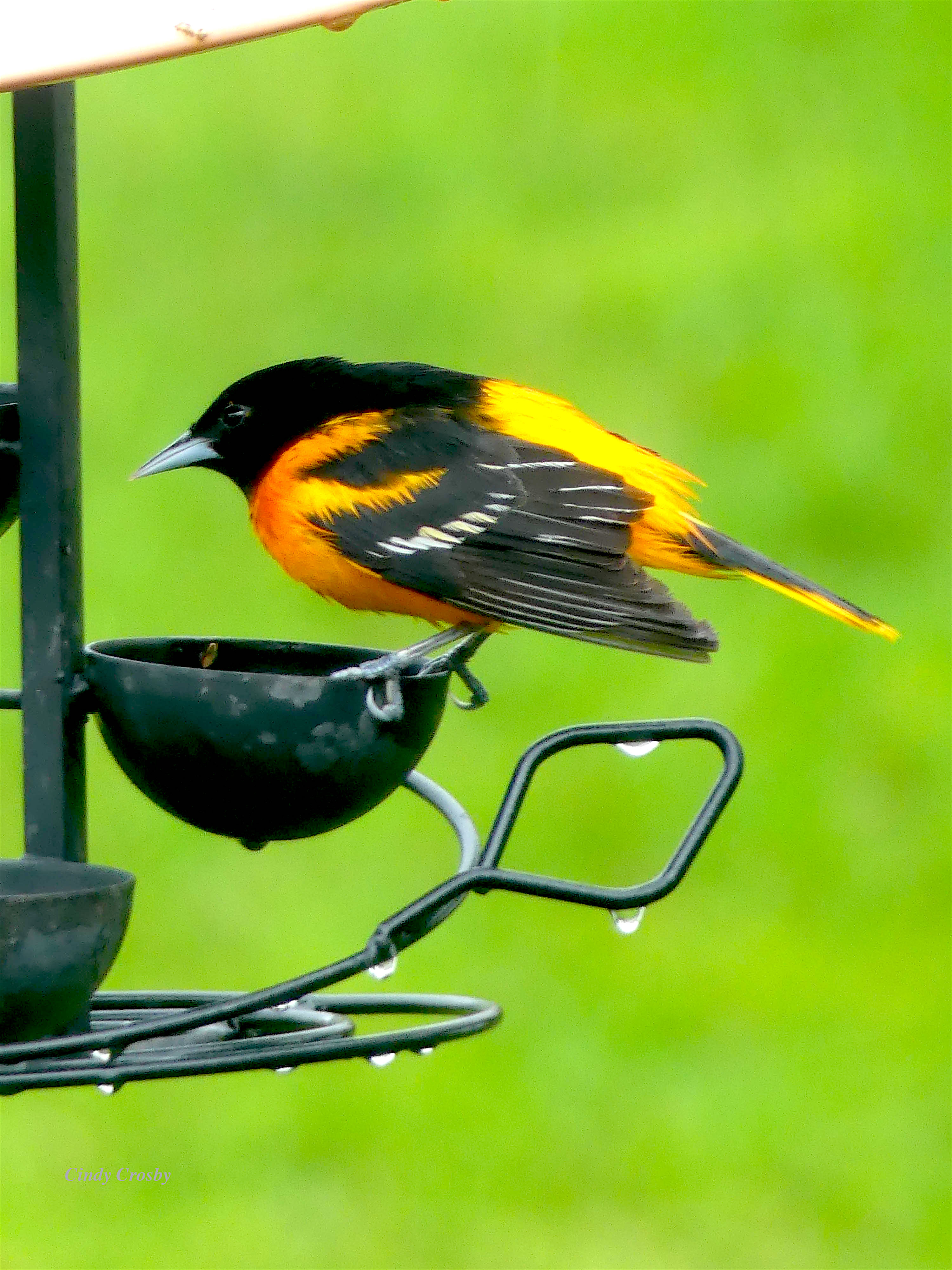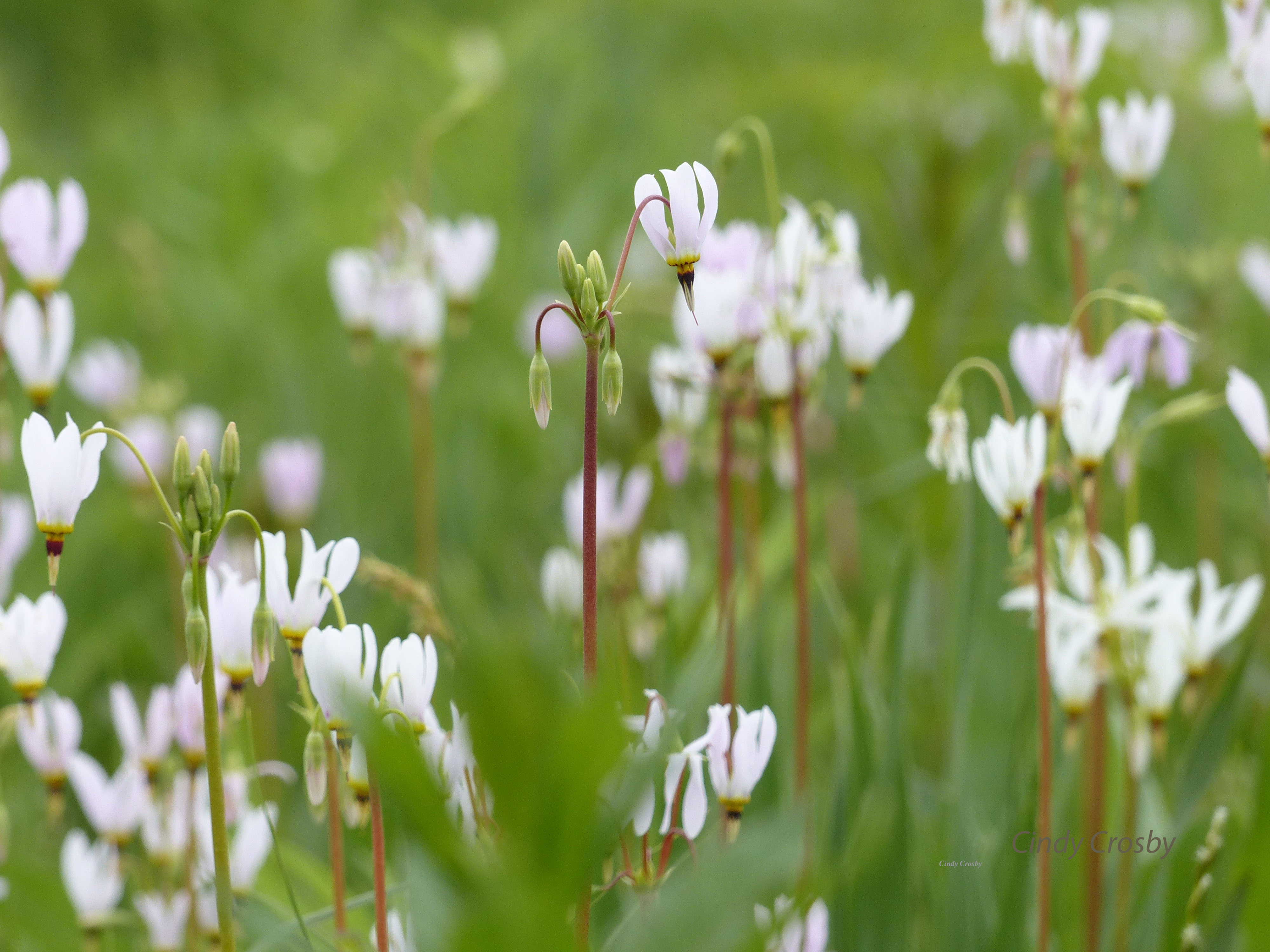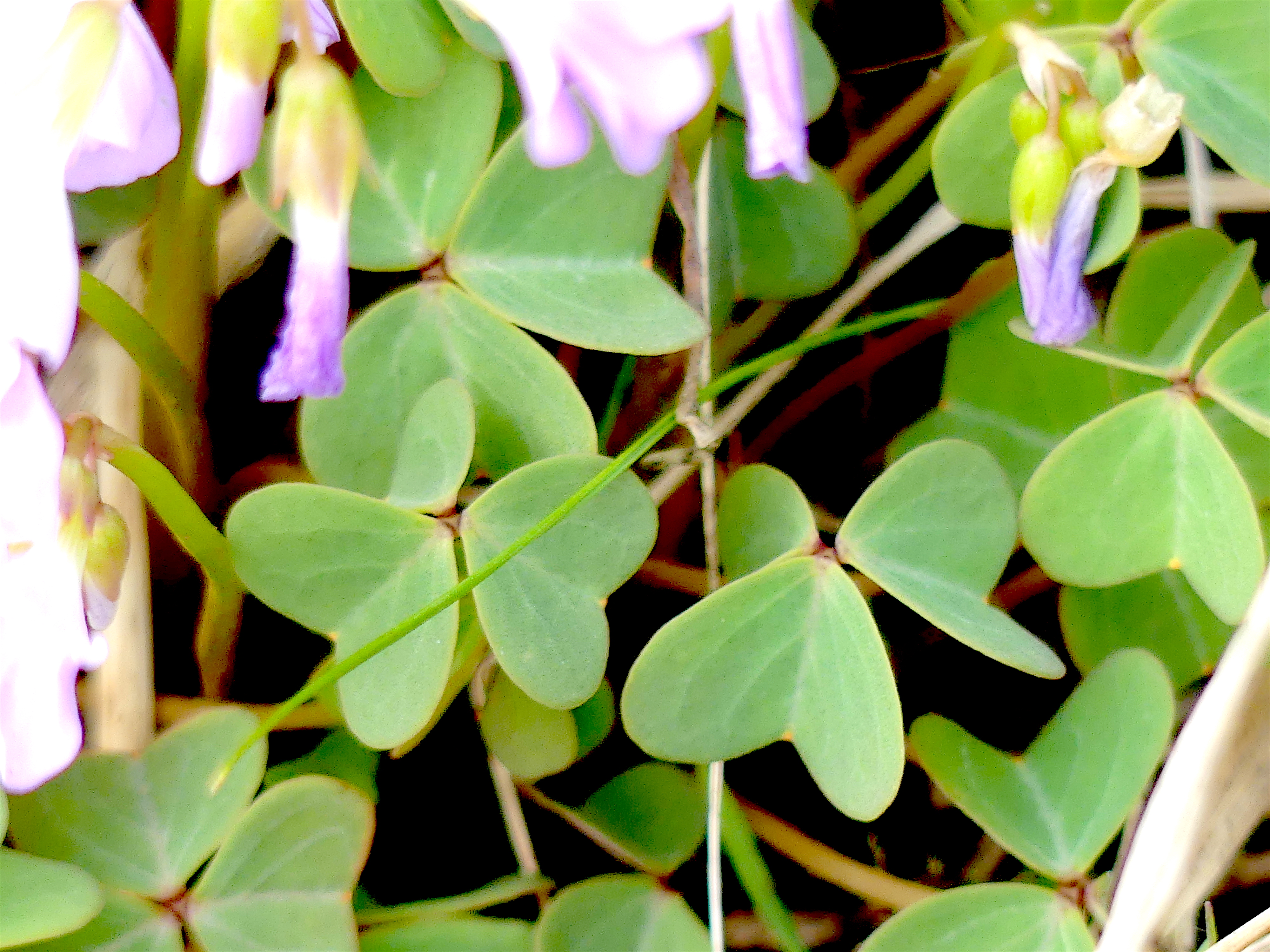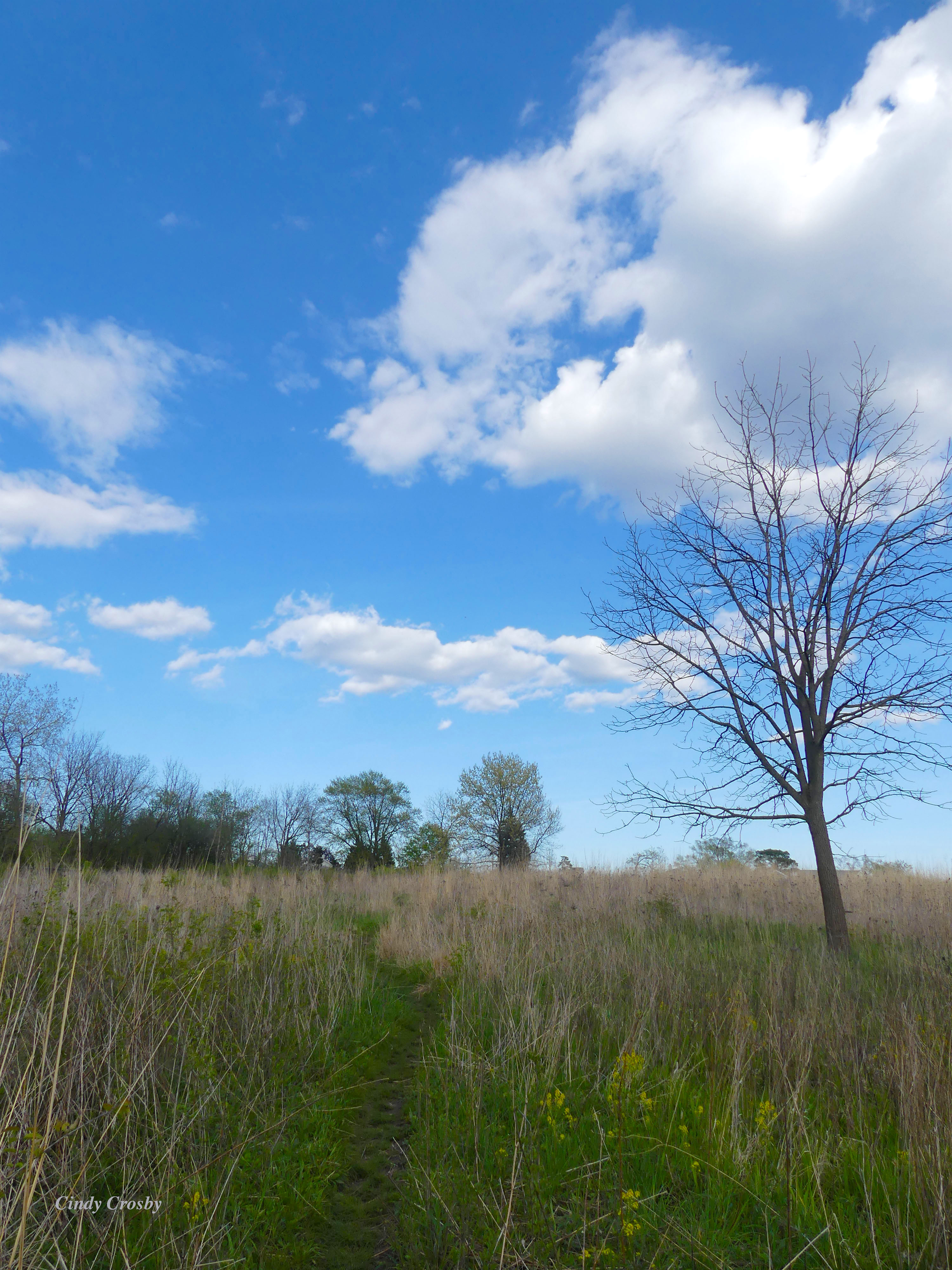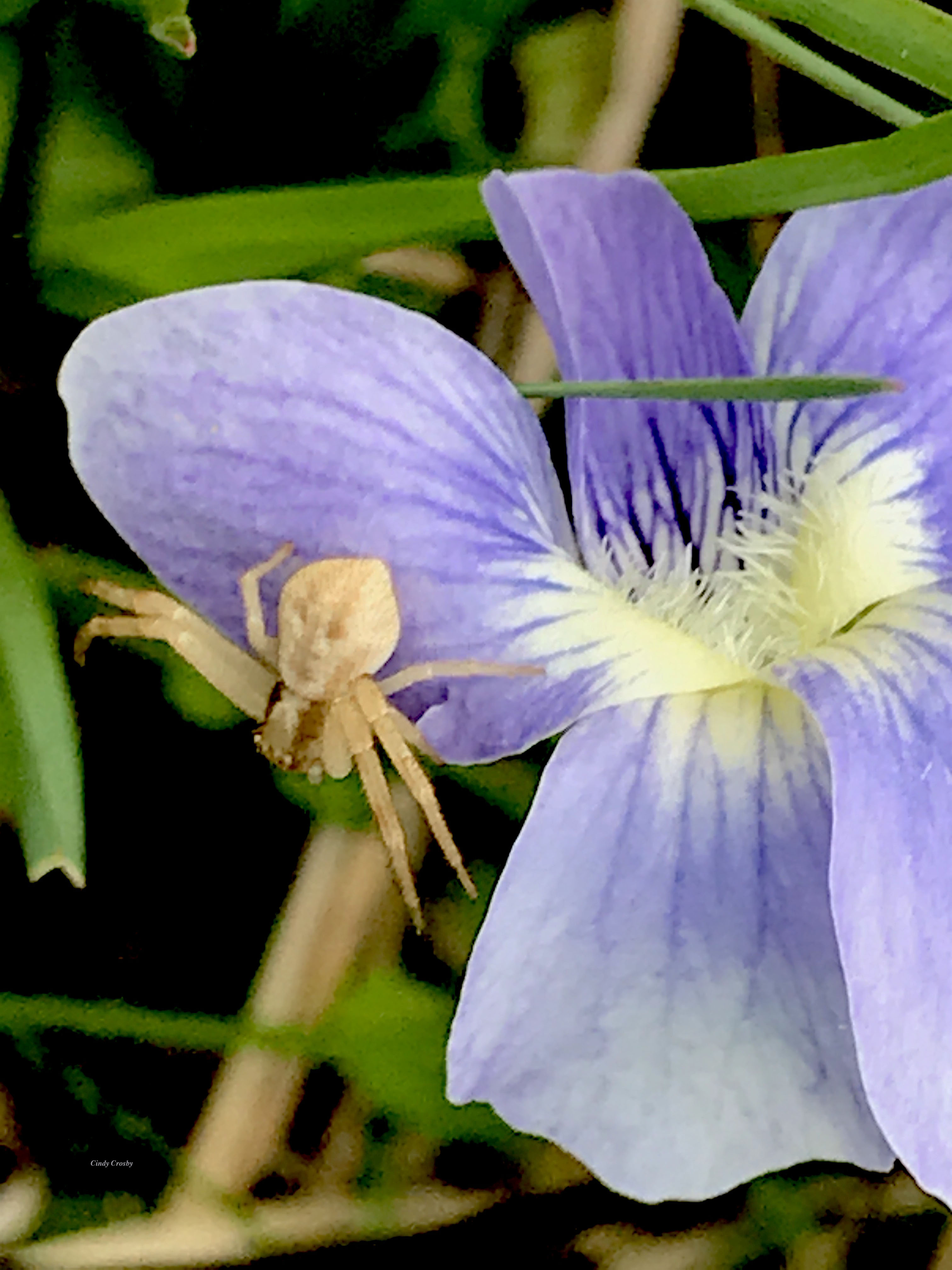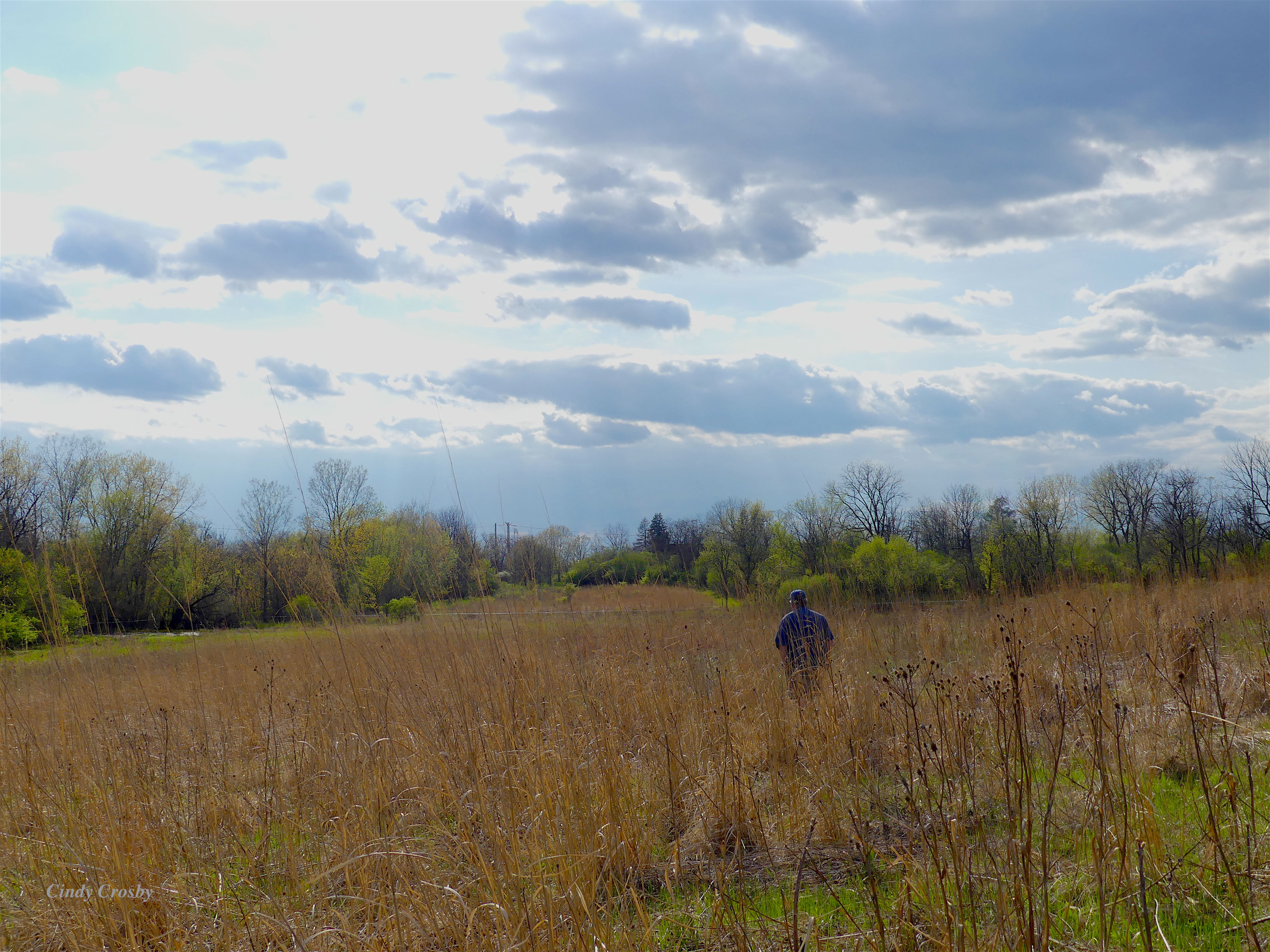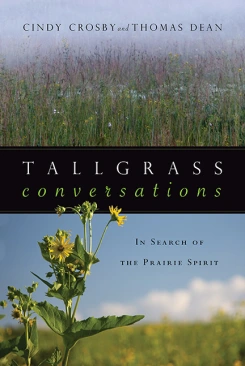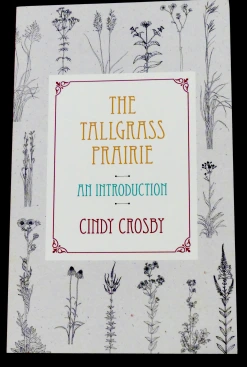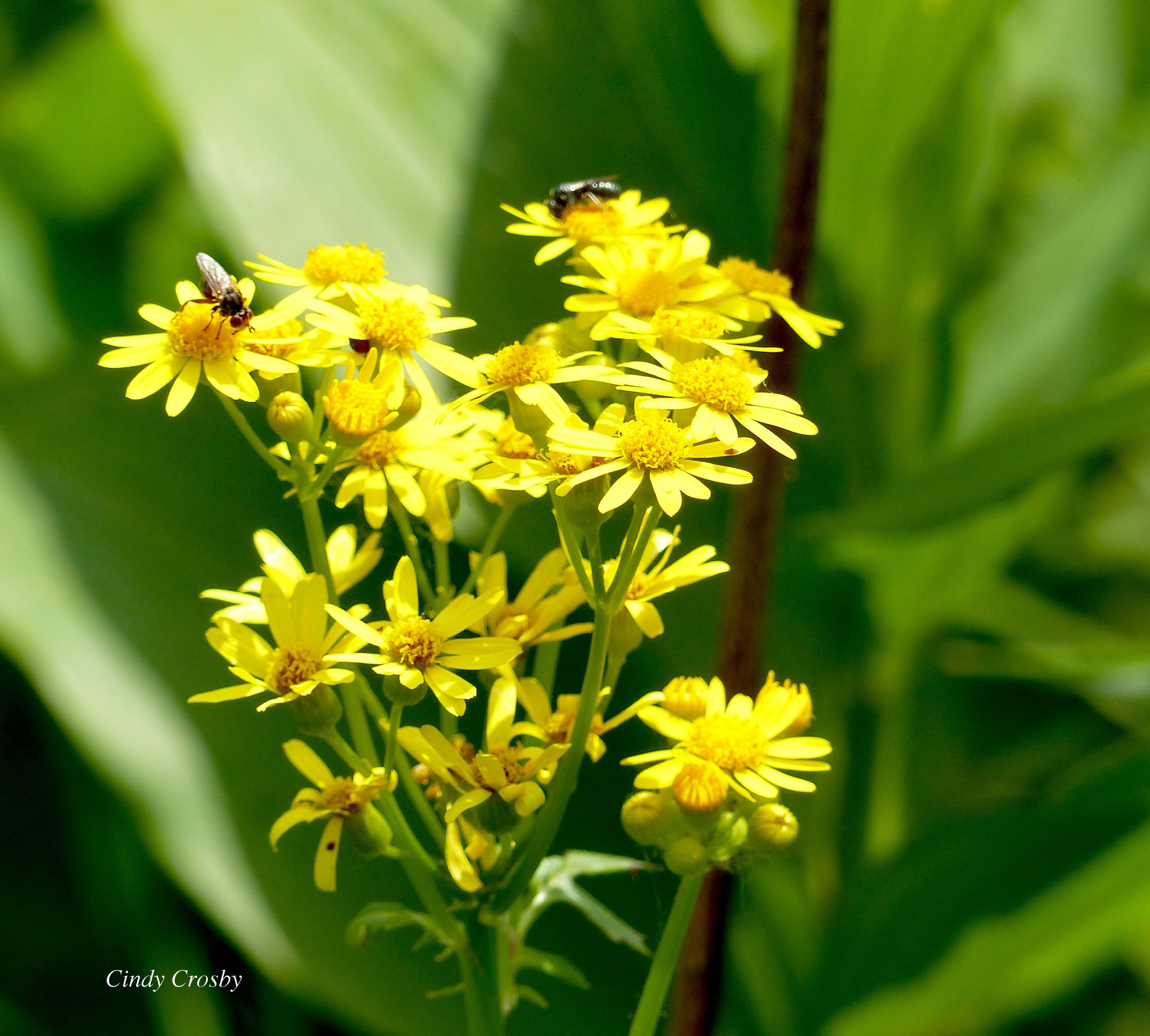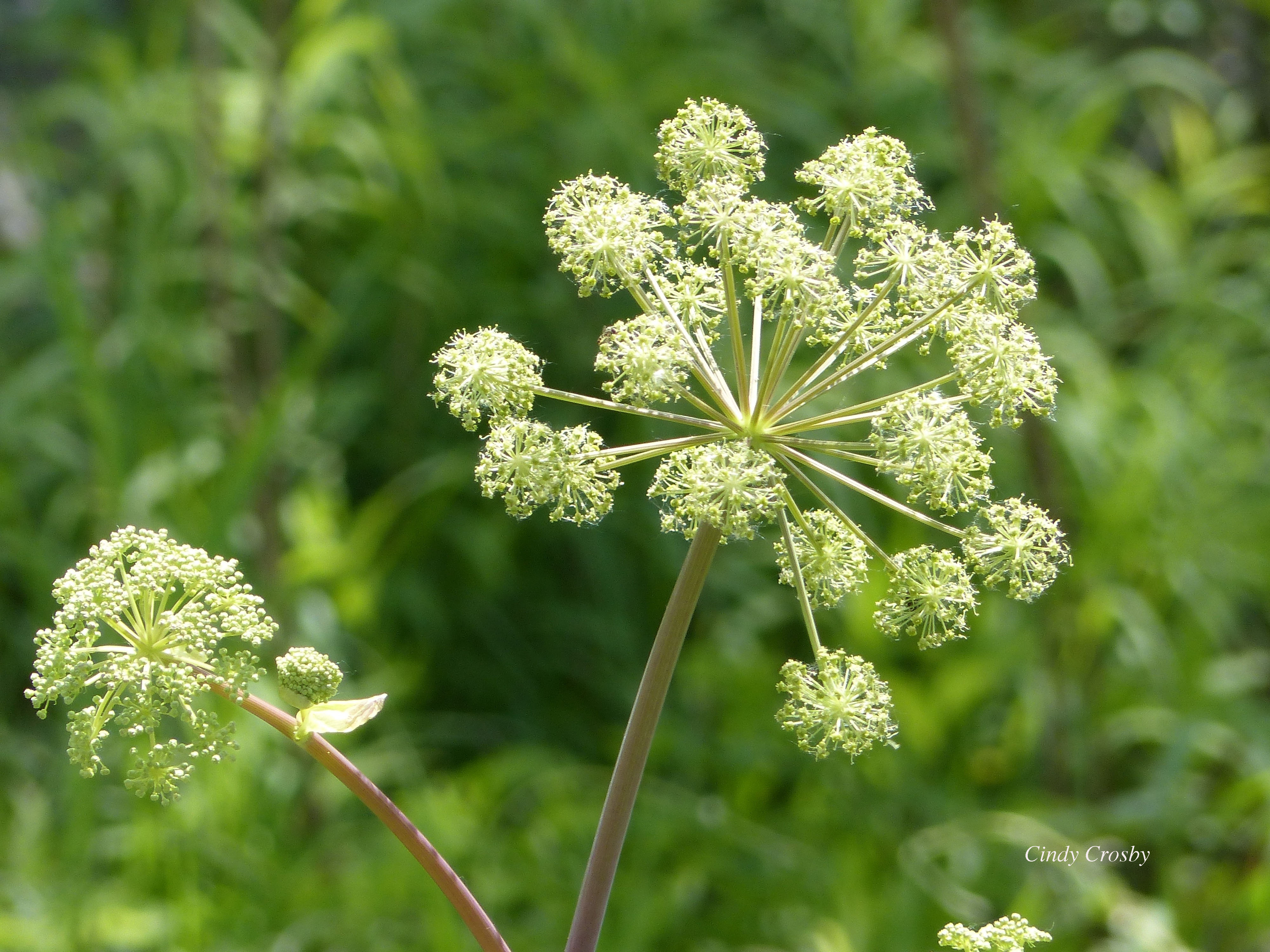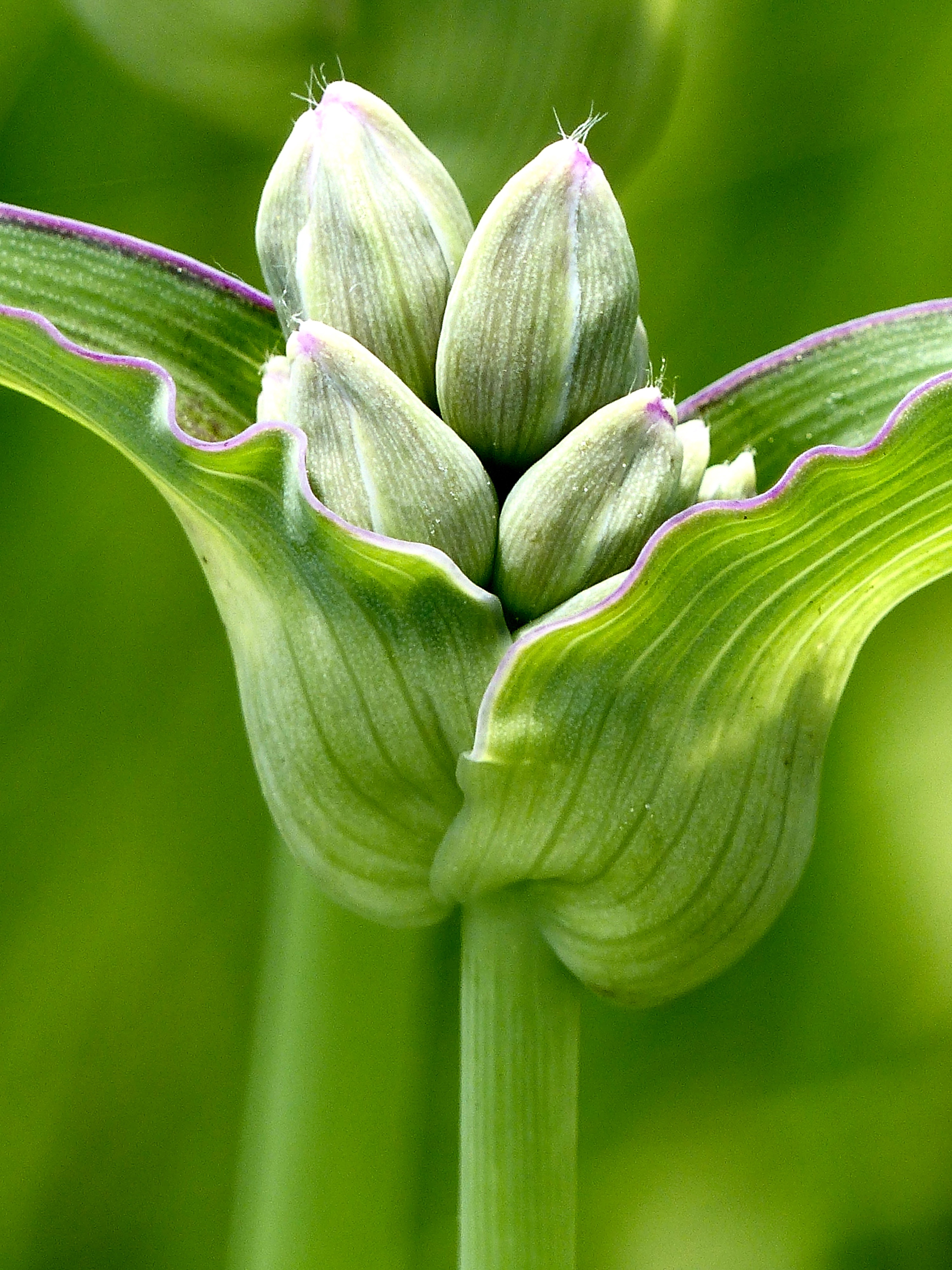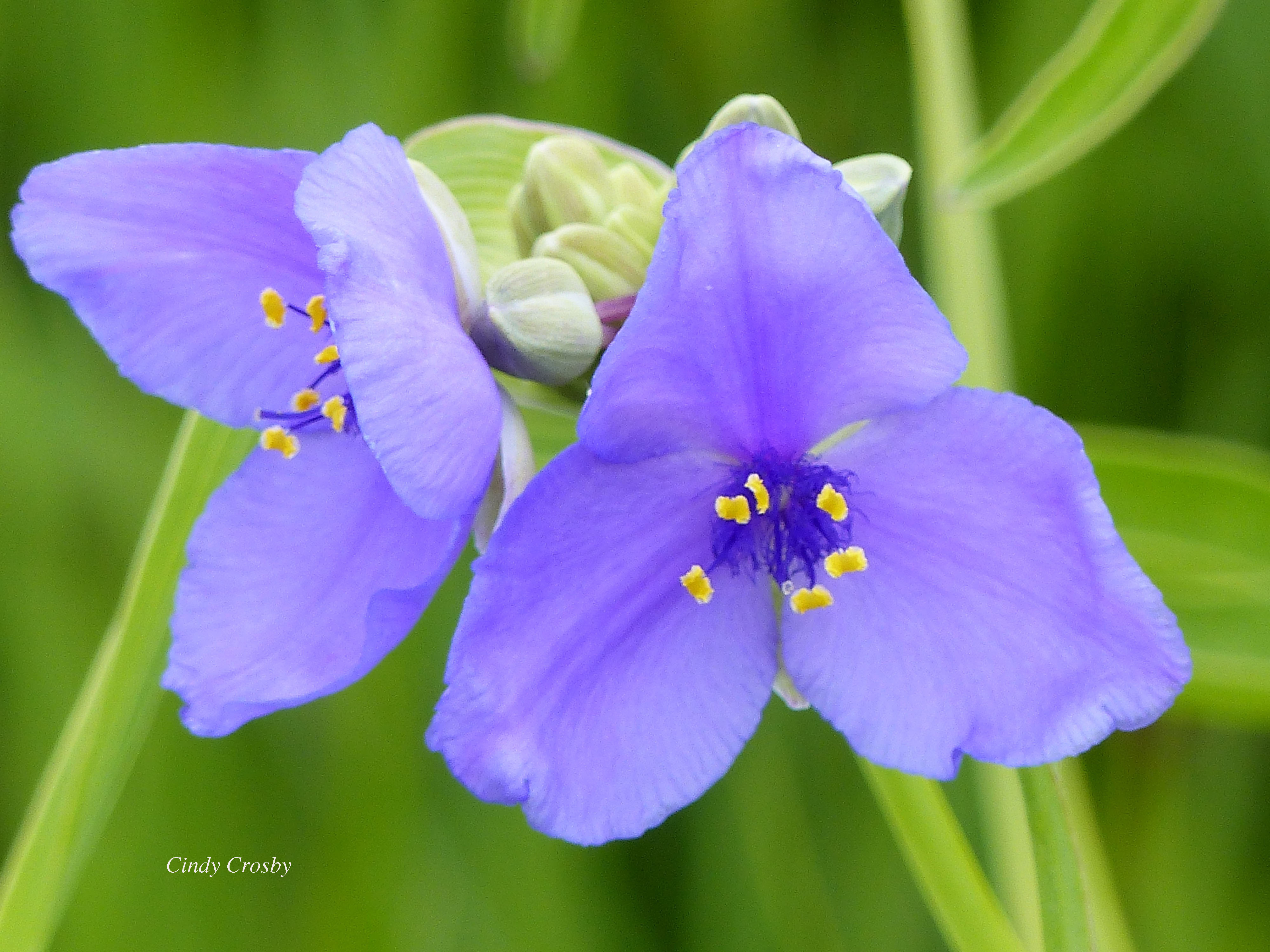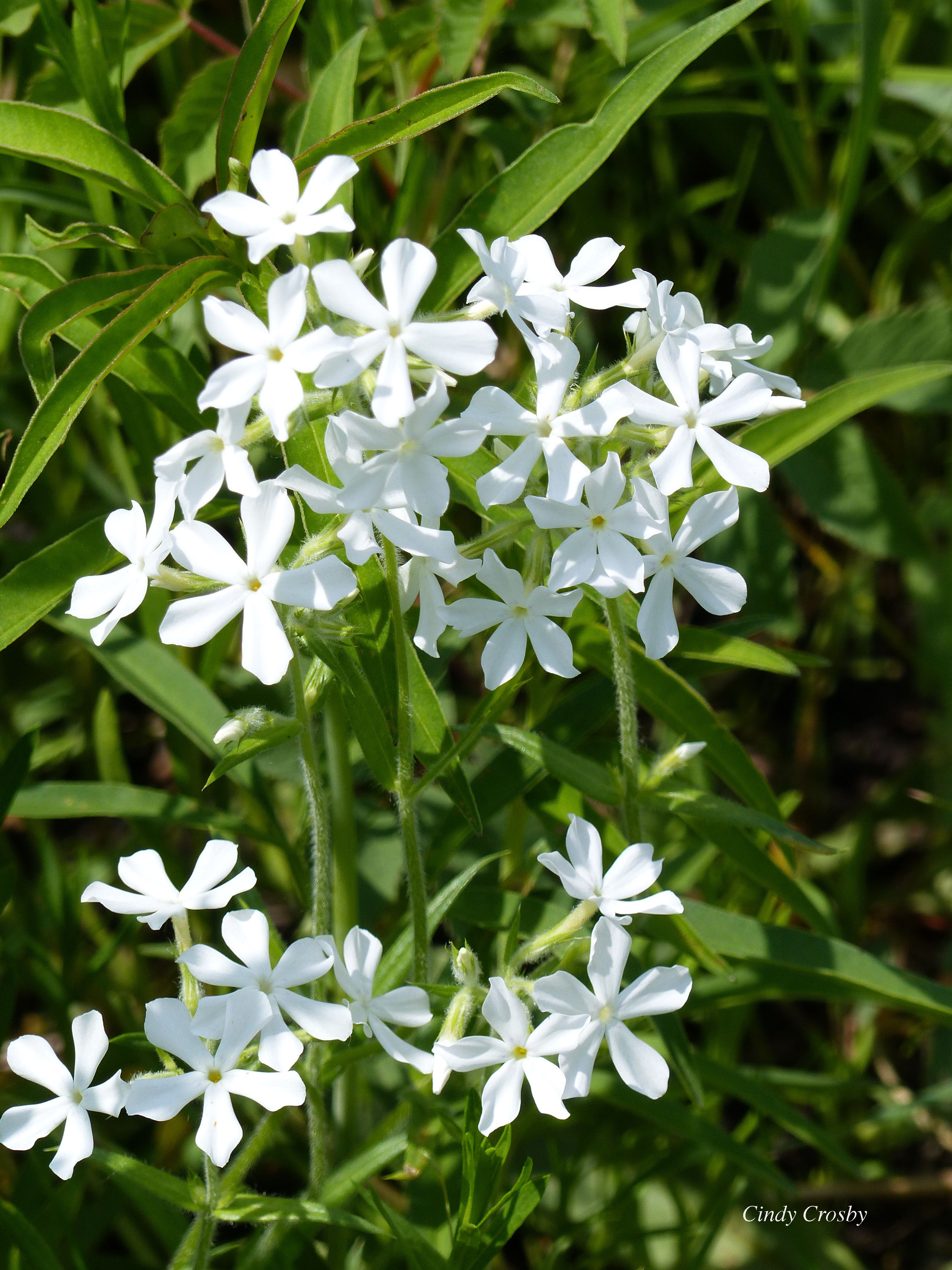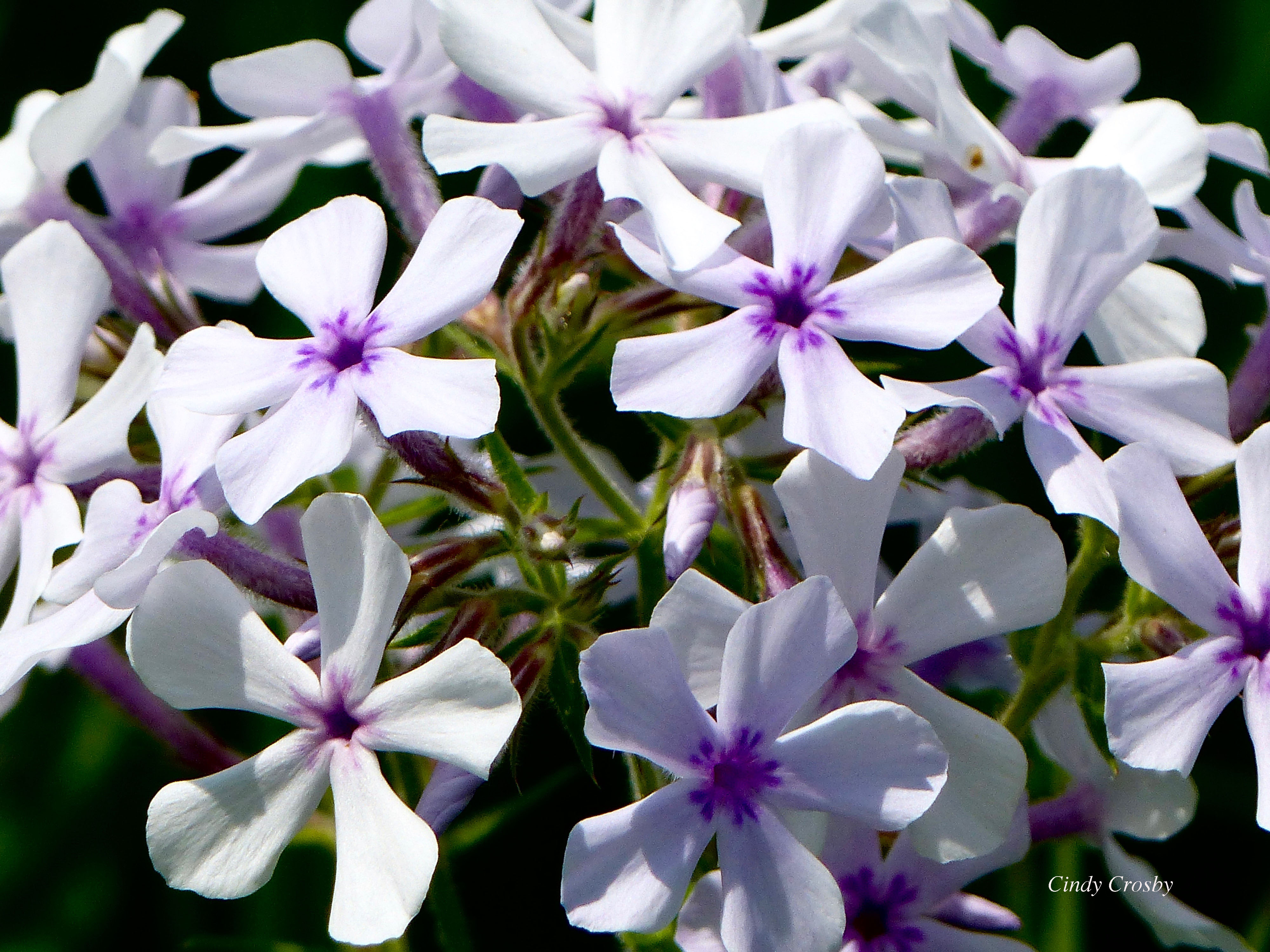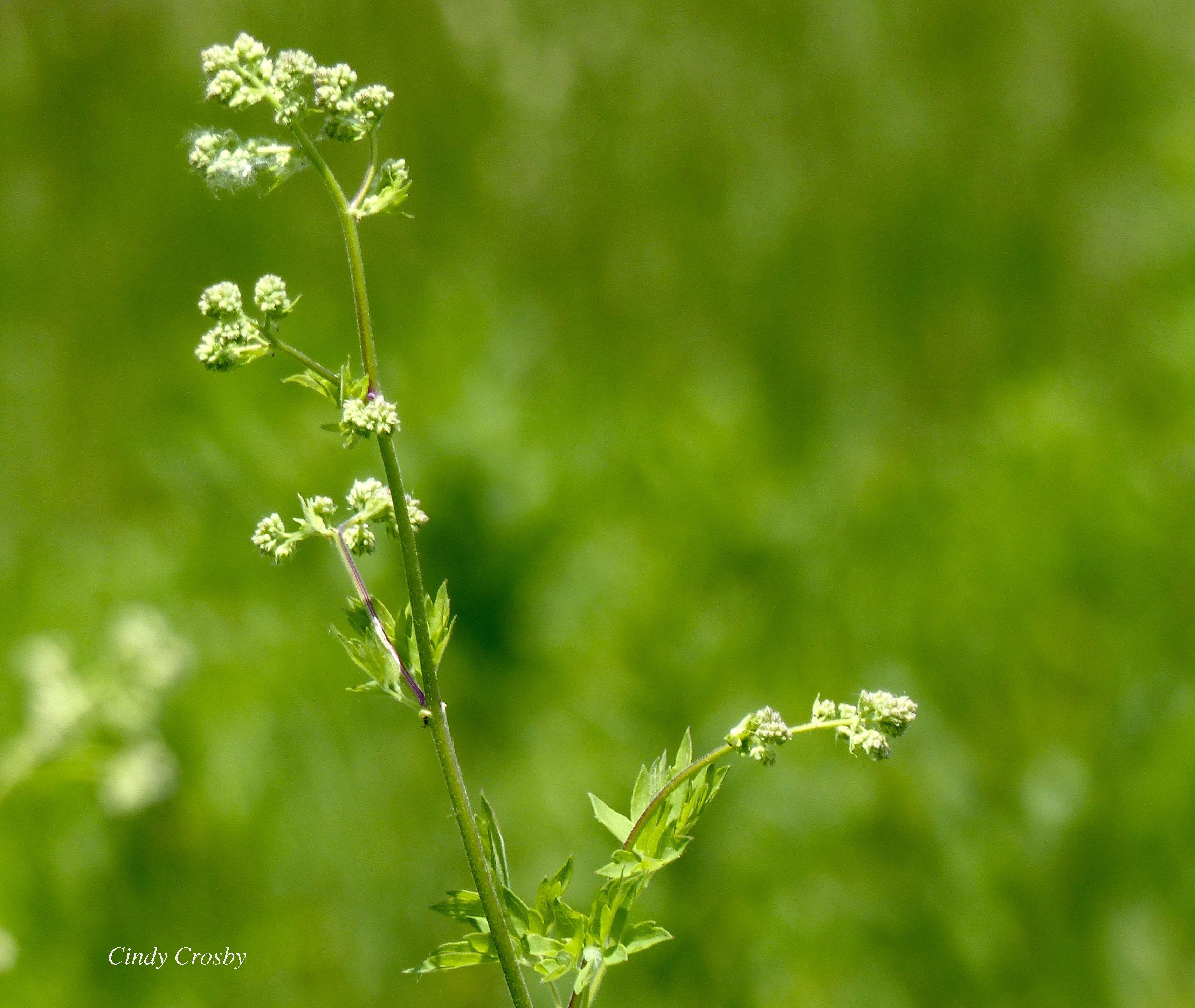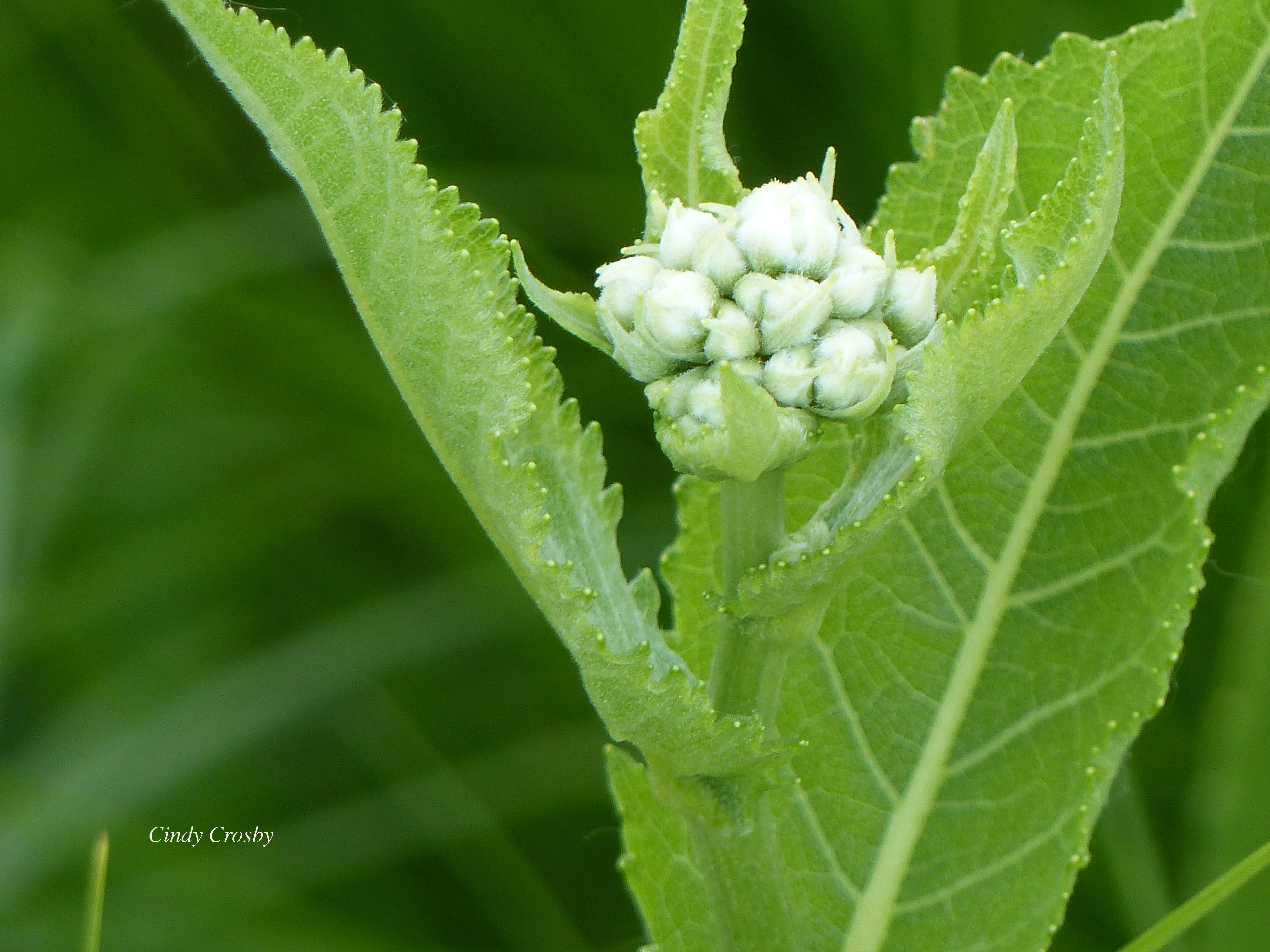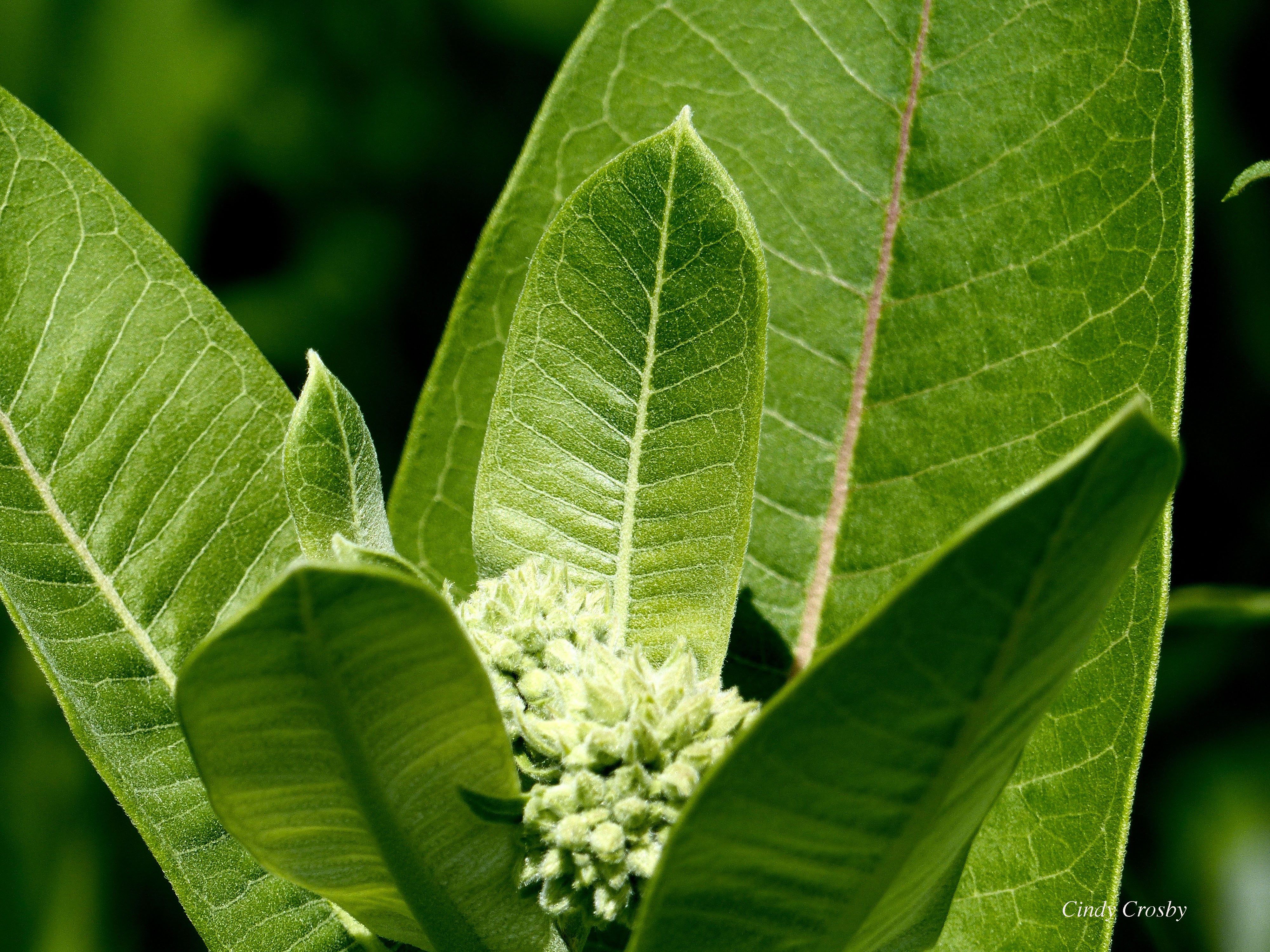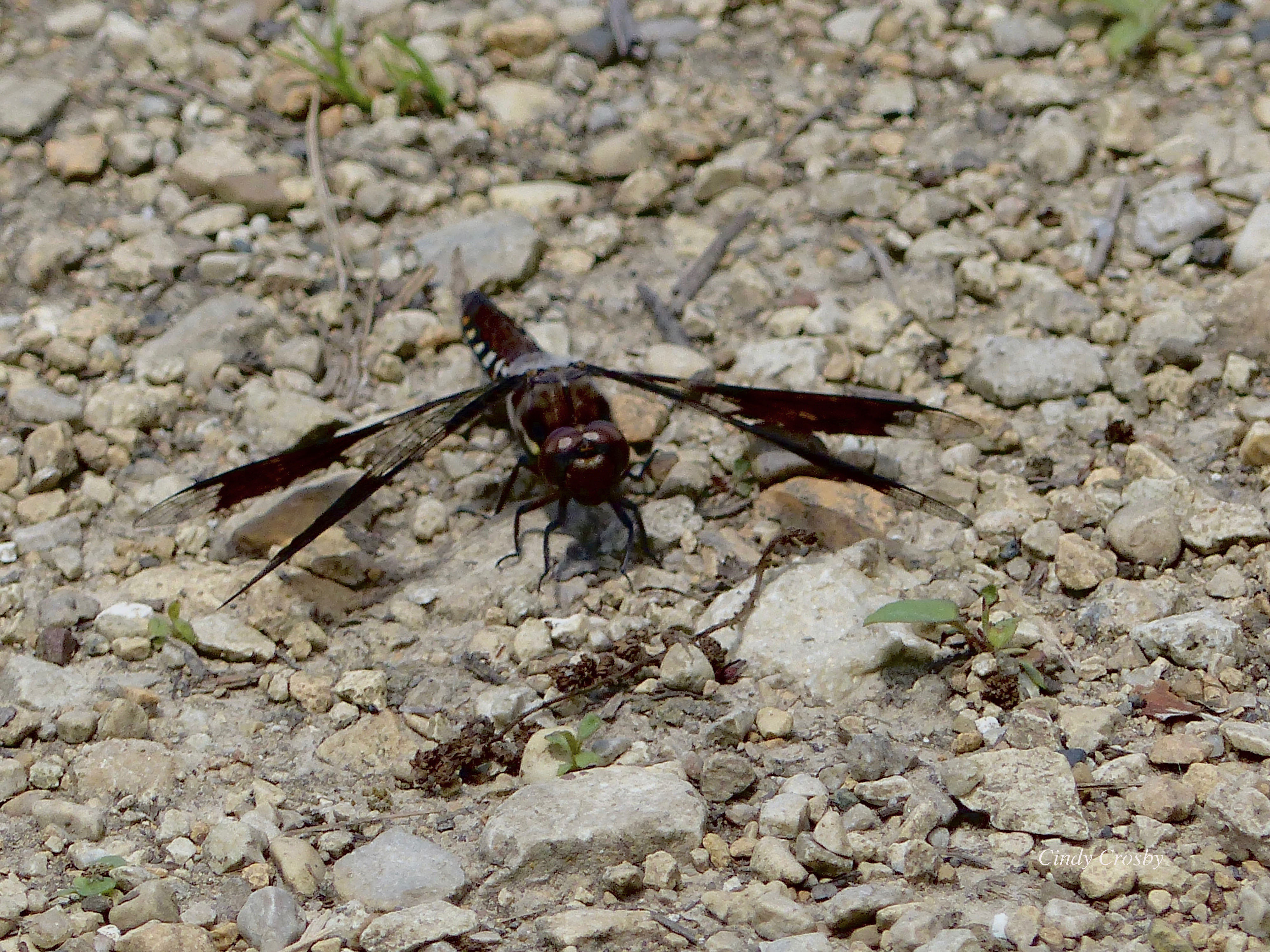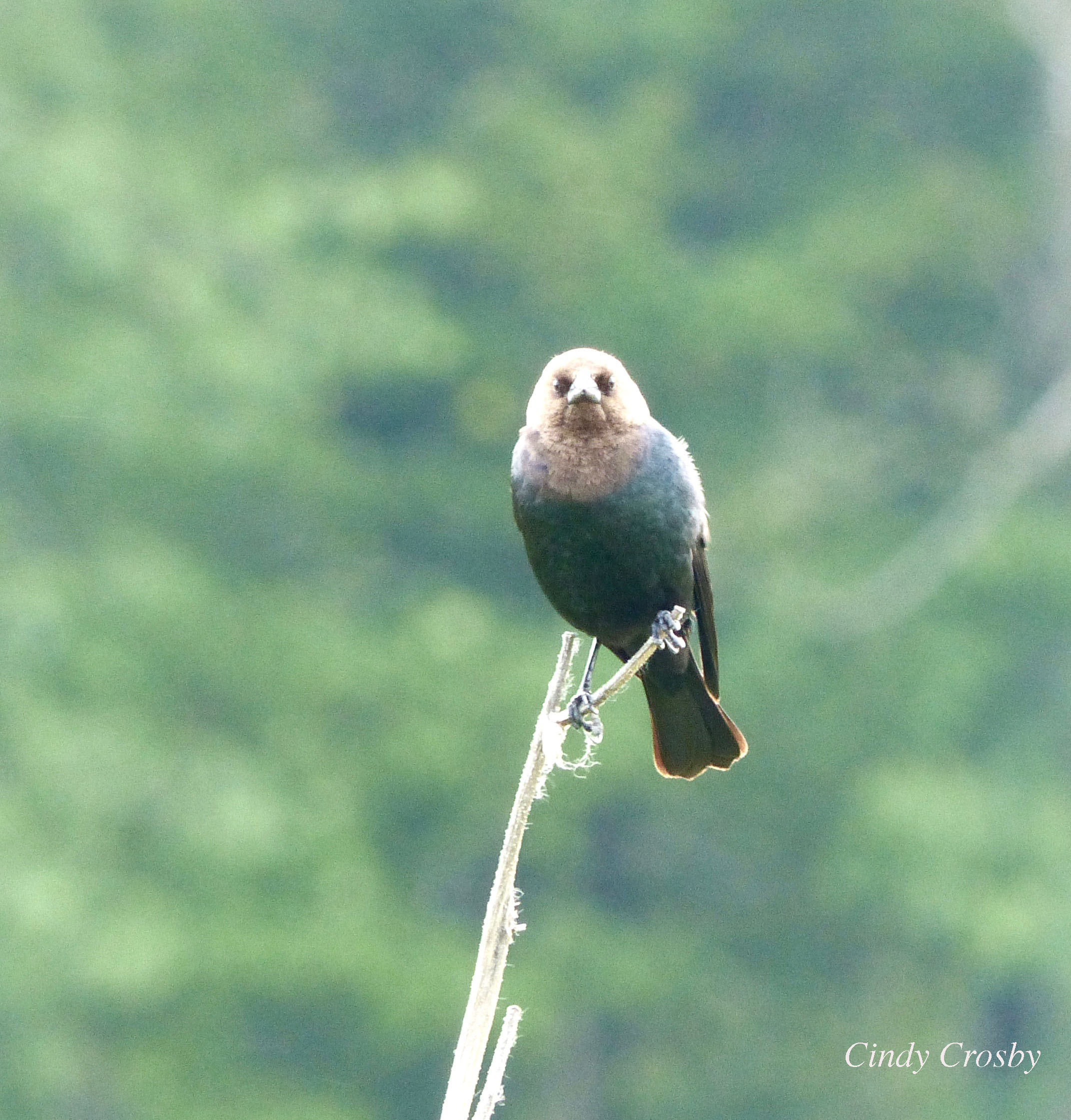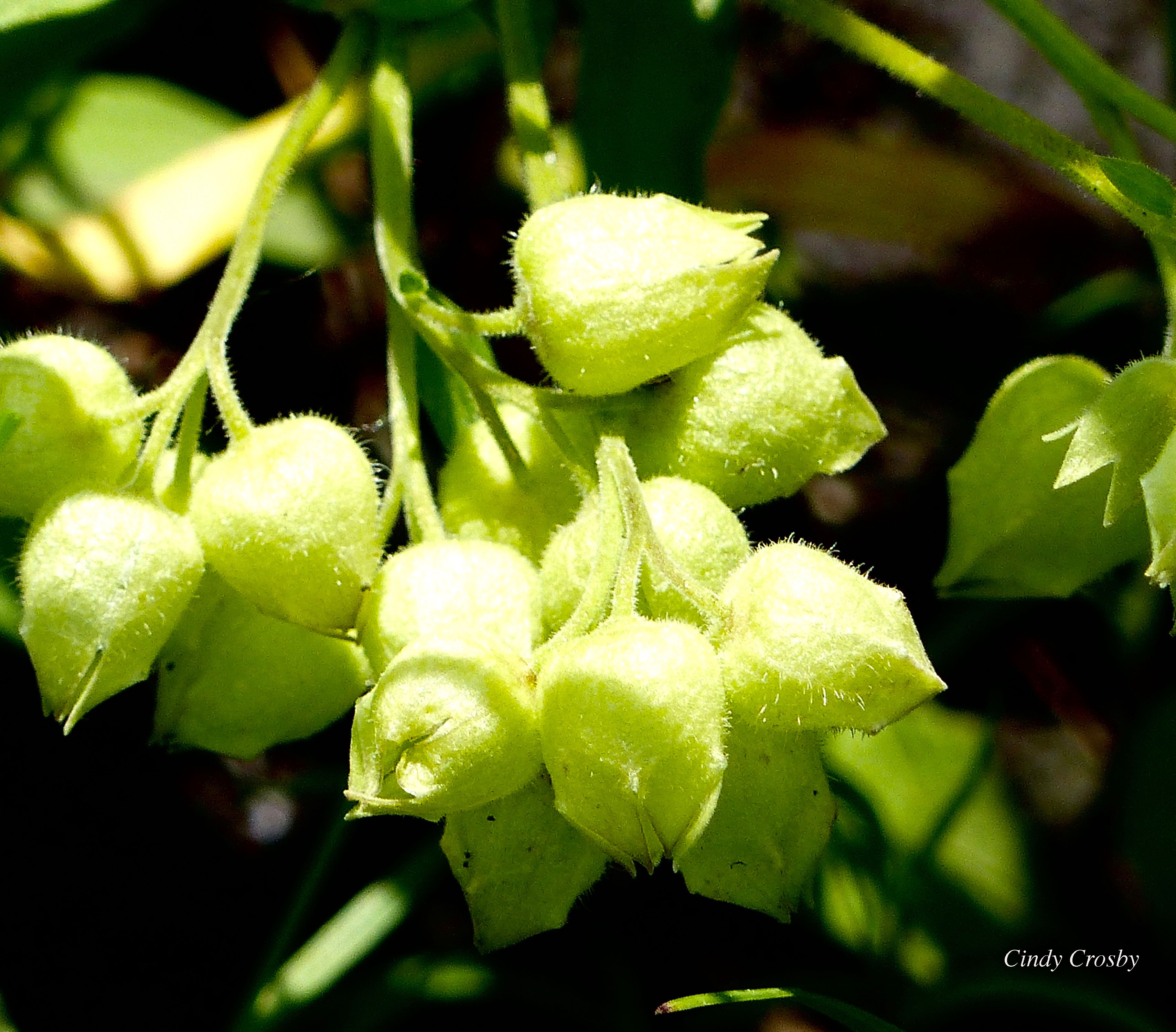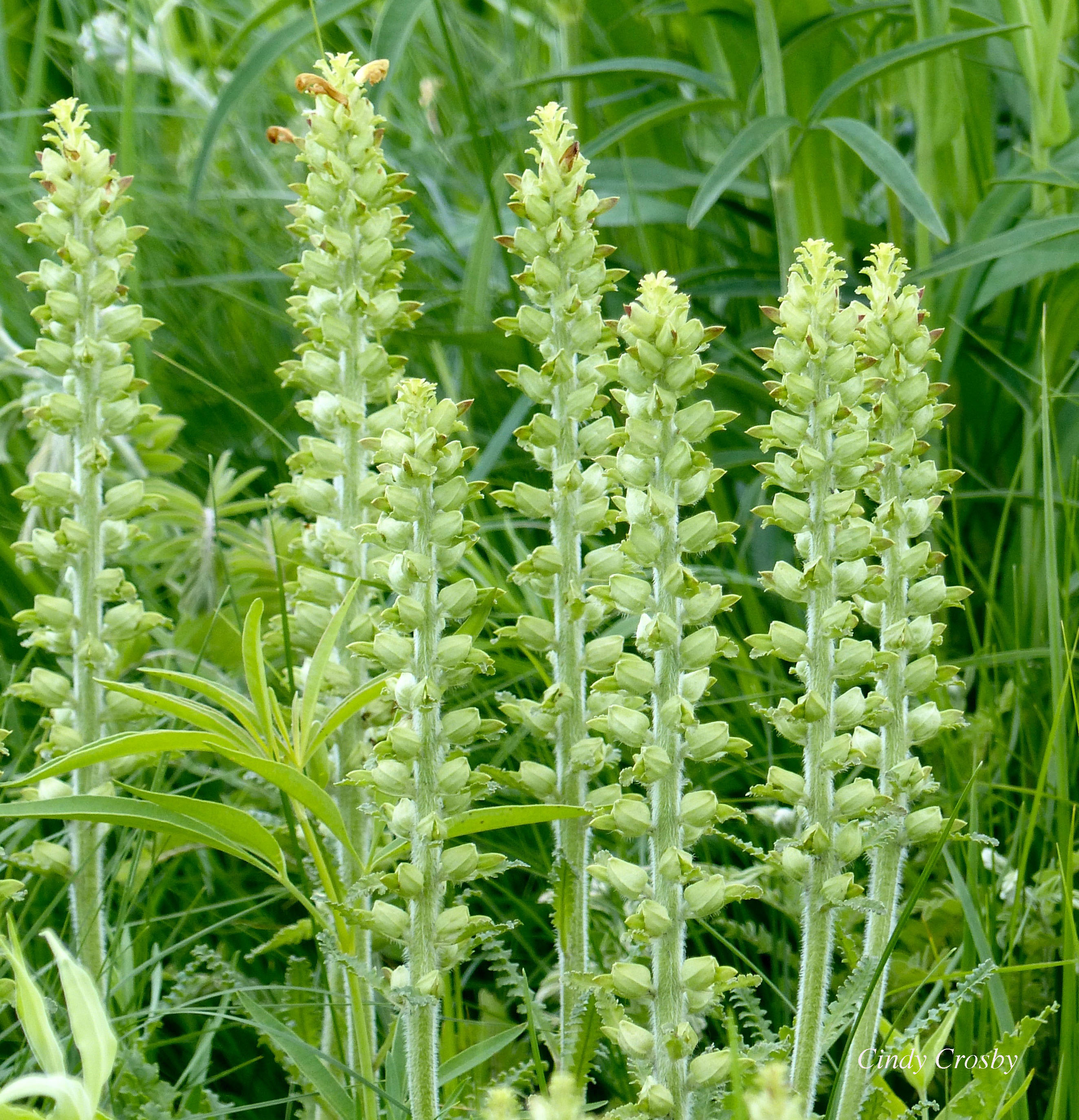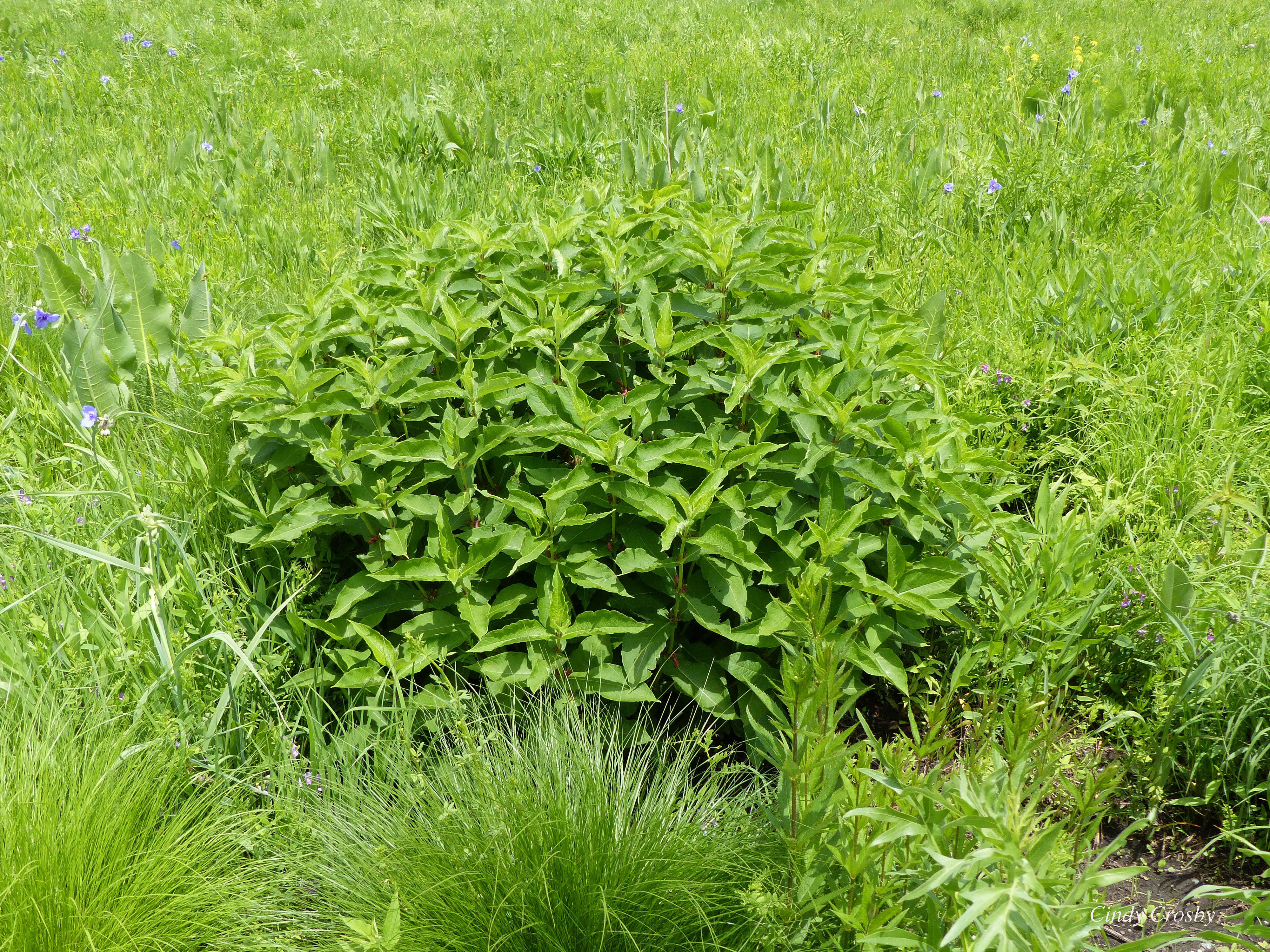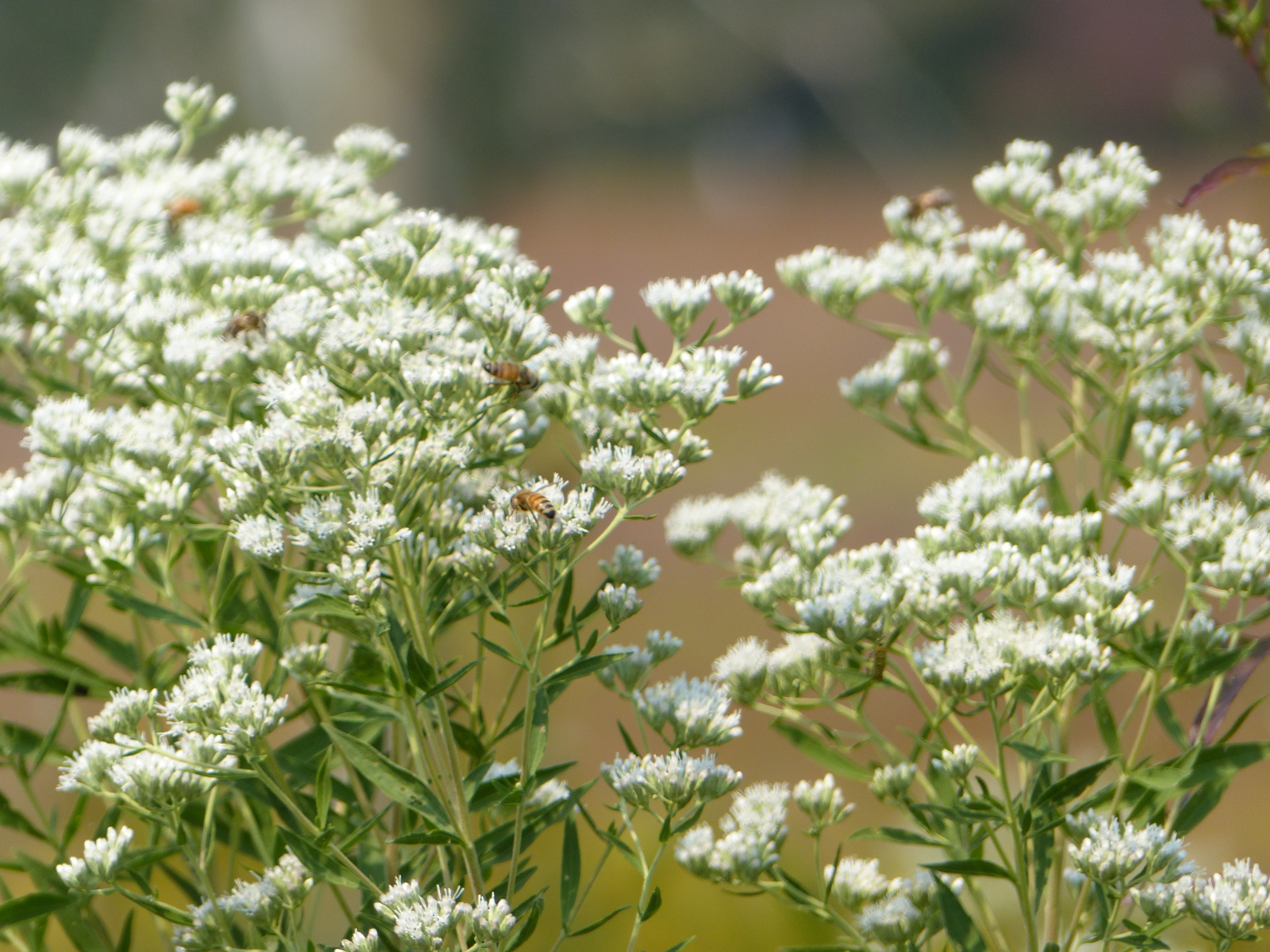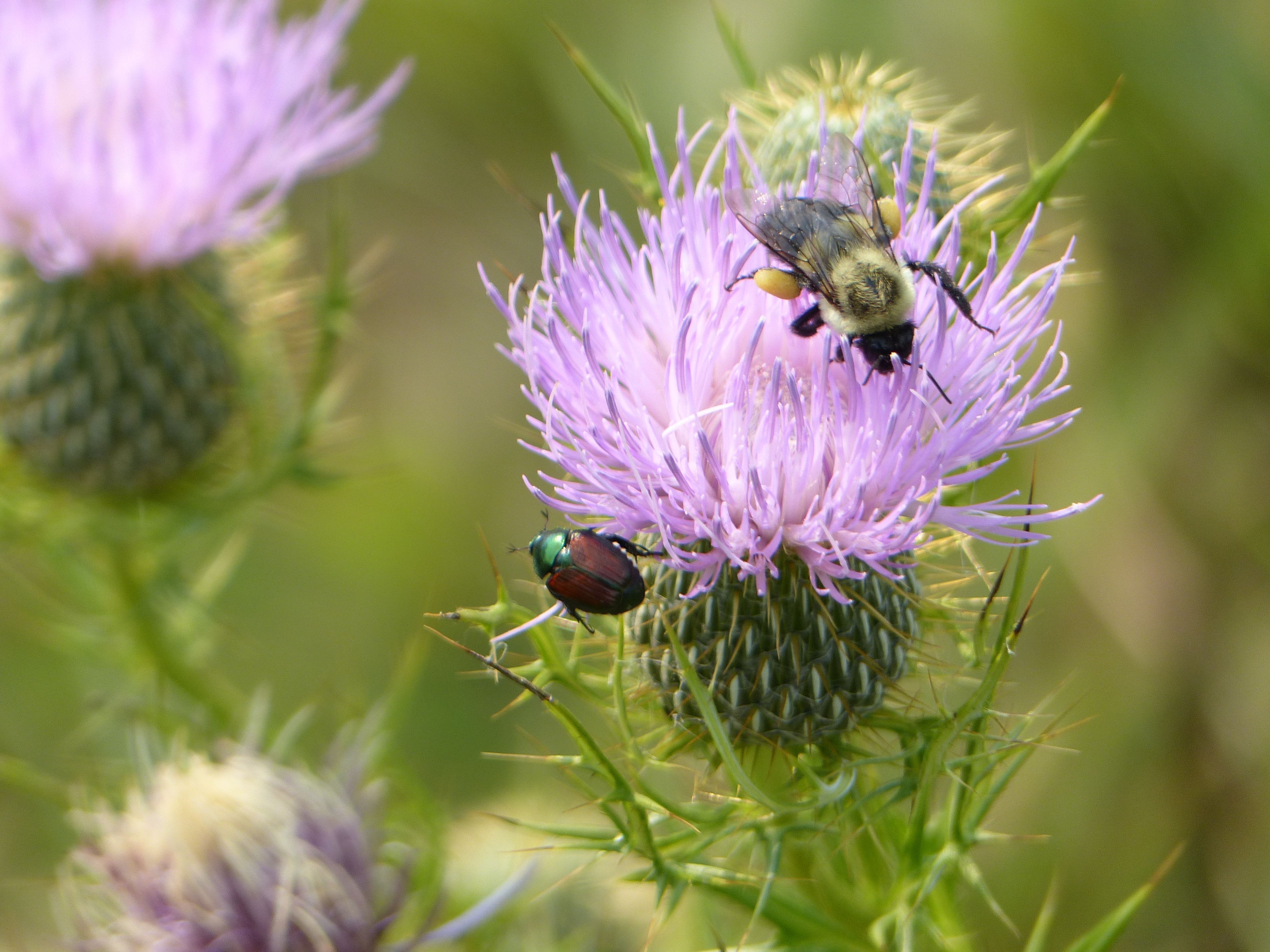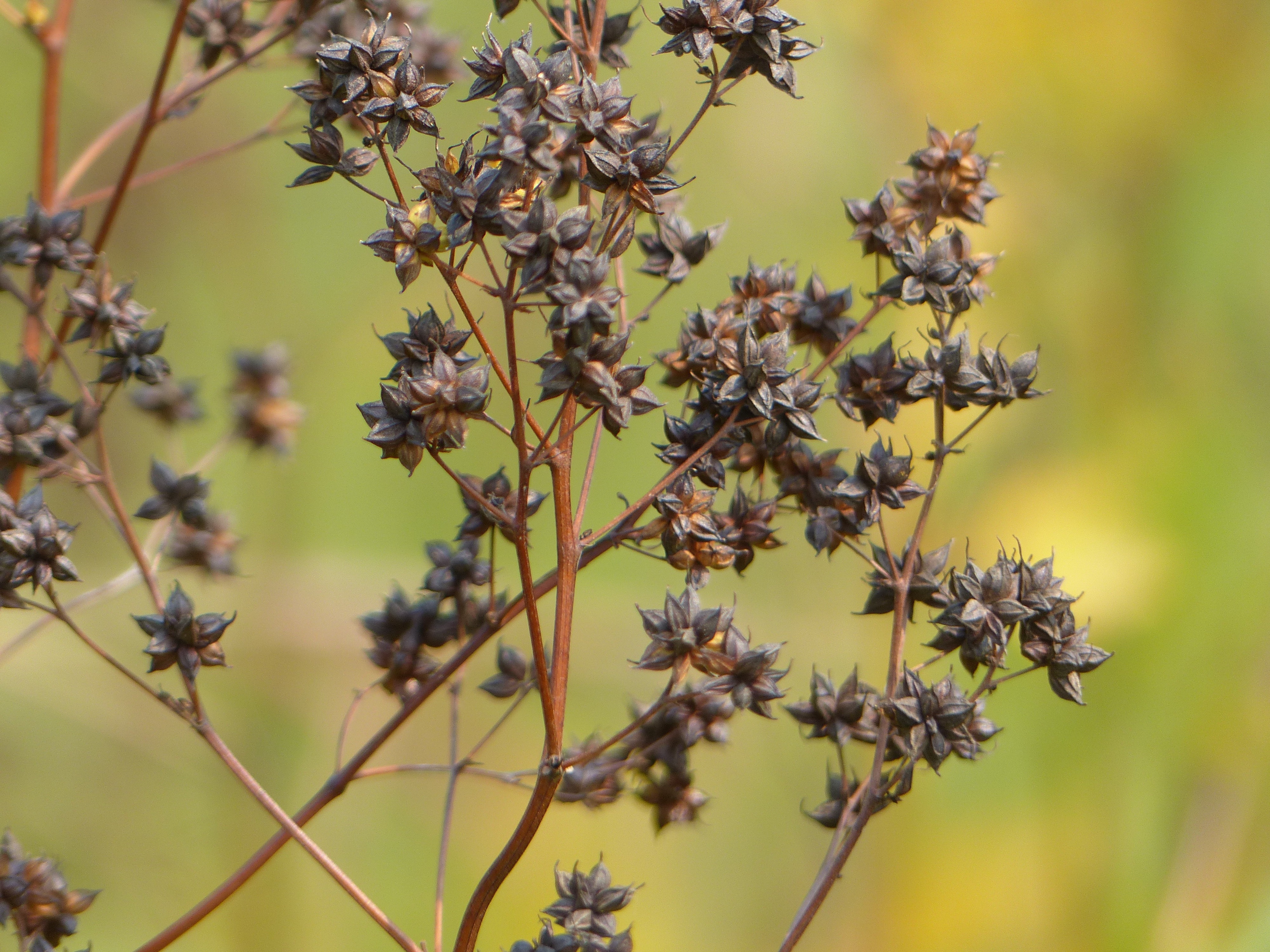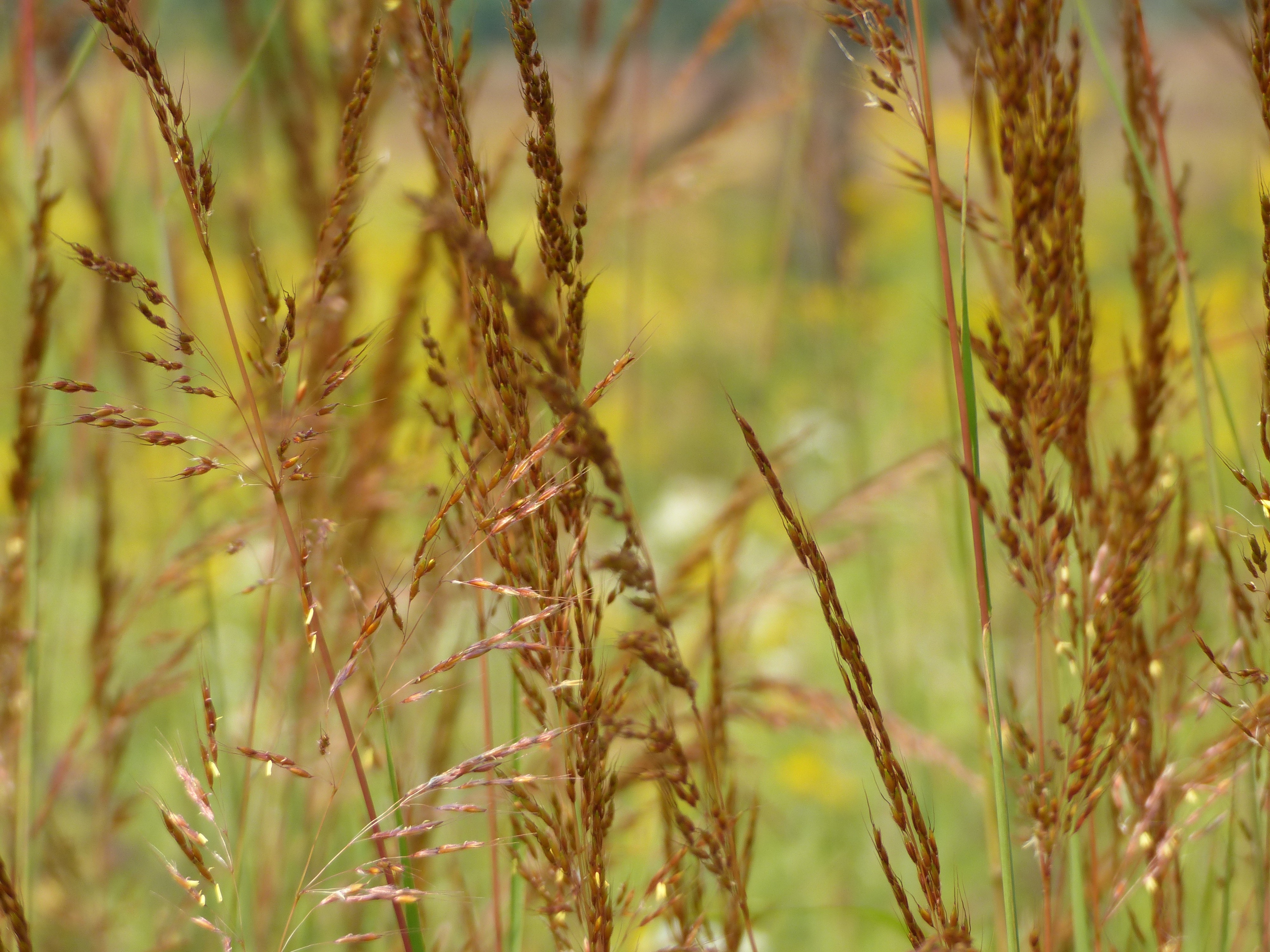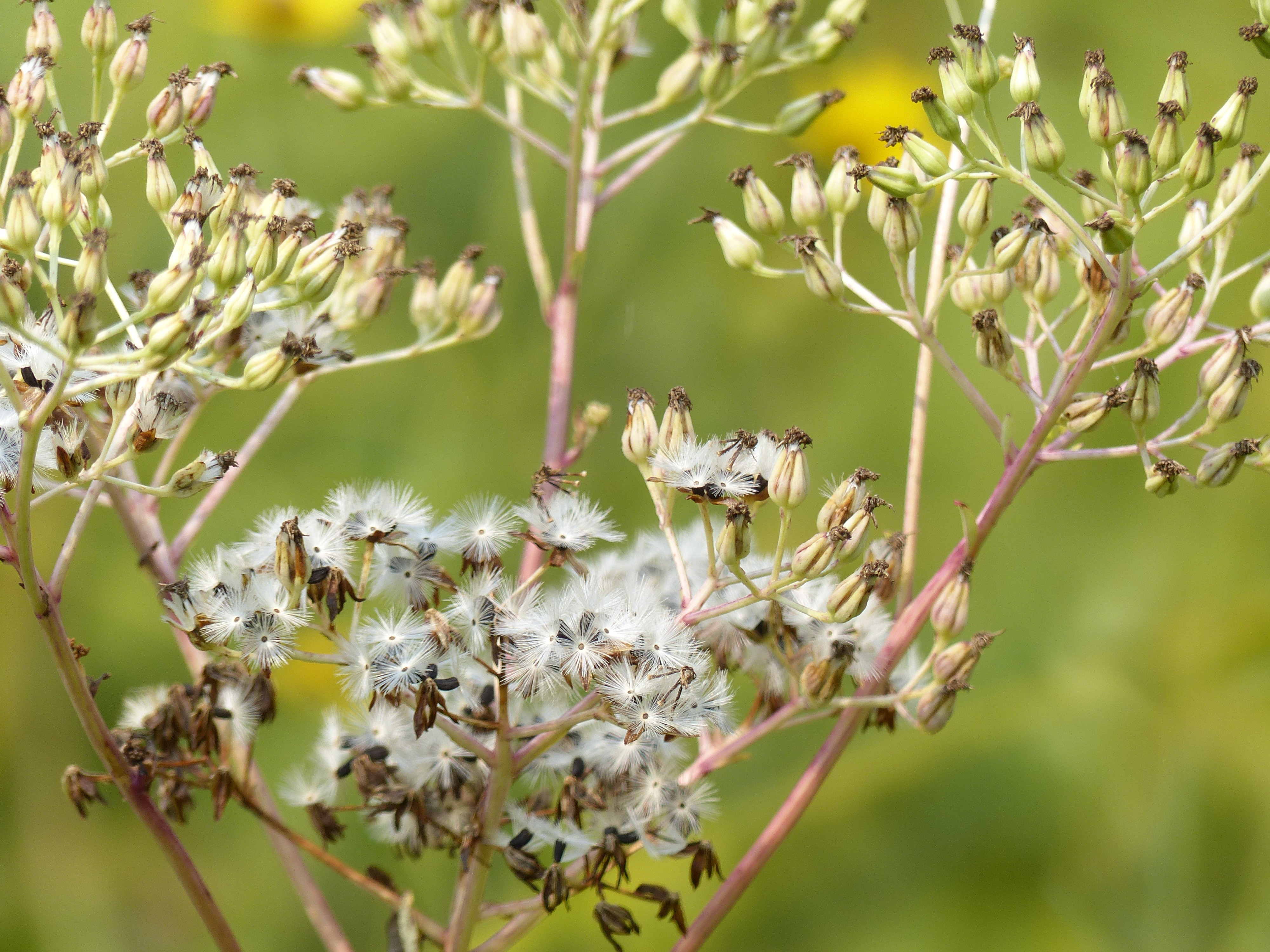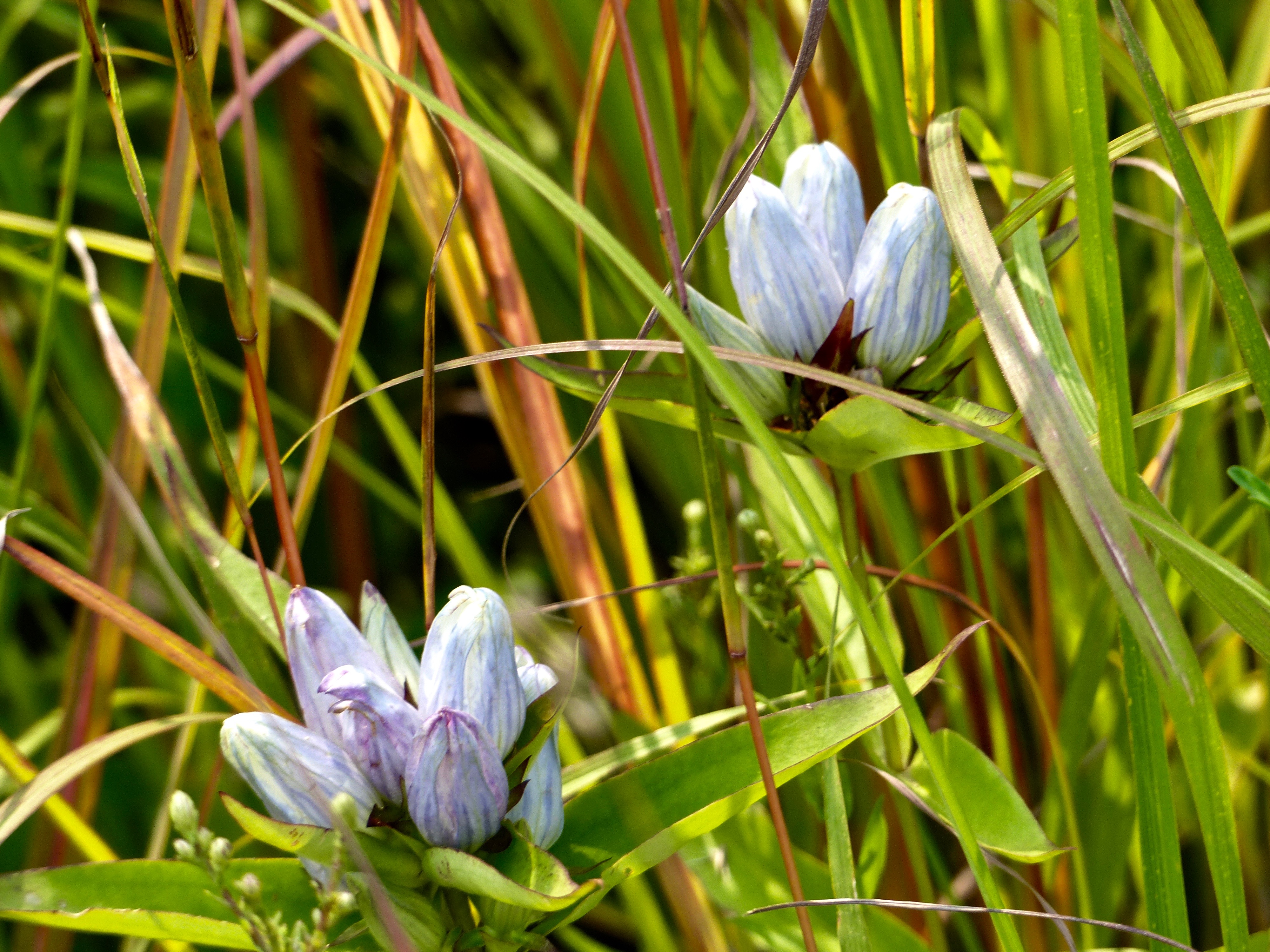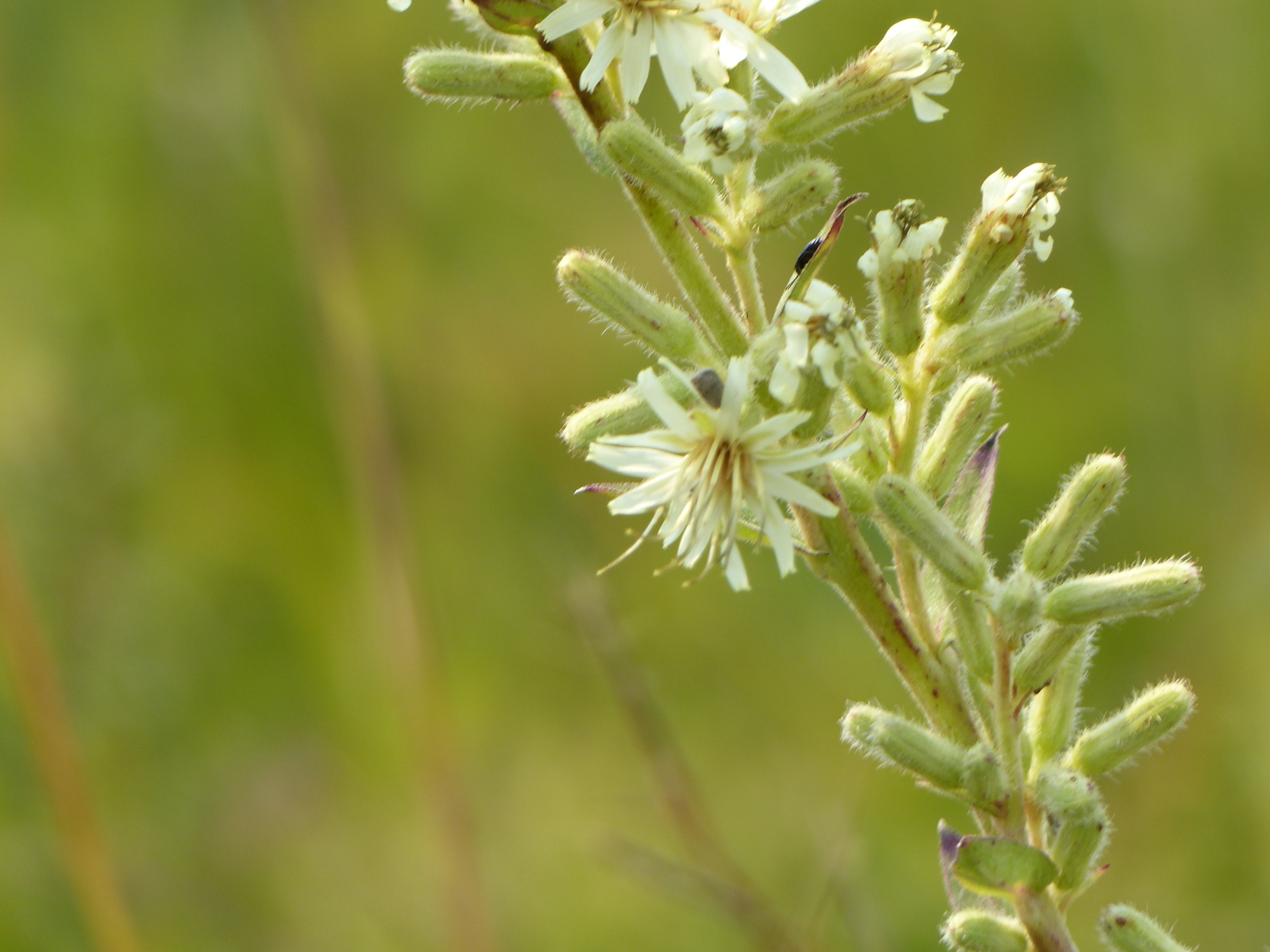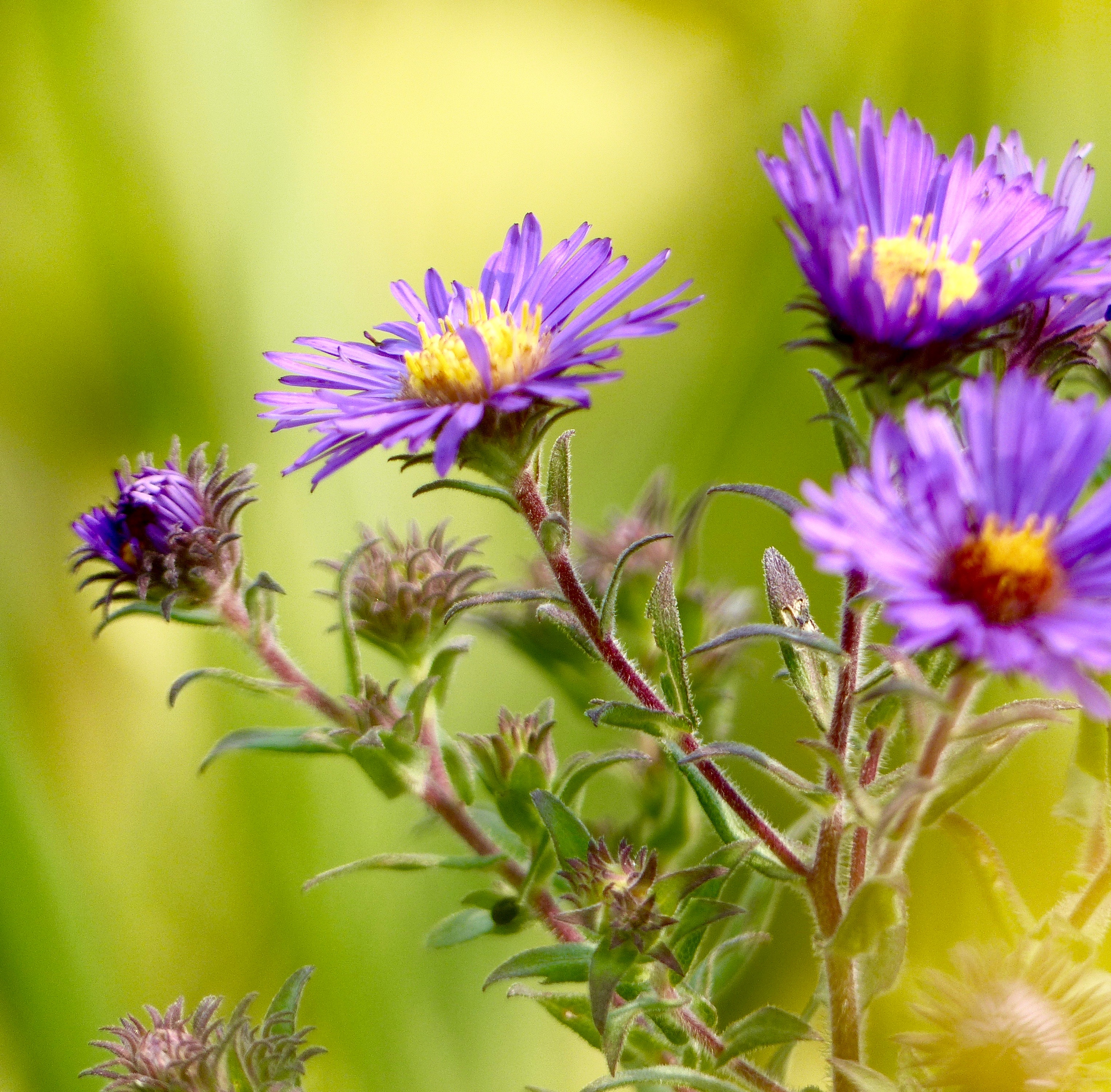“All we have to decide is what to do with the time that is given us.” — J.R.R. Tolkien
******
Spring! It’s here—at last—on the Chicago region’s prairies.
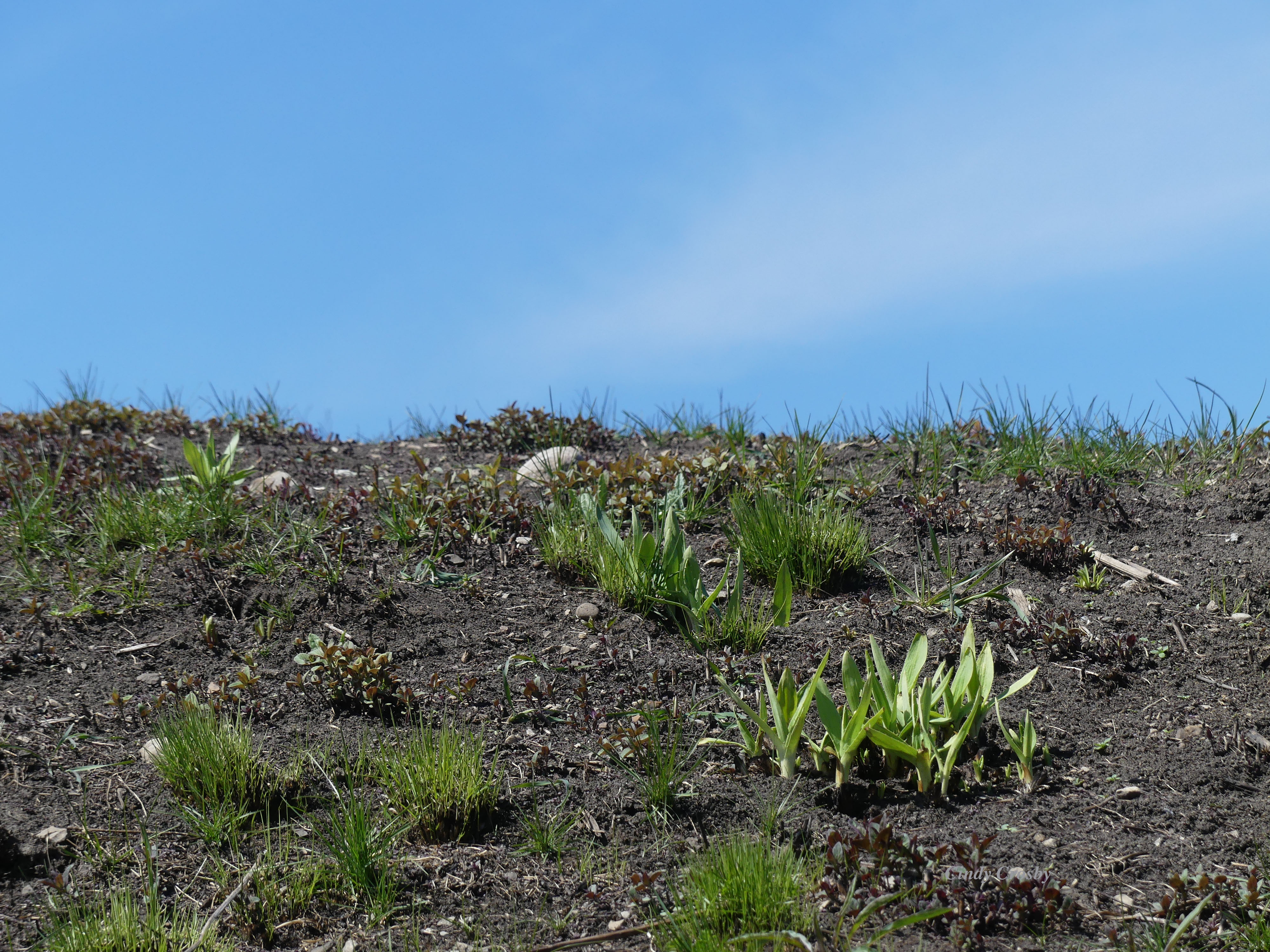
Hiking the prairie in April is like going to a class reunion. So many friends you haven’t seen for a long time. Look! Cream gentians.
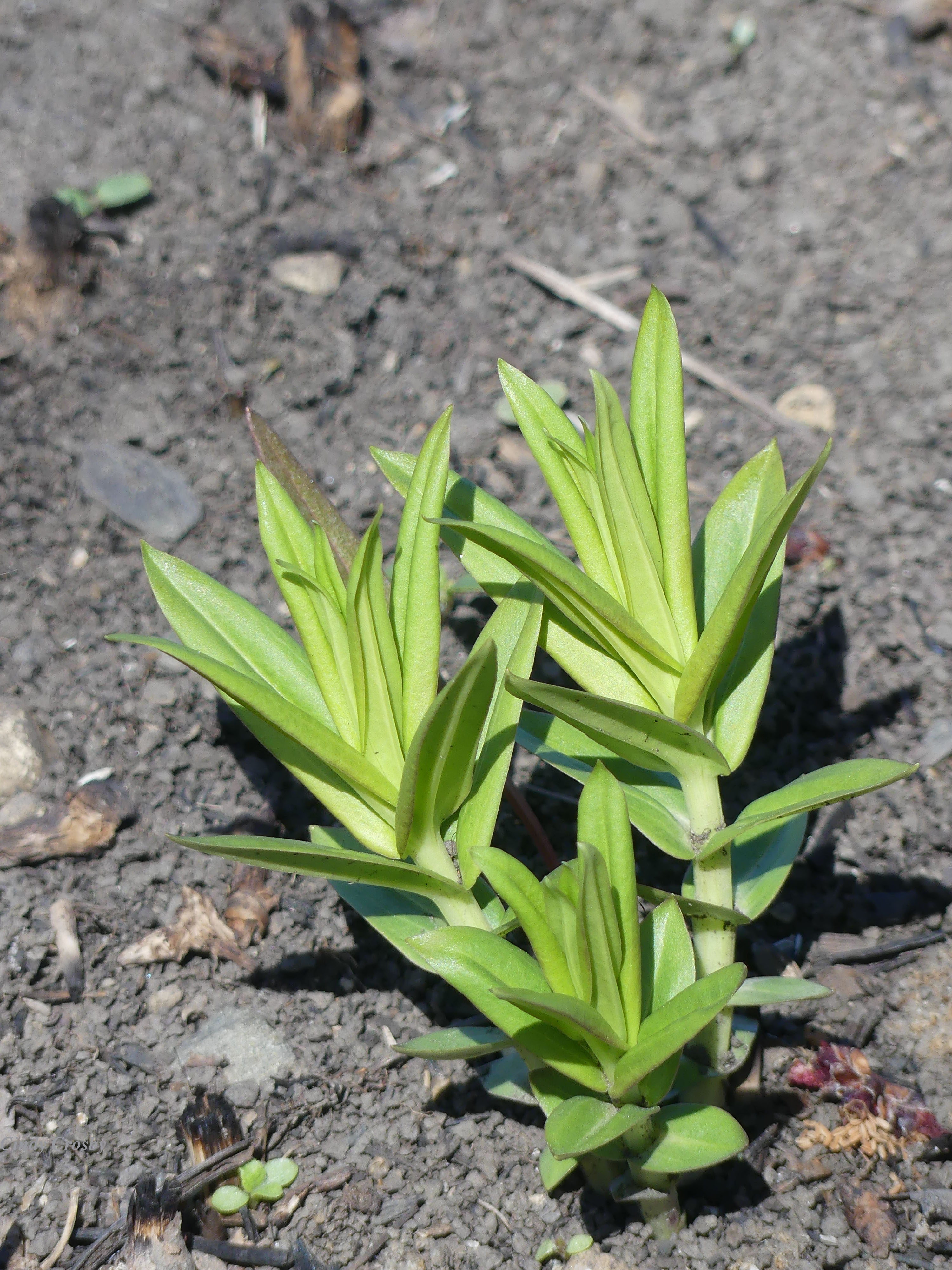
You realize how much you’ve missed each native plant species since you last saw them a year ago in April. Ahhhh. Spring beauties.

And, like any reunion, there are a few old acquaintances you wish hadn’t shown up. Oh no...garlic mustard.
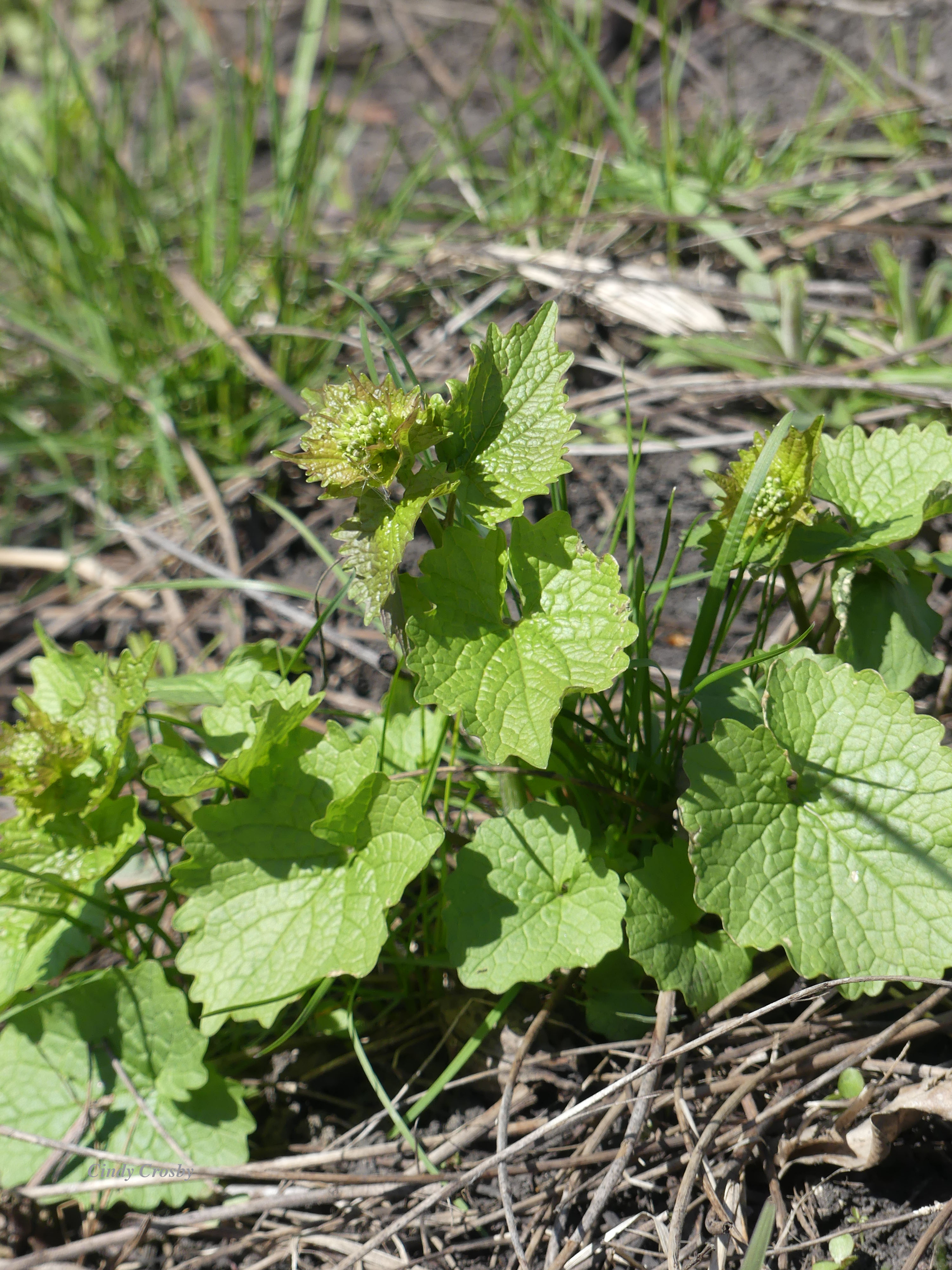
After a wild week of snow and sunshine, Jeff and I left the confines of our house to explore the East Prairie at College of DuPage in Glen Ellyn. With almost 30,000 commuting students, COD is the largest community college in Illinois and a hop, skip, and a jump from our house. Its large, modern buildings and campus are set in the midst of several well-tended planted prairies, which owe a lot to the work of Russell Kirt, a now retired professor there.
The weather has taken an abrupt turn toward warmth and blue skies. It feels so good to be outdoors…and somewhere other than our backyard. Our dilemma was only — should we look up?
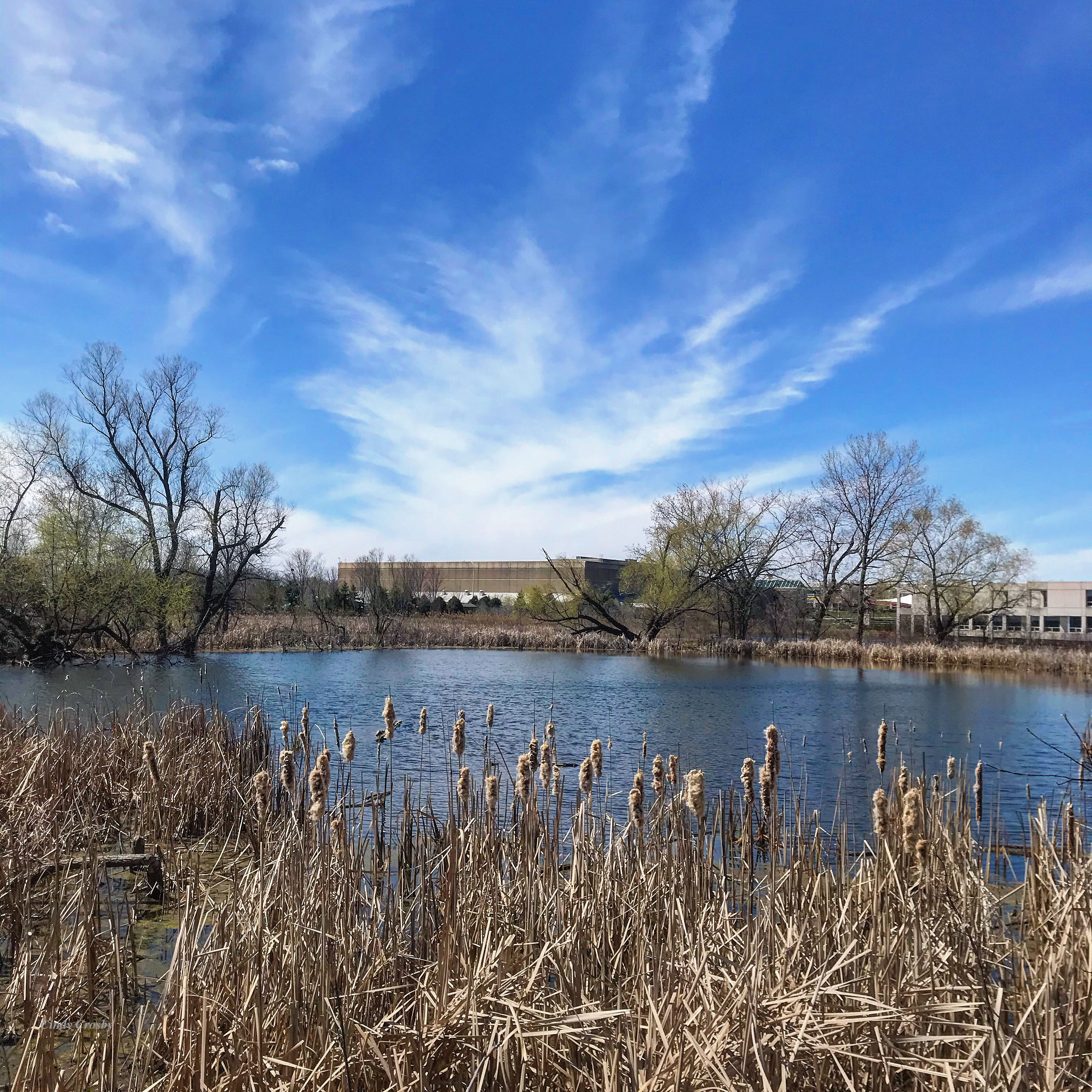
Those skies! Or should we look down…
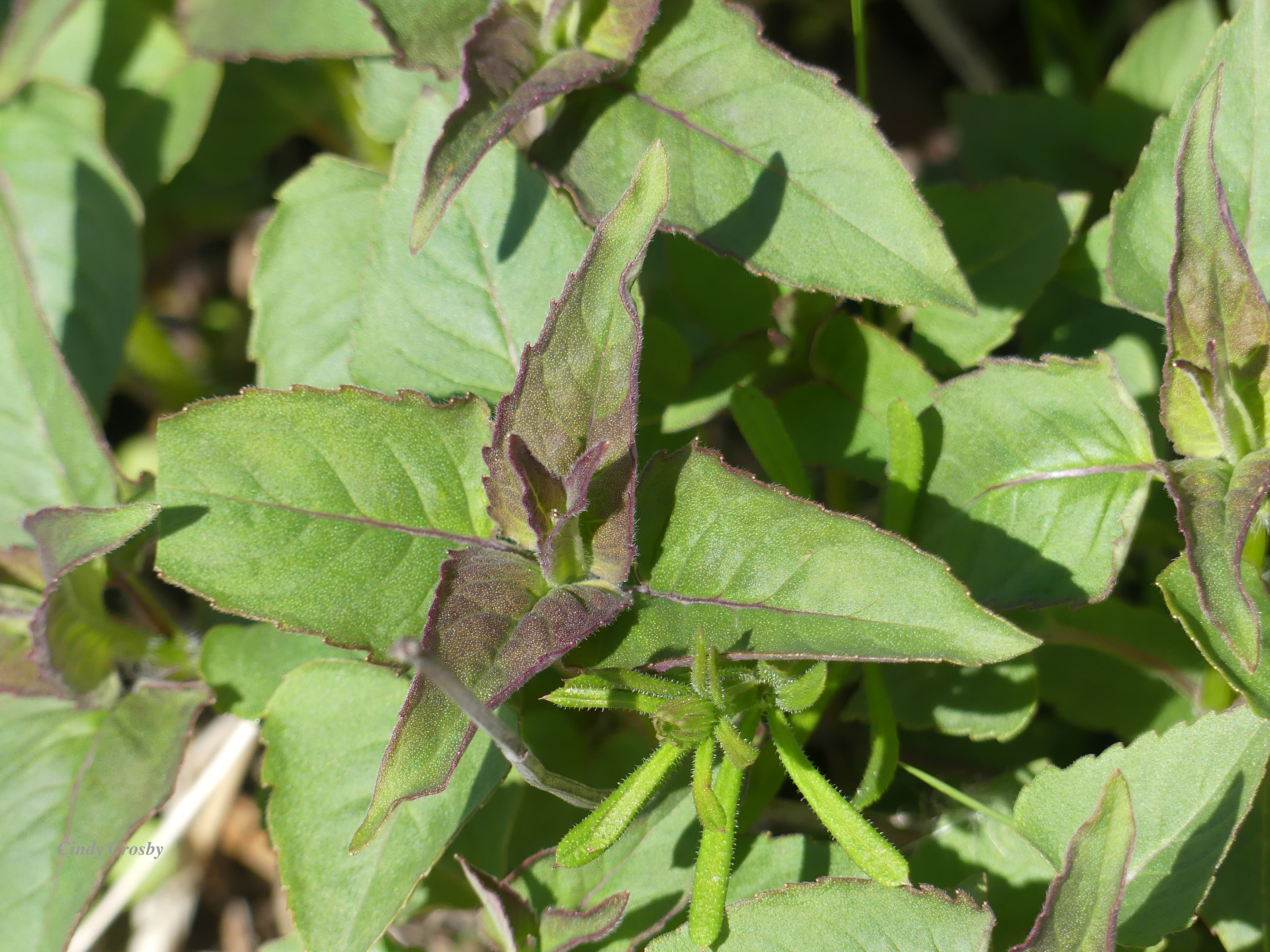
…so much green growth and change. Everywhere, the life of the prairie and its adjacent wetlands offered something to marvel over. Small pollinators hummed around the willows. Try as I might, I’m not able to get a good insect ID.

Relax, I tell myself. Just enjoy the day. And so I do.
*****
Less than a mile from COD’s prairies—in my suburban backyard—the first cabbage white butterfly appeared this week, drawn to the wreath of marsh marigolds in my small pond. After two snows in the past seven days…
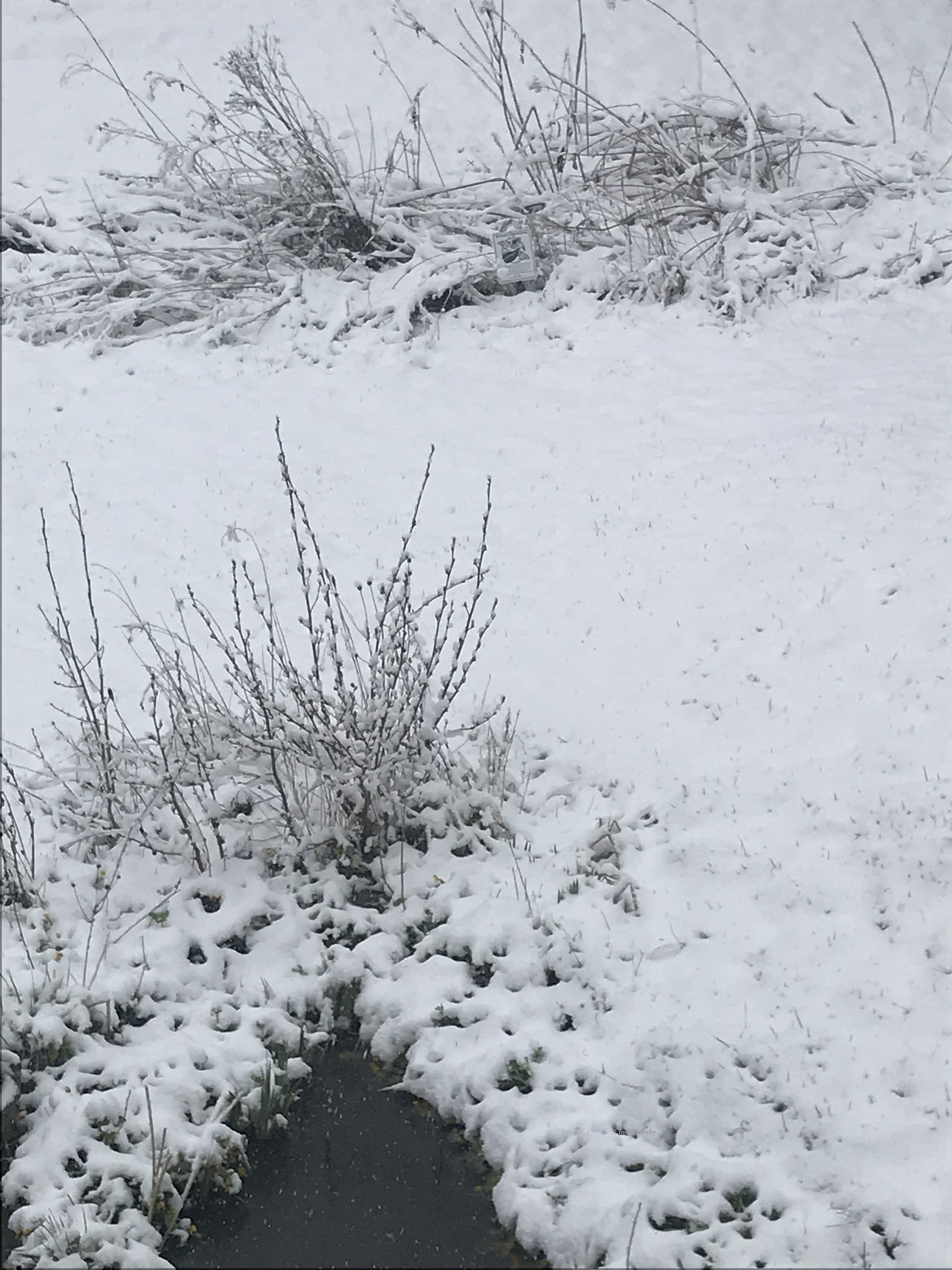
…the marsh marigolds were a little worse for wear, but not defeated. A cardinal soundtrack—Cheer Cheer Cheer Cheer Cheer—made Monday’s sunny afternoon feel even more spring-like.
I sat on the back porch and watched the cabbage white until it was out of sight. Usually, the first butterfly I see on the marsh marigolds is the red admiral. Had it already arrived—-and I missed it? Or was it slower to emerge this season? And—where were the chorus frogs that called from my little pond last year? They didn’t show up in March. My Kankakee mallow is absent from the prairie patch this April. Shouldn’t it be up by now?
So many questions. What other changes will unfold? Will the bullfrogs appear this summer? What about the great spreadwing damselfly that appeared in the pond last summer? I wonder. What will the next months bring?
Every spring has a tinge of uncertainty. This April has more than its share.
*****
Earlier this week, Jeff and I checked to see how April is progressing at St. Stephen Cemetery Prairie, a small two-acre remnant in DuPage County. It was great to see it had been burned at a time when many prescribed fire events have been postponed. Kudos to Milton Township and its volunteers! Bee balm, goldenrod and asters are visible through the chain-link fence opening.
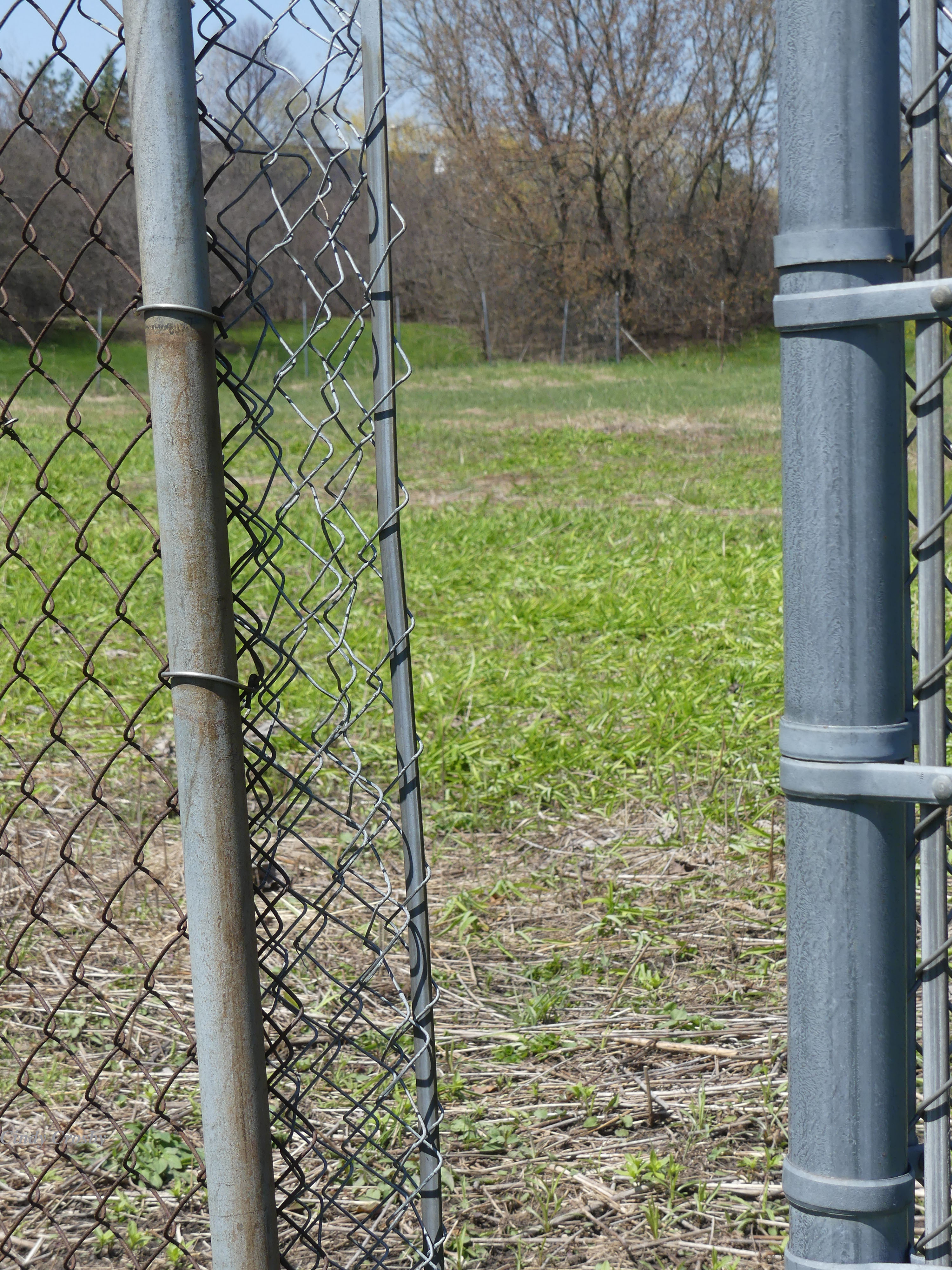
Purple meadow rue shows off its distinctive leaf forms.

I love the history of this place. Once, there was a little community called Gretna close to Carol Stream. A Catholic church, founded in 1852, put two acres of native prairie aside to reserve them as potential cemetery plots for its members, many who had immigrated from Germany. These acres were never plowed. Never grazed.
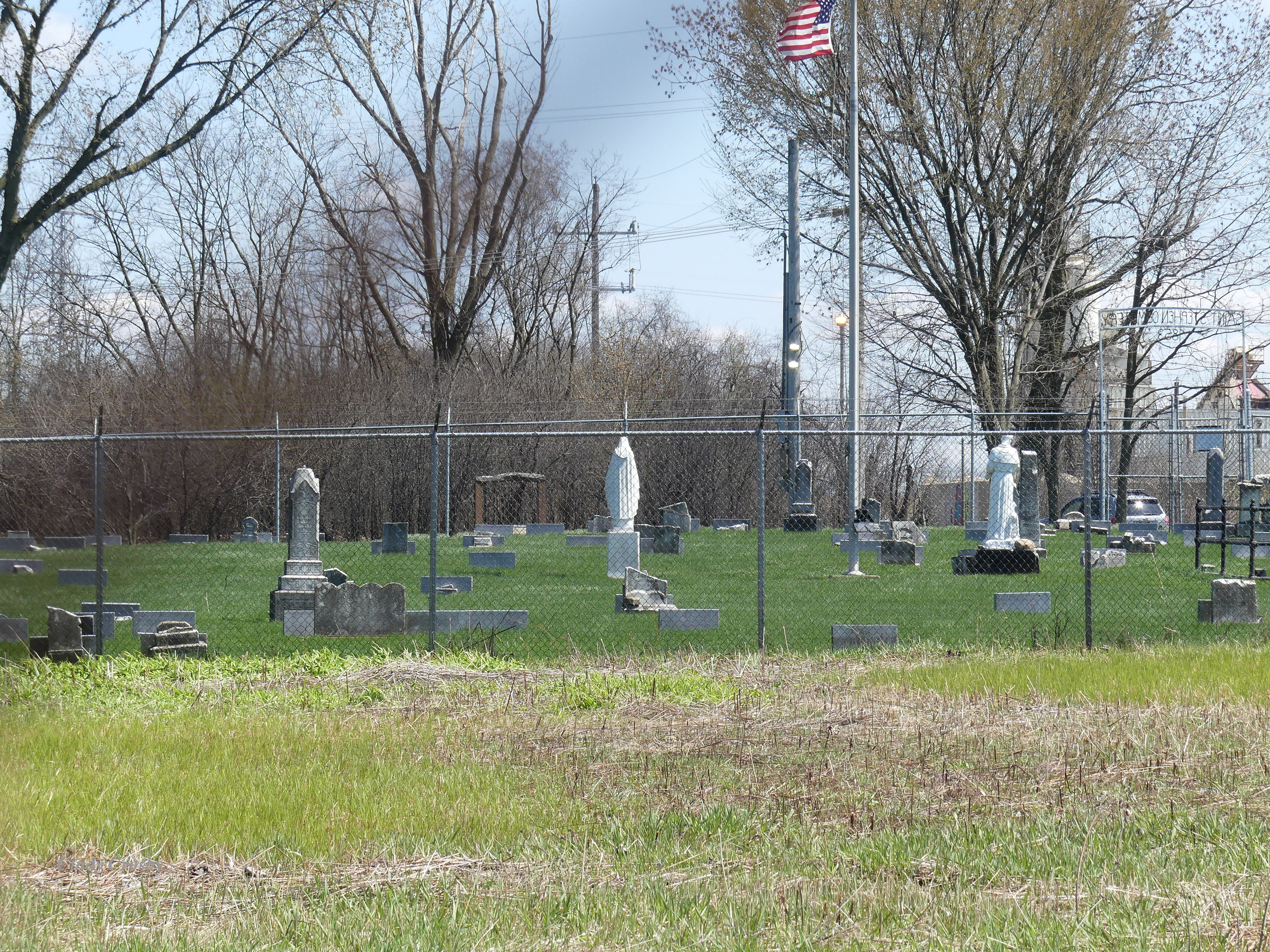
This was the first prairie where I saw wild senna. More than 50 native species are preserved here, including Culver’s root, spiderwort, and prairie dock. Nearby are the gravestones with the names: Miller, Dieter, Stark. The little community of Gretna and its church are gone, but the prairie lives on.
As we hike past the cemetery, we notice a brochure box. Being cautious, as we have to be in these times, we read as much as we can through the plexiglass. A Midwestern cholera epidemic in the 19th Century killed infants and small children. Some are buried here.

When we returned home, I read more about the cholera epidemic and the 1918 influenza epidemic in the Midwest. I found an interesting article by Dr. Walter J. Daly in 2008 in The U.S. National Library of Medicine and National Institutes of Health, which concluded:
There was an important difference in public attitude about the two epidemics, 19th Century cholera in the Midwest and 1918 influenza: in the case of cholera, the people believed the local atmosphere was at fault, consequently flight was attractive. In 1918, they knew the disease was contagious, whatever it was; they knew it was everywhere; flight would not be successful. Nevertheless, some fled. Since mid-19th Century, the people have moved ahead. Public opinion is still influenced by business interests and the editors of news distributors. Certainly, they expect more of medical science than did their ancestors. Yet some reactions are probably imbedded in human behavior: to seek explanations and accept unworldly ones if others do not satisfy, to blame strangers among us, to flee if a safer place might be available, to postpone action, and then to forget rather than to learn from it, once the disaster is past.
Sounds familiar.
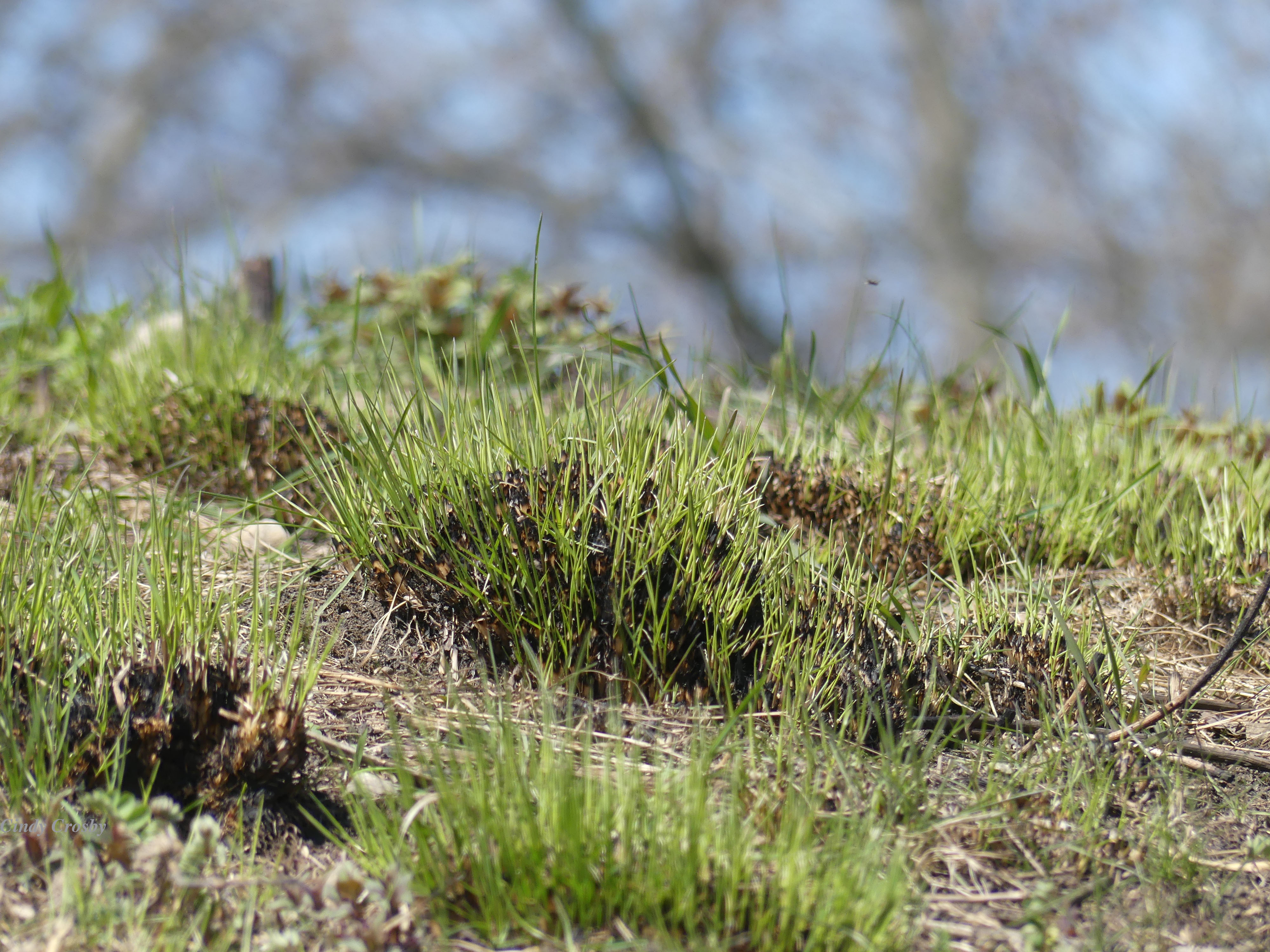
I’m struck by the predictable and the unpredictable as I hike the different prairies this week. Many of the rhythms of the prairie continue, oblivious to the unfolding chaos around them. Spring comes to the prairie as it does any other year: rattlesnake master…
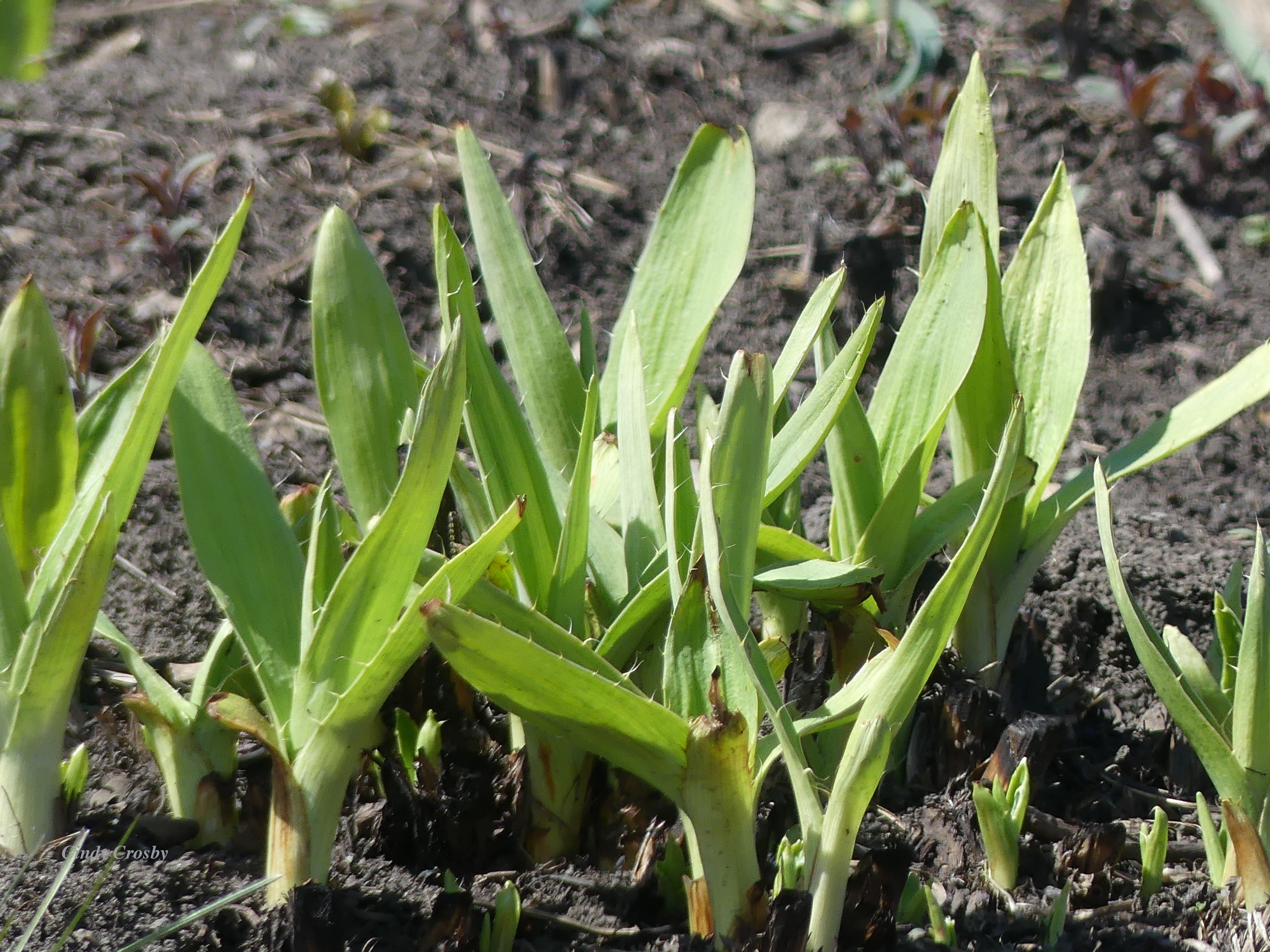
…and gentians and bee balm emerging alongside shooting star.
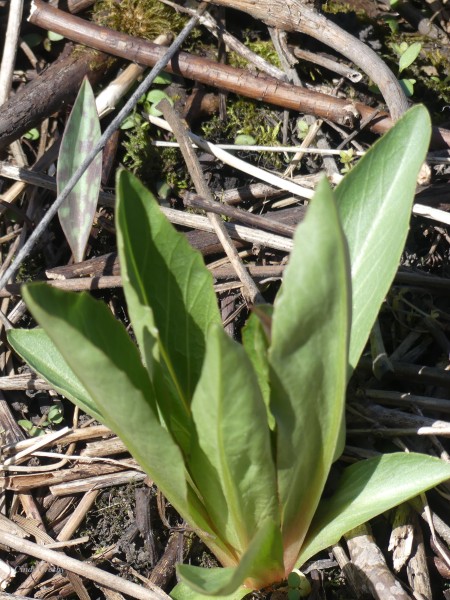
Spring beauties and violets are in bloom. April is underway, as it has been for thousands of years in the tallgrass.
Yes, there are changes. In many places, prescribed fire has been cancelled. Some prairies are seeing an influx of hikers longing to get outside; other prairies are closed to the public for the first time for safety.
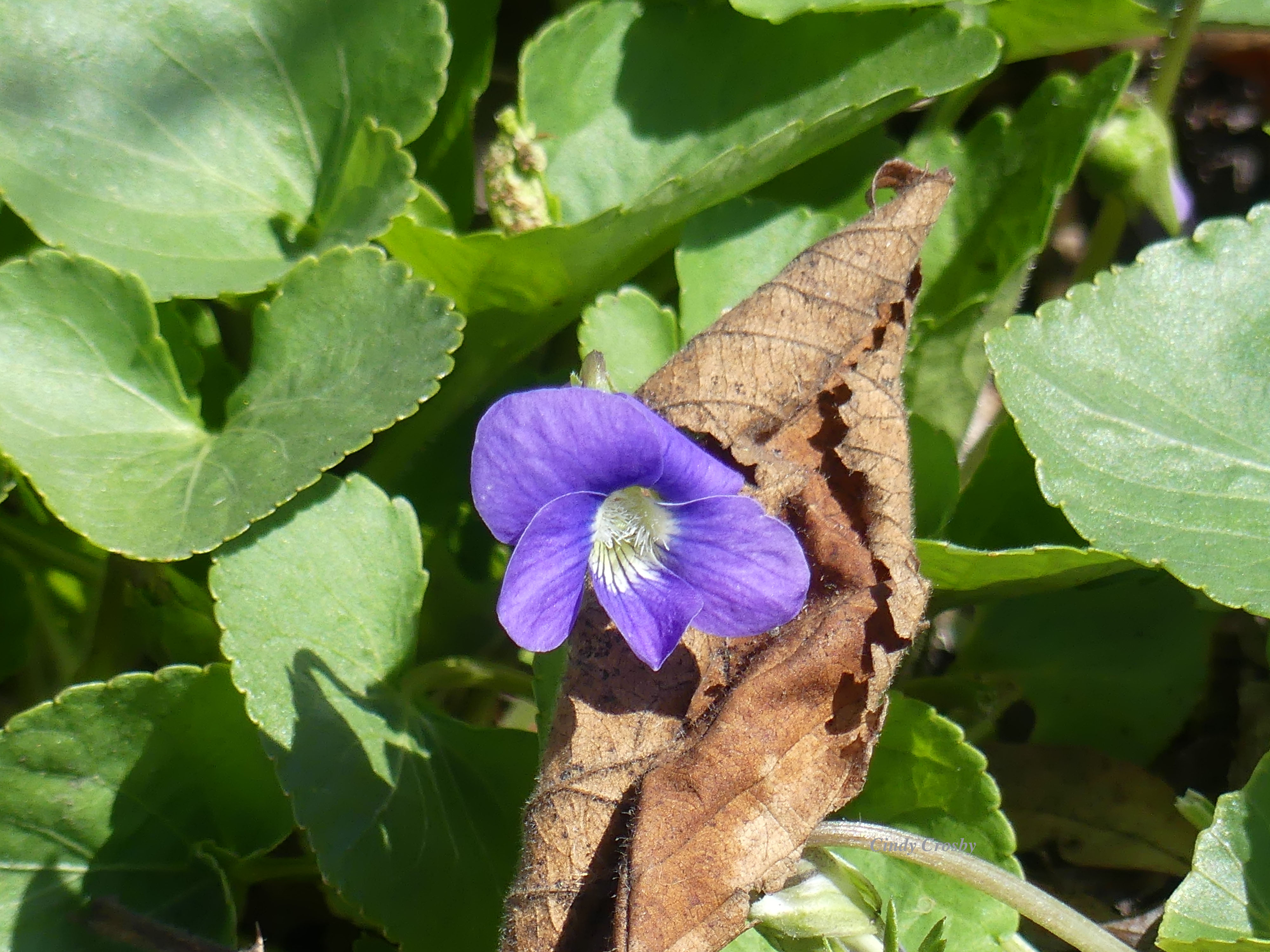
In Illinois, our shelter in place was announced March 20. As I write this on April 20, uncertainty reigns. When will life be “normal” again? Will it ever be the same? If the pandemic comes to an end, what will we have learned —as individuals, as a nation? Or, as Dr. Daly asks after recounting responses to the cholera epidemic and influenza epidemics more than 100 years ago, will we forget what we’re learning once the disaster is past?
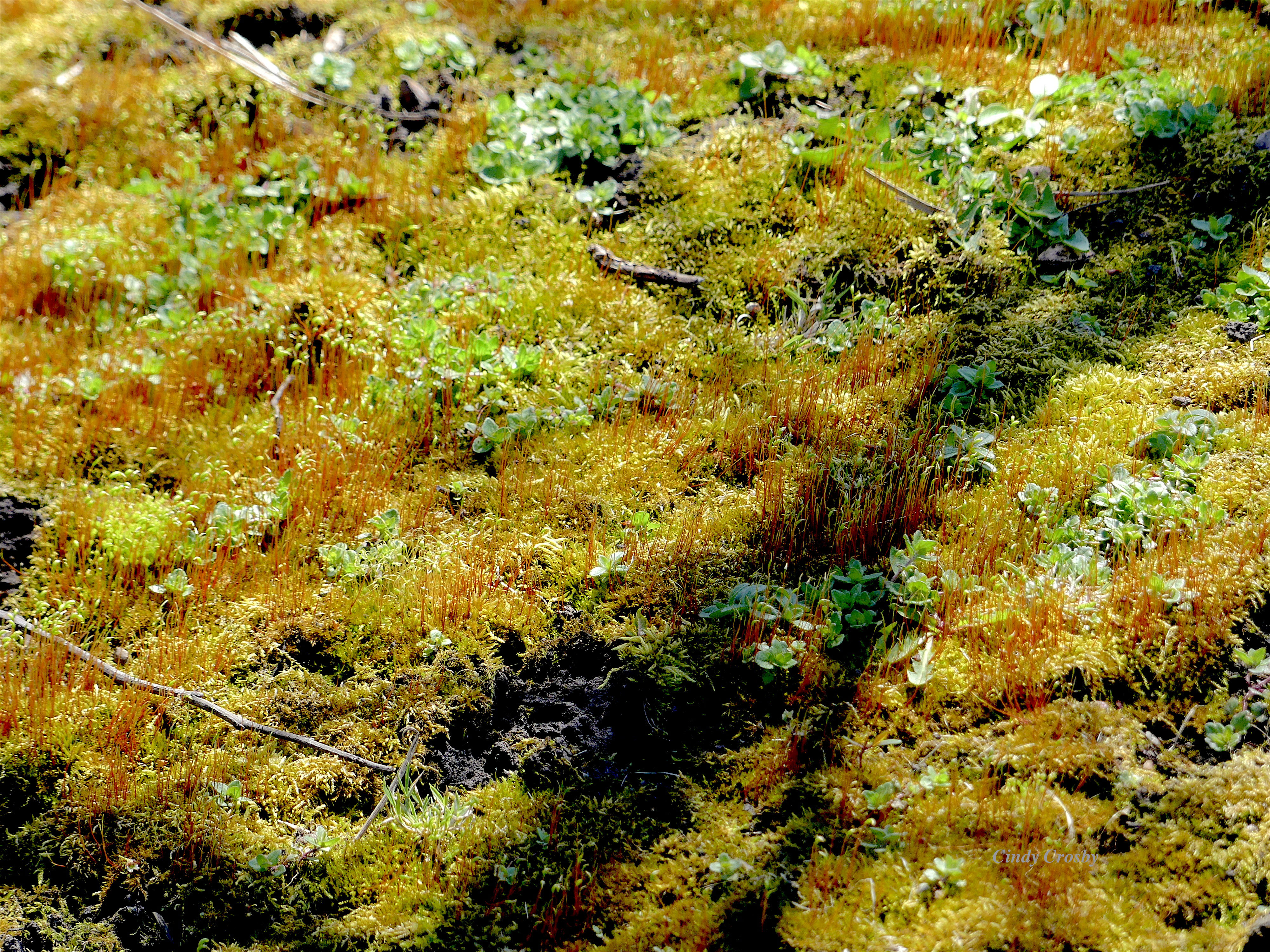
So many media articles these past weeks advise me what to do with my “sheltering in place” time. Organize a closet. Try a new recipe. Get my finances in order. The days pass so quickly, sometimes without much seemingly getting done. Some mornings I count successful if I’m up and dressed. My one priority has been to get outside and walk. Some days, it seems, that this is the main event.
I’ve decided that’s okay. It’s these wildflowers and spring birds; pollinators and cloud-painted skies that keep me searching out quiet prairies to hike, when my usual prairies are closed or unavailable to me. Each time I go for a walk, I’m reminded of the beauty of the world. After each hike, I come home refreshed. I feel more hopeful. I find renewed energy to tackle the deceptively normal demands of home and work.
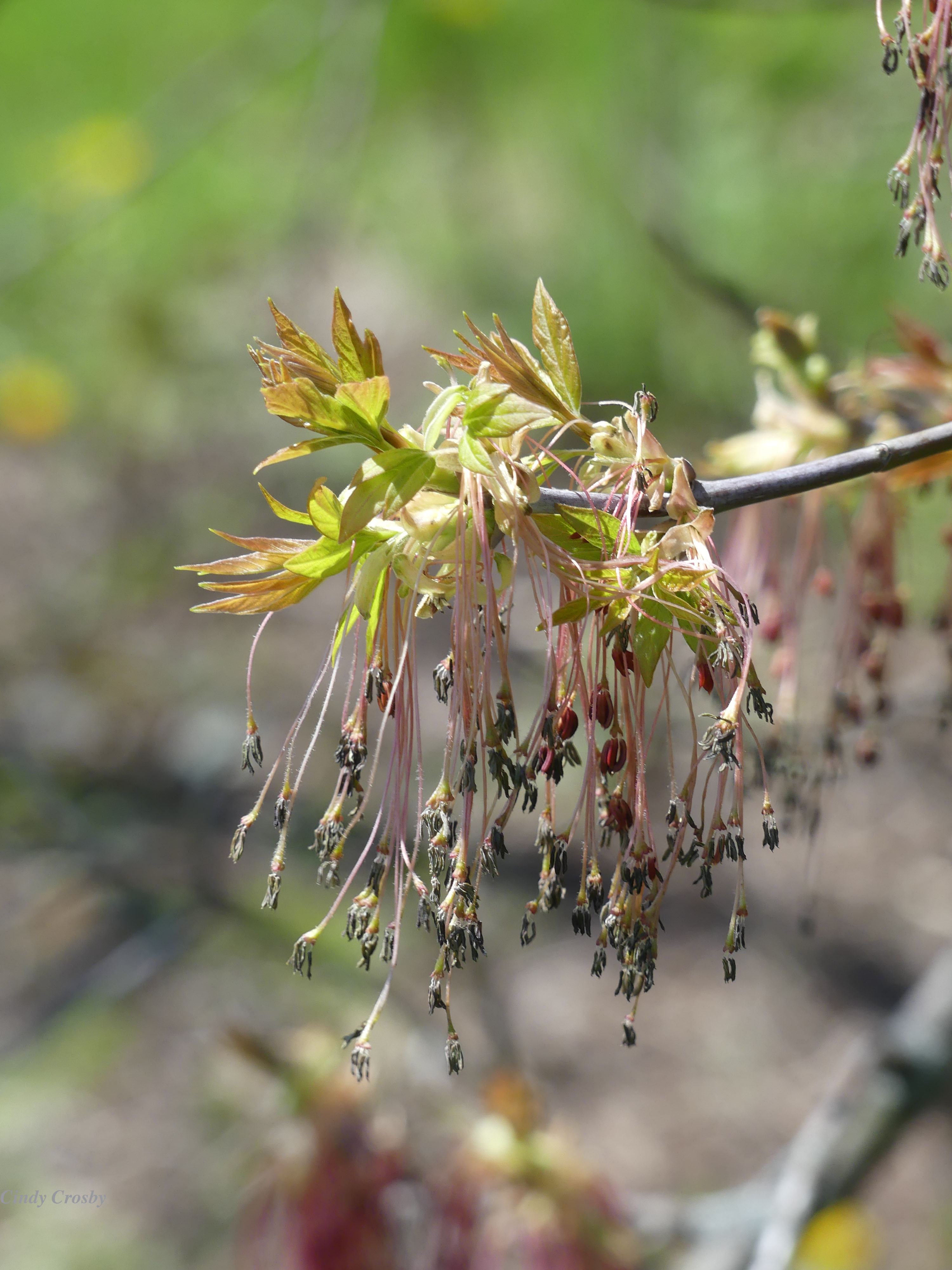
There’s so much we don’t know. Even the “predictable” rhythms of the natural world are subjected to interruptions and change. An expected butterfly fails to show up. My pond is empty of frogs. A reliable plant fails to appear in its appointed place.
When change comes, I have my memories of past springs. The call of the chorus frogs. The contrast of the red admiral against the marsh marigolds. That Kankakee mallow bloom—wow! I remember its pink. And–as I miss the prairies and savannas I frequented that have been temporarily closed to the public, I can remember what’s in bloom there now; the pasque flowers, the bloodroot in the little copse of trees…

…the first tentative flowering of wood betony, and the tiny pearls of bastard toadflax.

I miss those prairies I can no longer access, closed or inaccessible because of the pandemic, but I feel comfort in thinking about them. Because of my relationship to these prairies—mornings spent on hands and knees ID’ing plants, hours spent logging dragonfly data, hiking them in all weathers—their stories are part of my story. My absence now doesn’t change that relationship.
If a time comes when I get older that I’m unable to hike anymore, I will be grateful to have these memories. I’ll be hiking these prairies then in my memories and dreams.

Today, I’m grateful for the memories I have tucked away of my favorite places. Even as I find new places to hike, I follow the progress of those prairies I’m missing and know so well in my mind and my heart.
Not even a pandemic can change that.
****
The opening quote is from Oxford English language scholar J.R.R. Tolkien (1892-1973), best known for The Hobbit and The Lord of the Rings series. He was also known for speaking out on environmental issues in the 1960s. His imaginary “Middle-earth” brought hours of read-aloud delight to our family.
All photos and video clip copyright Cindy Crosby (top to bottom): College of DuPage Natural Areas, Glen Ellyn, IL; invasive garlic mustard (Alliaria petiolata), Glen Ellyn, IL; cream gentian (Gentiana alba), College of DuPage Natural Areas, Glen Ellyn, IL; spring beauty (Claytonia virginica), College of DuPage Natural Areas, Glen Ellyn, IL; bee balm (Monarda fistulosa) with some unknown bedstraw (Galium spp.), College of DuPage Natural Areas, Glen Ellyn, IL; unknown willow (Salix sp.) and pollinators, College of DuPage Natural Areas, Glen Ellyn, IL; marsh marigolds (Caltha palustris) under snow, author’s backyard, Glen Ellyn, IL; video clip of marsh marigolds (Caltha palustris), author’s backyard pond, Glen Ellyn, IL; St. Stephen Cemetery and Prairie, DuPage County, IL; probably purple meadow rue (Thalictrum dasycarpum), St. Stephen Cemetery and Prairie, DuPage County, IL; St. Stephen Cemetery and Prairie, DuPage County, IL; brochure box, St. Stephen Cemetery and Prairie, DuPage County, IL; prairie dropseed (Sporobolis heterolepis), College of DuPage Natural Areas, Glen Ellyn, IL; rattlesnake master (Eryngium yuccifolium), College of DuPage Natural Areas, Glen Ellyn, IL; shooting star (Dodecatheon meadia), College of DuPage Natural Areas, Glen Ellyn, IL; common blue violet (Viola sororia sororia), College of DuPage Natural Areas, Glen Ellyn, IL; various mosses and their associates, St. Stephen Cemetery and Prairie, DuPage County, IL; box elder (Acer negundo), St. Stephen Cemetery and Prairie, DuPage County, IL; bloodroot (Sanguinaria canadensis) and bee fly (Bombylius sp.), Schulenberg Prairie Savanna, The Morton Arboretum, Lisle, IL (taken in 2019); bastard toadflax (Comandra umbellata), Schulenberg Prairie, The Morton Arboretum, Lisle, IL (taken in 2019); red-winged blackbird (Agelaius phoeniceus), College of DuPage Natural Areas, Glen Ellyn, IL.
*****
TONIGHT: “THE NATURE OF CONSERVATION” panel discussion with Peggy Notebaert Museum. FREE!
Join me from wherever you are sheltering in place for “The Nature of Conservation,” April 21, 6:30-8:30 p.m. CST.–No cost, but you must register to receive the link and additional instructions: Register Here
The next “Tallgrass Prairie Ecology” class online begins in early May through The Morton Arboretum. See more information and registration here.
Several of Cindy’s classes have moved online! For updates on classes and events, please go to http://www.cindycrosby.com.
Want more prairie while you are sheltering in place? Follow Cindy on Facebook, Twitter (@phrelanzer) and Instagram (@phrelanzer). Or enjoy some virtual trips to the prairie through reading Tallgrass Conversations: In Search of the Prairie Spirit and The Tallgrass Prairie: An Introduction.
